Smalltown Beat’s stripped back and pristine experience
Festival culture is intrinsic to the human experience. It seems that beyond the more mundane requirements for survival; people share a common, instinctual pull towards gathering, connecting and dancing – bathed in auditory waveforms, in the pursuit of freedom. In the last three decades, South Africa has developed a richly embedded and diverse festival culture; from the smallest, unknown parties to the biggest meetings of genres and sonic disciplines, held across the country’s surreal array of landscapes. While the genesis of crafted and curated festival, Smalltown Beat, by co-founders Brendan Rodgers, Luke Hunter and James de Beer, is an offering towards South Africa’s festival lineage; it is also decidedly something new; stripped back and pristinely intended, as a festival focused on how soundscape and landscape can intertwine, uninterrupted.
Smalltown Beat was founded in 2018 with the view to interrupt the seemingly selected, exclusive nature of the electronic music scene; the way in which certain artists break in, while others remain outliers until their moment (hopefully) comes. For the Smalltown Beat founders, there was simply to much profundity and complexity arising out of South Africa’s music scene for this seeming imbalance to go unchecked – as Brendan explains, “James and I met at university – despite being in the same class, we actually only met and became friends on the dancefloor at a club – we went onto run events together, later joined by our other co-founder, Luke. We managed Kinky Disco together and when that came to an end, we saw a need in the electronic music scene and festival space in Cape Town, specifically for a platform for younger, less known artists who weren’t able to break into the circles of the bigger festivals and line-ups. Smalltown Beat was created to fill this niche. Our first edition hosted 15 collectives, across three dancefloors and there was a feeling that this was definitely something special.”
Sandrien Spotlight No Text

Smalltown Beat, 2022.
This is why, perhaps, since its founding; Smalltown has emerged to hold a cult-like following – your favourite producer’s favourite festival, as it were. Brendan mentions the cessation experienced (by most) due to the ‘lost years’ of the COVID19 pandemic, saying that “in our second year, we grew quite a bit and doubled our attendance, which allowed us to upgrade the festival and refine production. Then the pandemic hit and we couldn’t do anything for close to three years.”
When Smalltown Beat returned in November 2022, their vision had been transformed; perhaps this was from the restraint of the pandemic, in which the concept of ‘less is more’ became a guiding principle for the founders. The shift for Smalltown Beat is that it is now presented in a minimalistic aesthetic. In the kaleidoscopic terrain of festival culture; this pared back, bare-bones approach is a defining feature of Smalltown’s offering and commitment to simplicity, executed exceptionally. As Brendan reflects, “a lot had changed when we returned. Our entire view on festivals and how they should operate somehow changed – so Smalltown’s entire aesthetic started to shift, as a result. After the pandemic, we lost our venue and that was a very difficult hurdle to overcome. I ended up reaching out to our friends, the organisers of Search, to ask if we could use their venue as an interim stop, as we look for our own home. They were very kind in letting us do this.”
In anticipation for their next edition – over three days commencing on 9 February – Smalltown Beat will be consecrating their new, permanent home. The mystical landscape of the Overberg (a favourite region of South Africa’s festival scene) sees Brendan, James and Luke inaugurating Smalltown’s future at Vadersberg Farm. Finding Vadersberg Farm has unlocked a new, temporal outlook for the festival – as Brendan says, “it’s this beautiful spot between Caledon and Napier, sitting just on a hilltop between a pine forest, with amazing green pastures. The owners have been incredible; it’s so rare to find venue owners who are willing and open to work with you on a long-term plan, especially around making permanent alterations to the land that ultimately benefit both of us. We have more than enough space to grow.”
Ogazon

Off The Meds
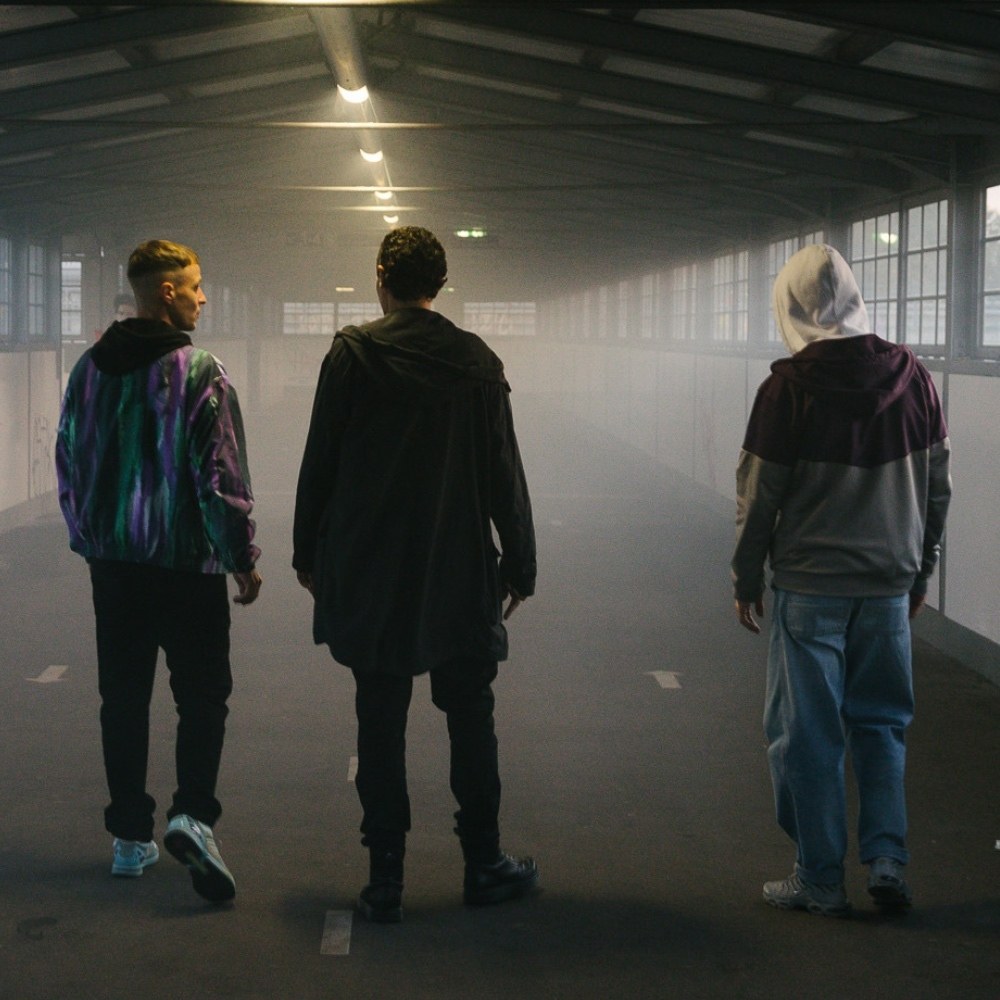
ItaloJohnson
While there are many, many factors involved with creating a festival; Smalltown Beat’s essence hinges on their sonic offering. Despite being a young festival, their roster and relationships with international and local artists alike have provided them with incredible repute. Notably, Brendan explains that “we have an amazing bill of artists this year. We have Ogazón – who I can’t call a rising star anymore, after the year she had in 2023. Ogazòn made numerous appearances at many of Europe’s top venues and festivals in 2023 along with regular appearances at venues such as Berghain, which is a testament to her skill and a clear indication of consistency. As good a DJ as she is, she’s an even better person. Ogazón actually played at Smalltown Beat in 2022 and we are really excited to welcome her back in 2024.” Then, the Saturday evening will prove to be a full-circle moment for Smalltown, as Brendan notes that “we have ItaloJohnson playing, who are a legendary act in underground circles across the world. They were completely anonymous for about ten years, no one knew who they were – in every single interview, they never gave their names – all the pictures were the back of their heads. ItaloJohnson actually influenced a lot of my view on electronic music culture, because for them it really is about the music. So, to book them after listening to them after eight years is a dream come true. I think when they start playing on Saturday, I’m going to start crying.”
The Smalltown sonic manifesto is simple, “we’ve put a lot of emphasis on the curation of the music. We really try to make it as cohesive as possible, but with a good sense of dynamism and a wide variety. The attention to detail and quality of production is our primary focus – so that our array of artists can perform to the best of their ability.” Smalltown Beat 2024 will spread across two dancefloors. On the first floor, Brendan describes the space as ‘the lighter side of things’ – with live acts such as iconic jazz collective Kujenga, Swedish and South African experimental, electronic DJ/rap group Off The Meds, as well as DJs and producers offering house, disco and so on. As is Smalltown Beat tradition, the Saturday night will be held by Cape Town collectives, Slow Down and Atom, in a seance-style long-form set, playing from 2am to around 9am , as Brendan says, “they get the entire dancefloor under their spell, its trance inducing – Slow Down and Atom are an integral part of Smalltown.” On the ‘darker’ side, the second floor is set in the pine forest; a forest-floor encompassed by electro, techno, house and other genres – sometimes blended together within each set, focused on club-style and higher-energy sounds during the Saturday evening.
Smalltown Beat 2024, Line Up
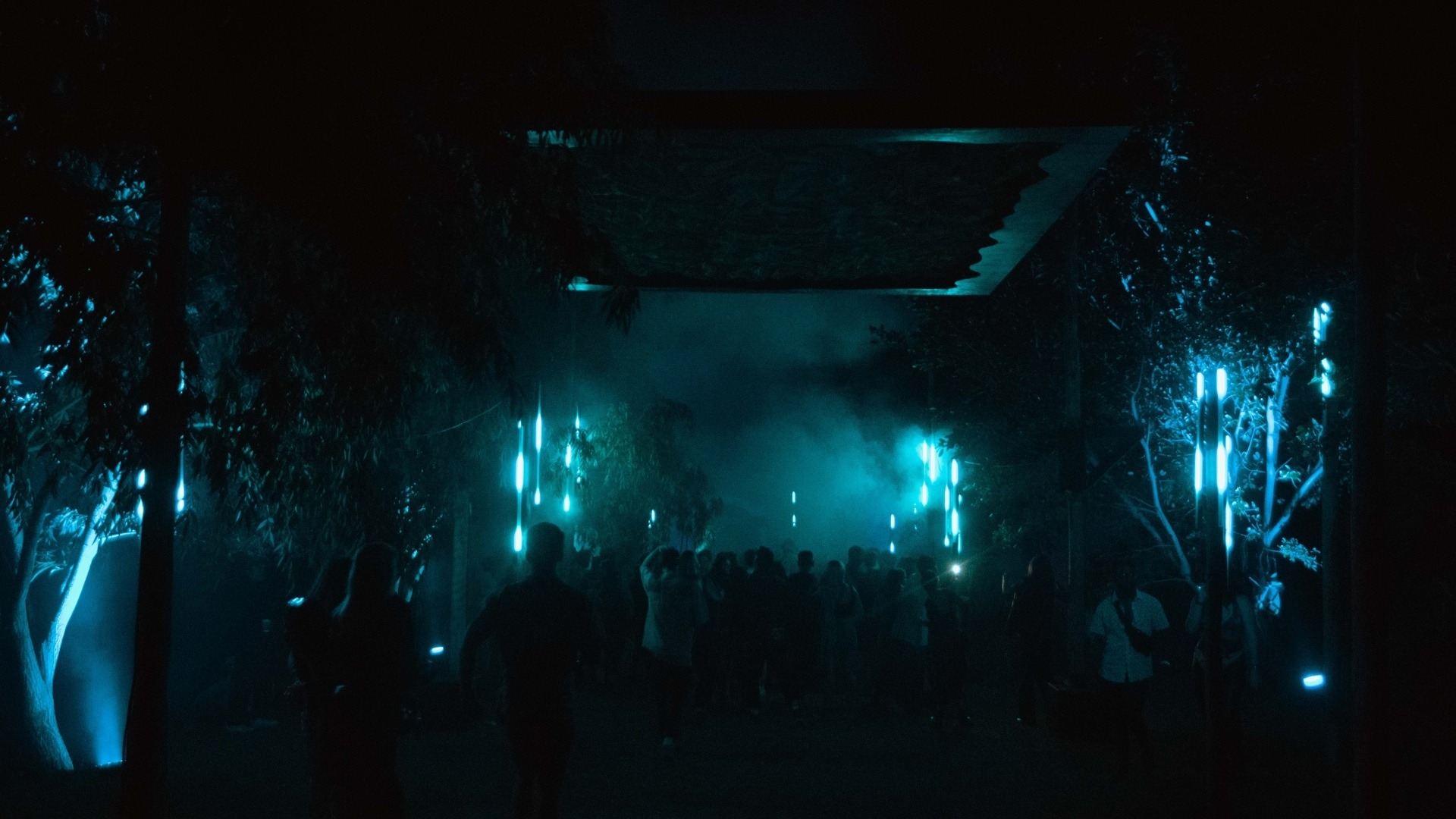
Sandrien Spotlight No Text
Limited to 2000 to 2500 people, Brendon notes that “we’re very aware that festivals are a financial luxury. Not a lot of people who enjoy electronic music have the opportunity to attend, so we have created subsidised tickets.” For food and drinks; Smalltown has invited an array of incredible vendors; some familiar to the festival, and others new. In collaboration with One Park’s newest venture, low-intervention wine bar Jazz Pony, the festival will be offering a selection of natural wines as a smooth accompaniment to the weekend; a new offering beyond our beloved papsak culture. This drive towards refinement leaves Smalltown Beat as forging a path for a local offering that has legs to become a continued cult-favourite; perhaps whispered in passing between vanguards of music across the planet – “have you heard of this forest festival that erupts down in South Africa, every year?”.
Limited but not exclusive; intimate and purposeful, with no less force of bounce than the biggest dancefloors across the world. Magic.
Tickets are limited, purchase HERE
Smalltown Beat 4th Edition
9 – 12 February, 2024
Vadersberg Farm, Napier, Western Cape




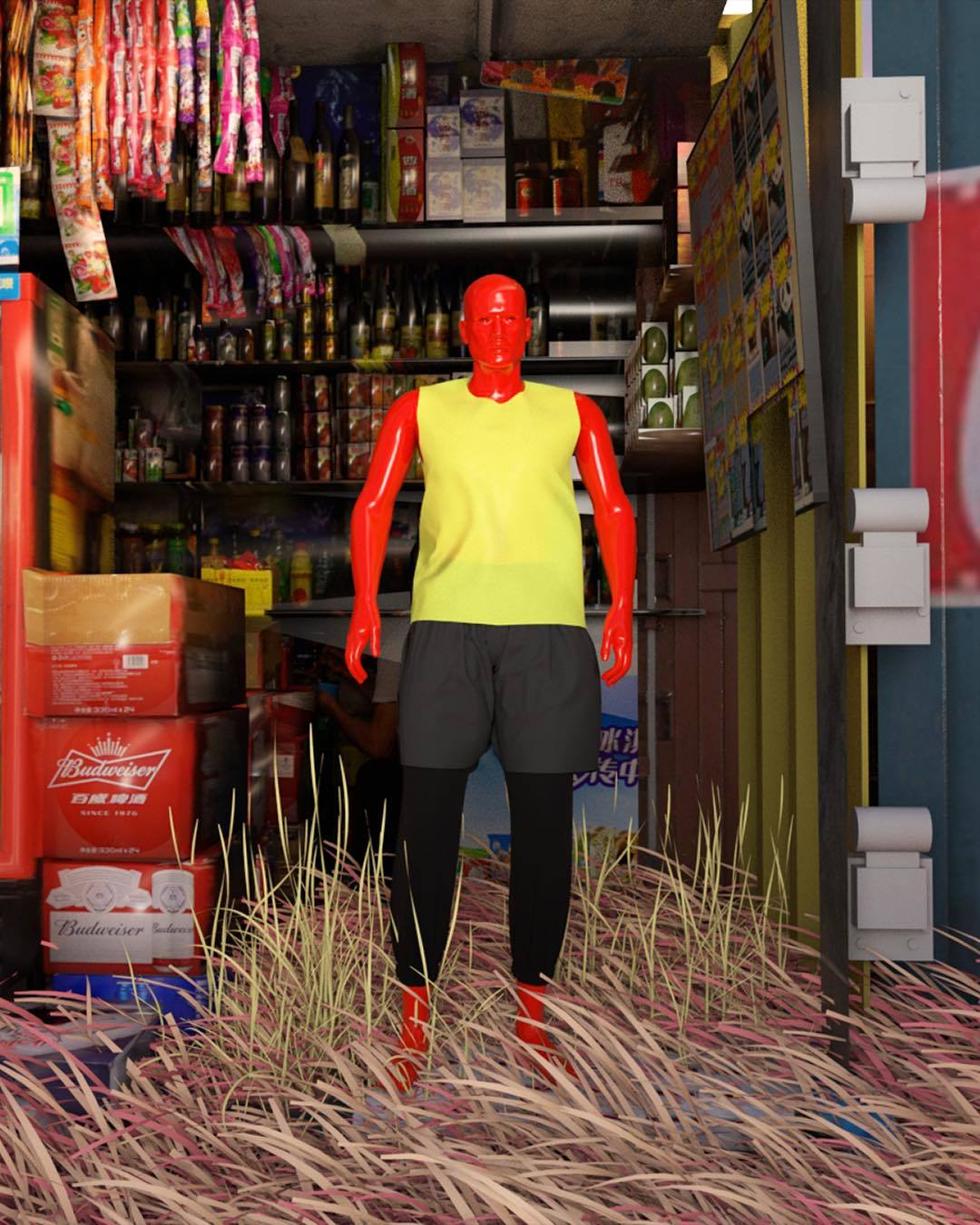
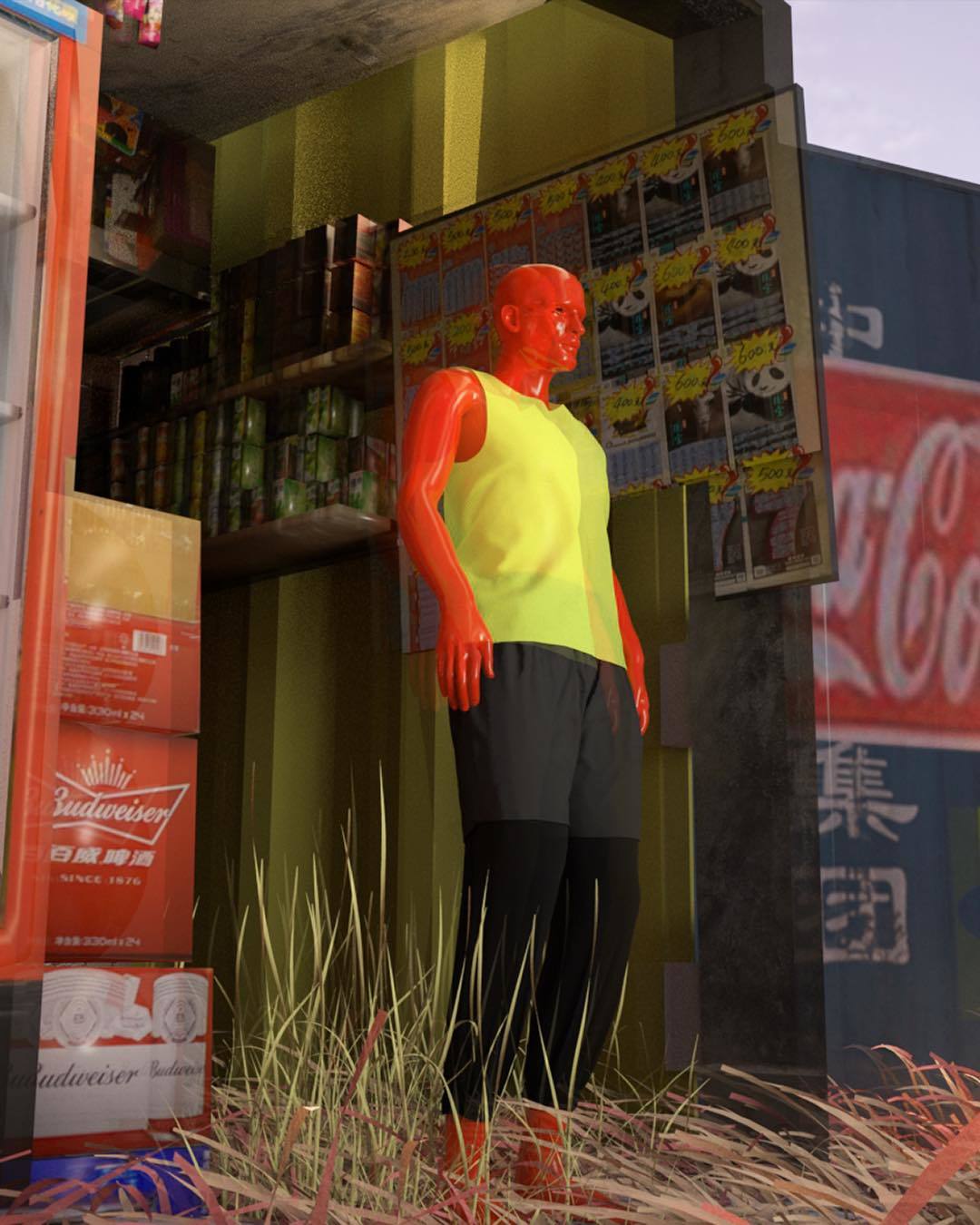





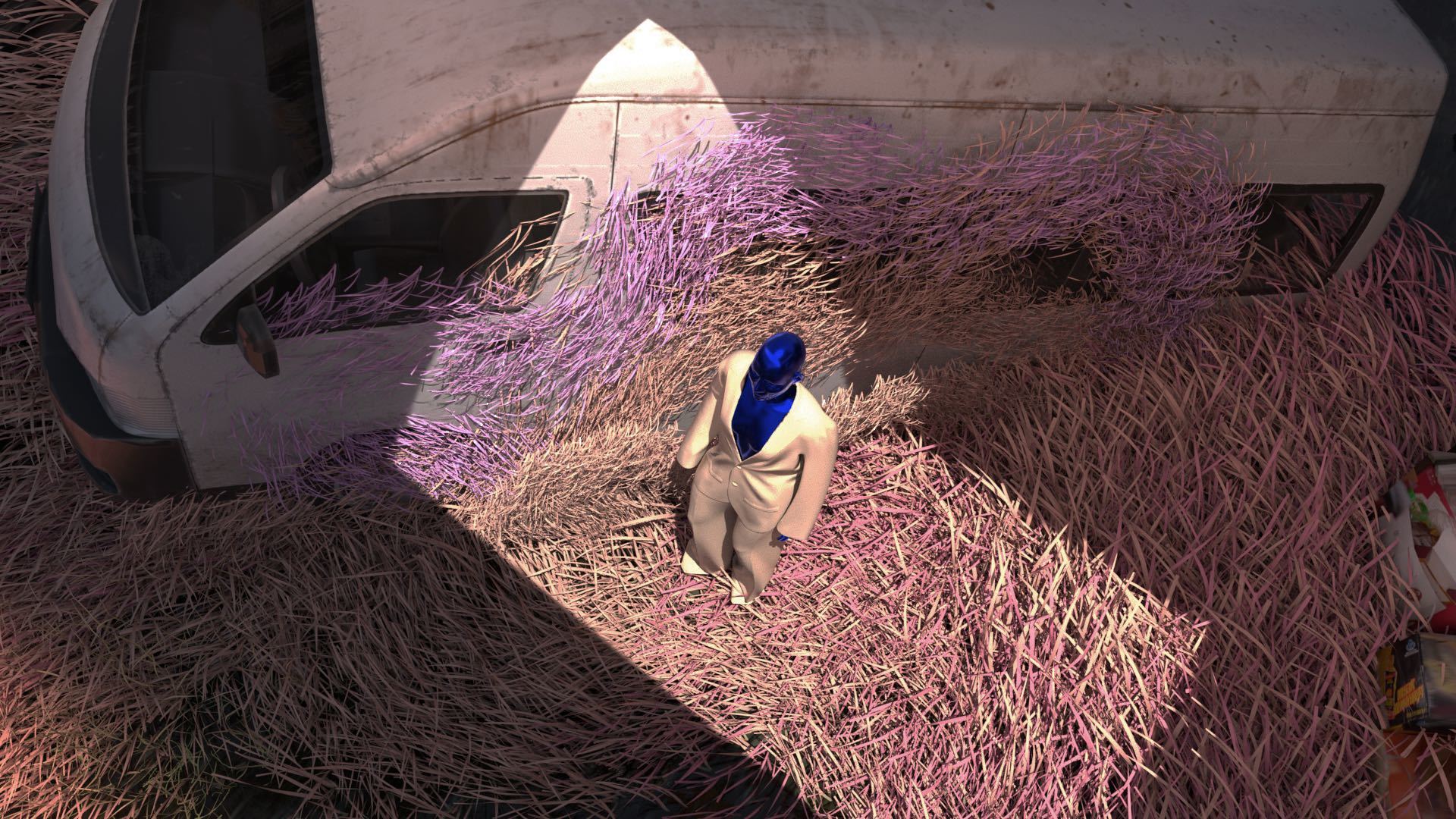




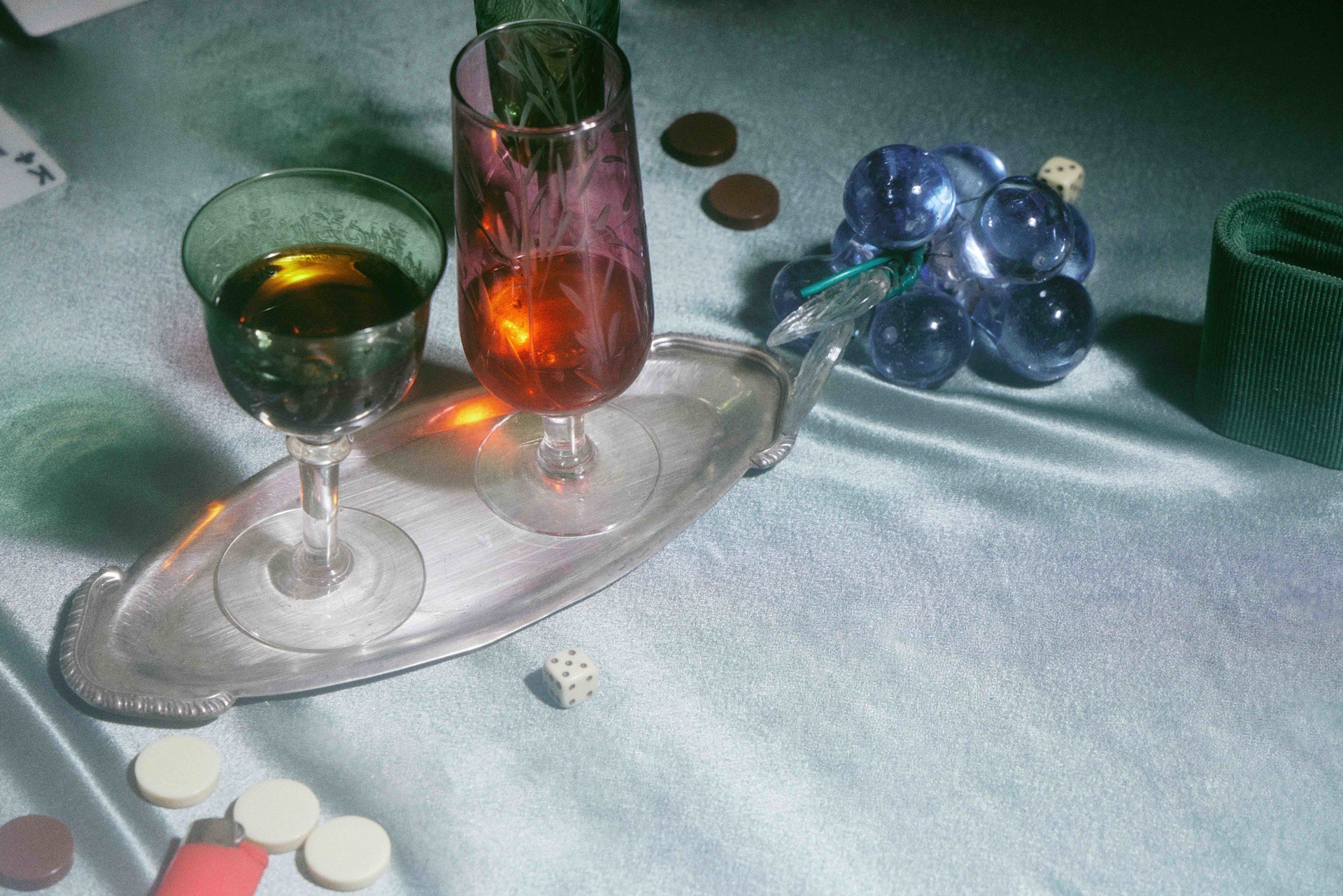
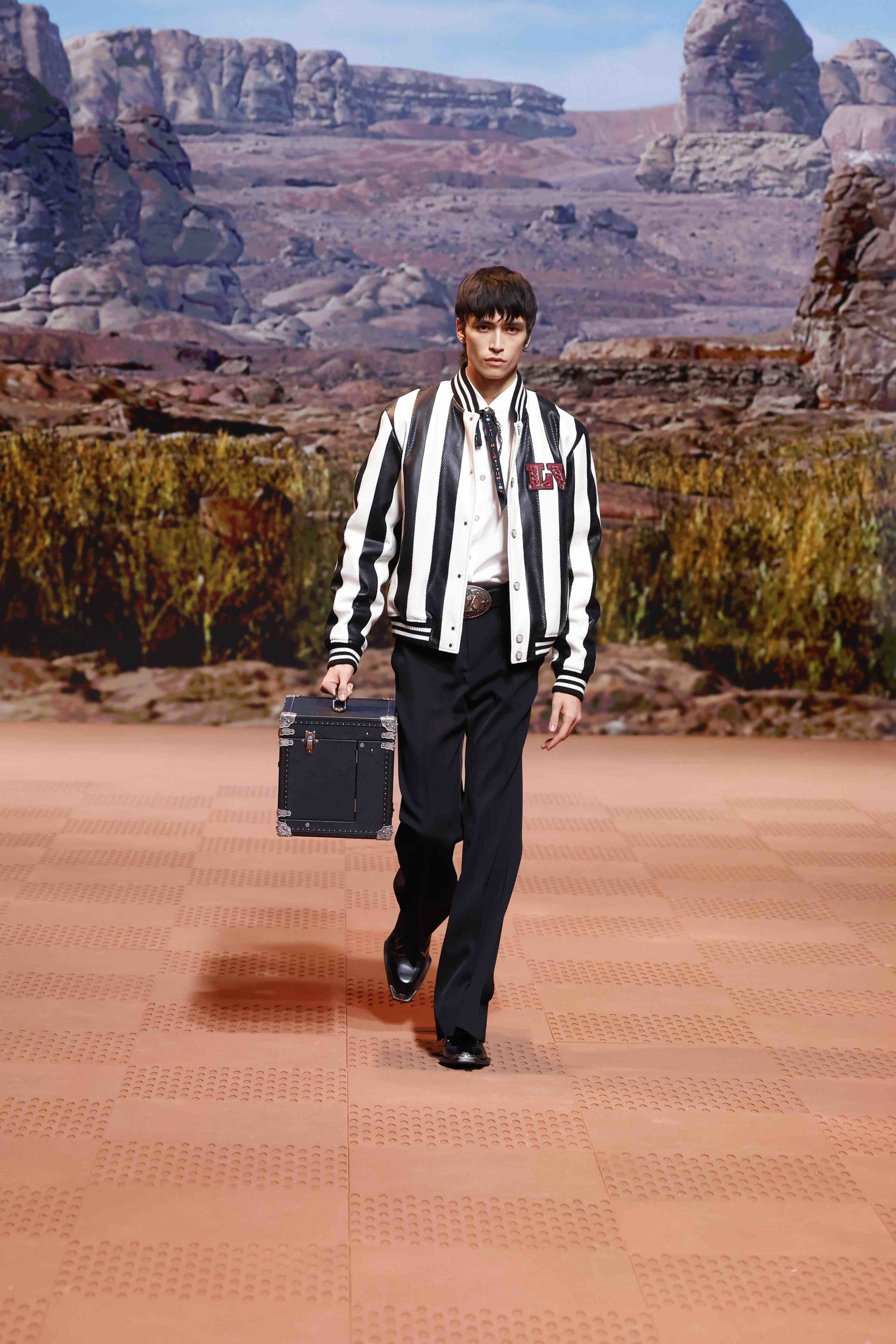
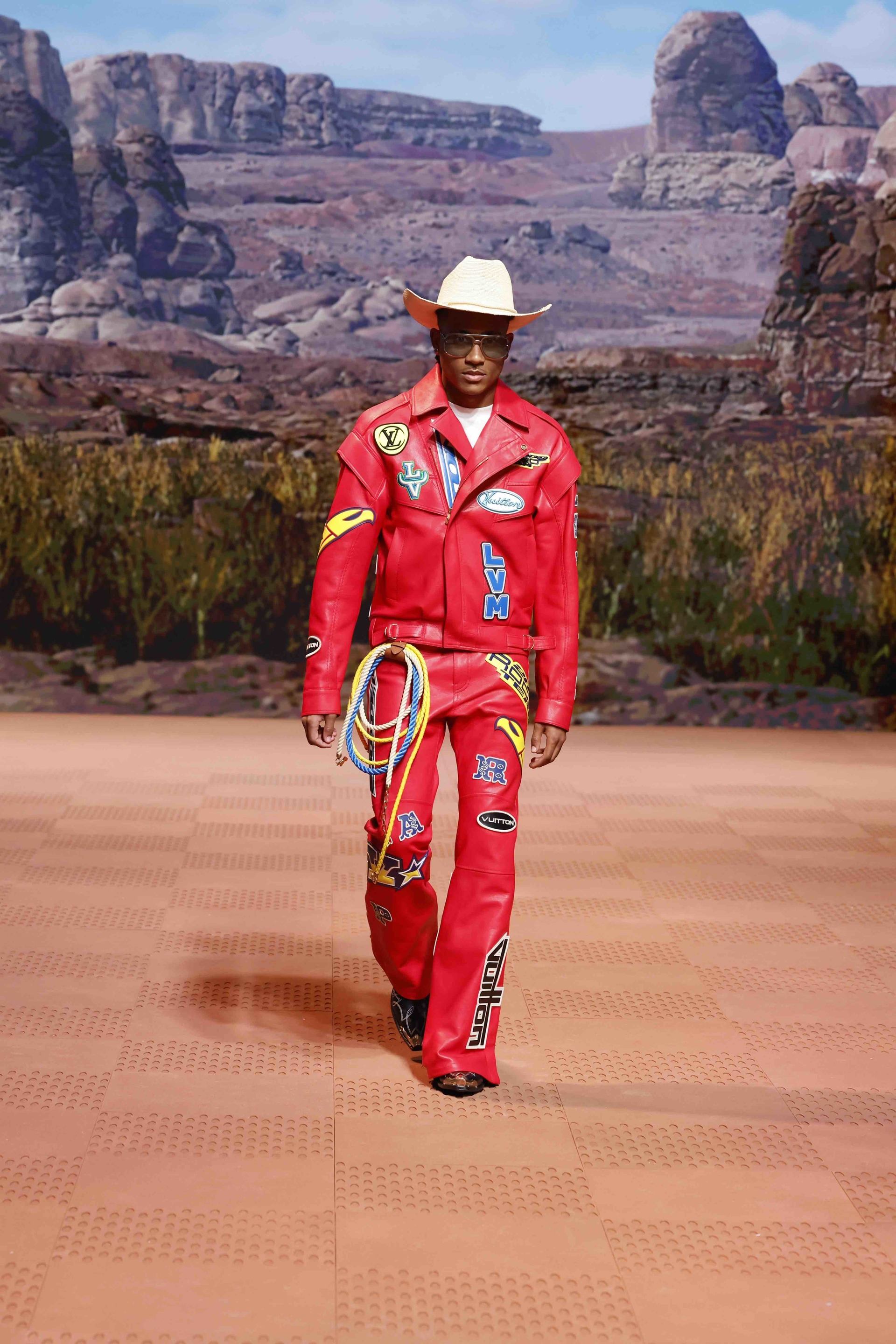
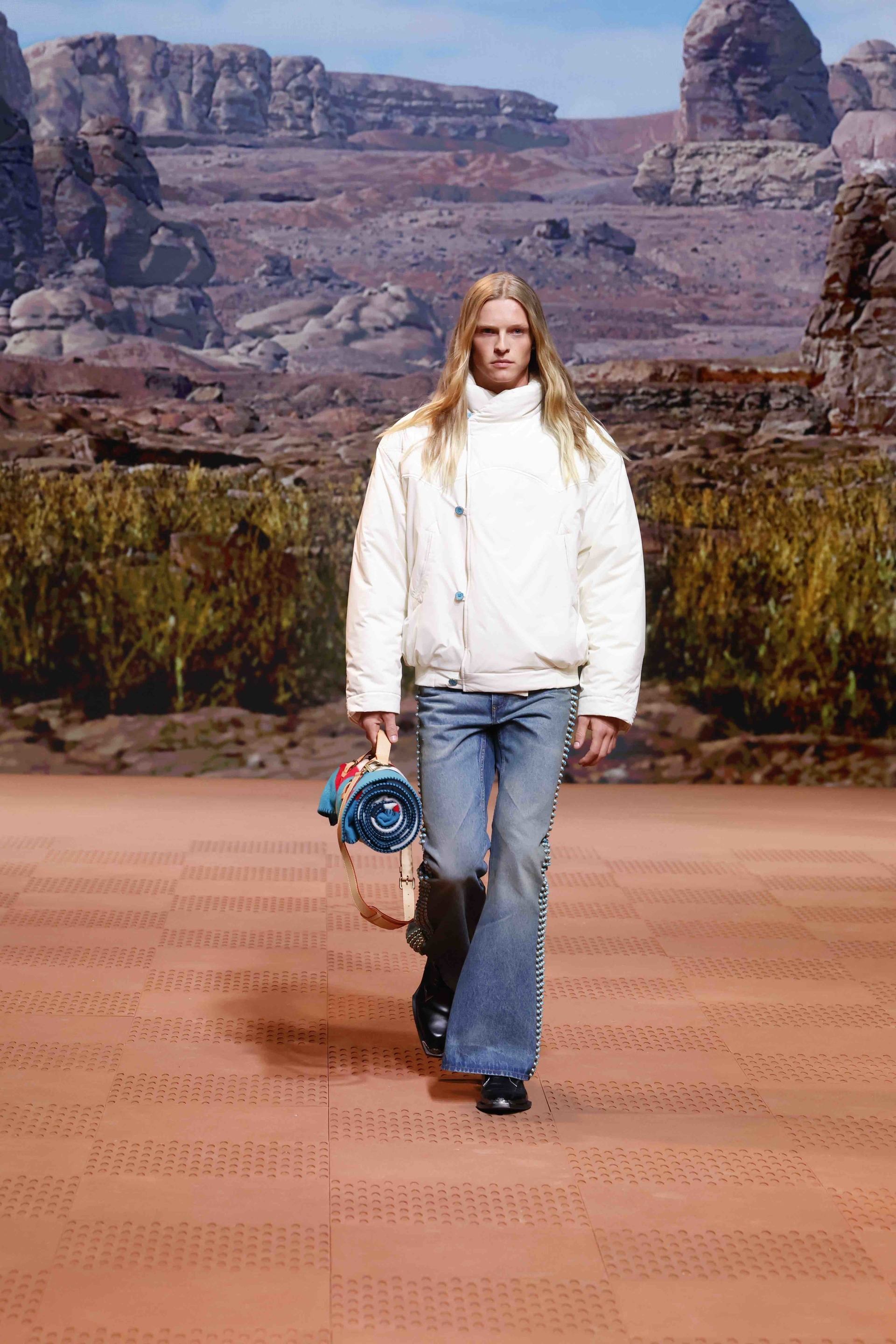

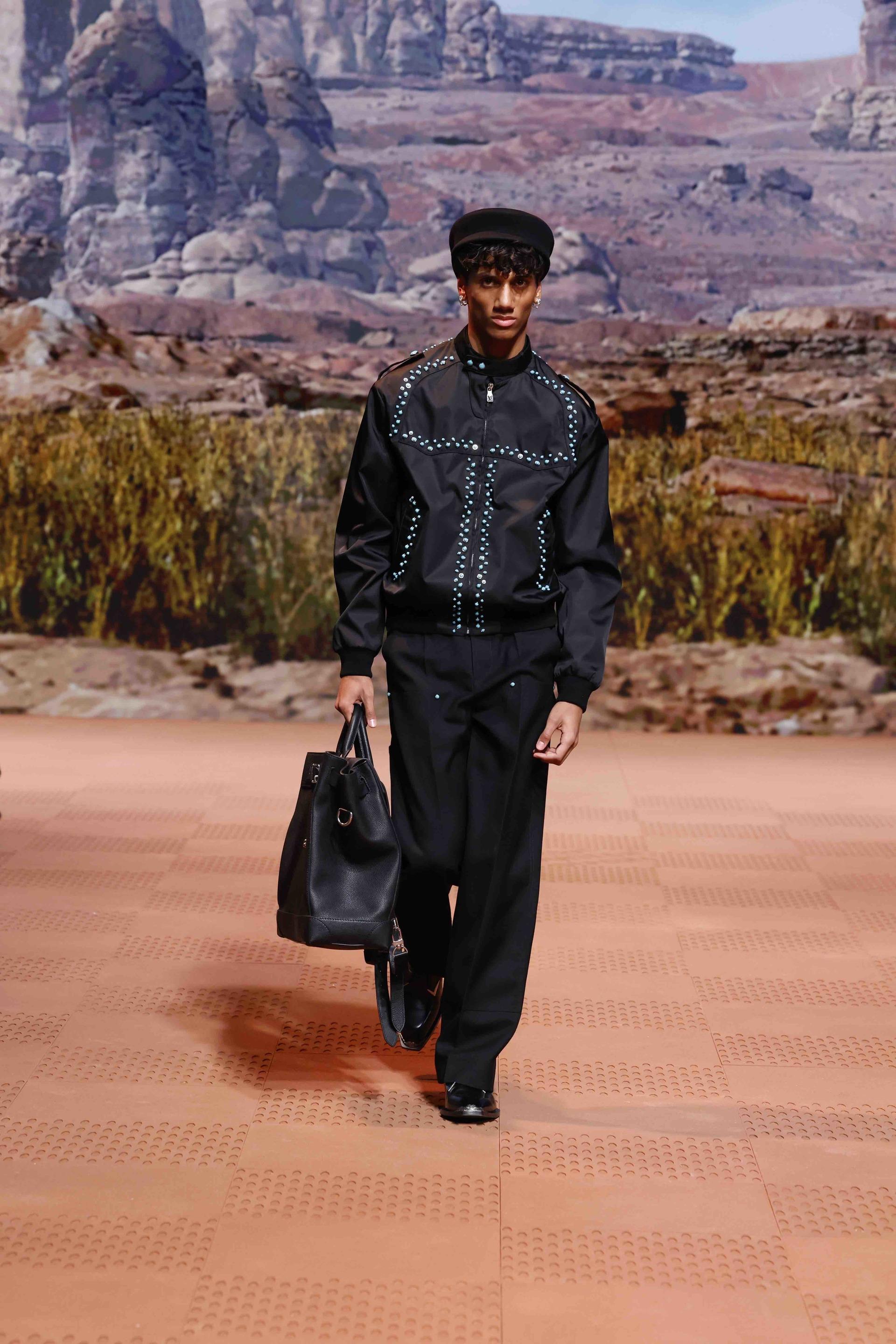
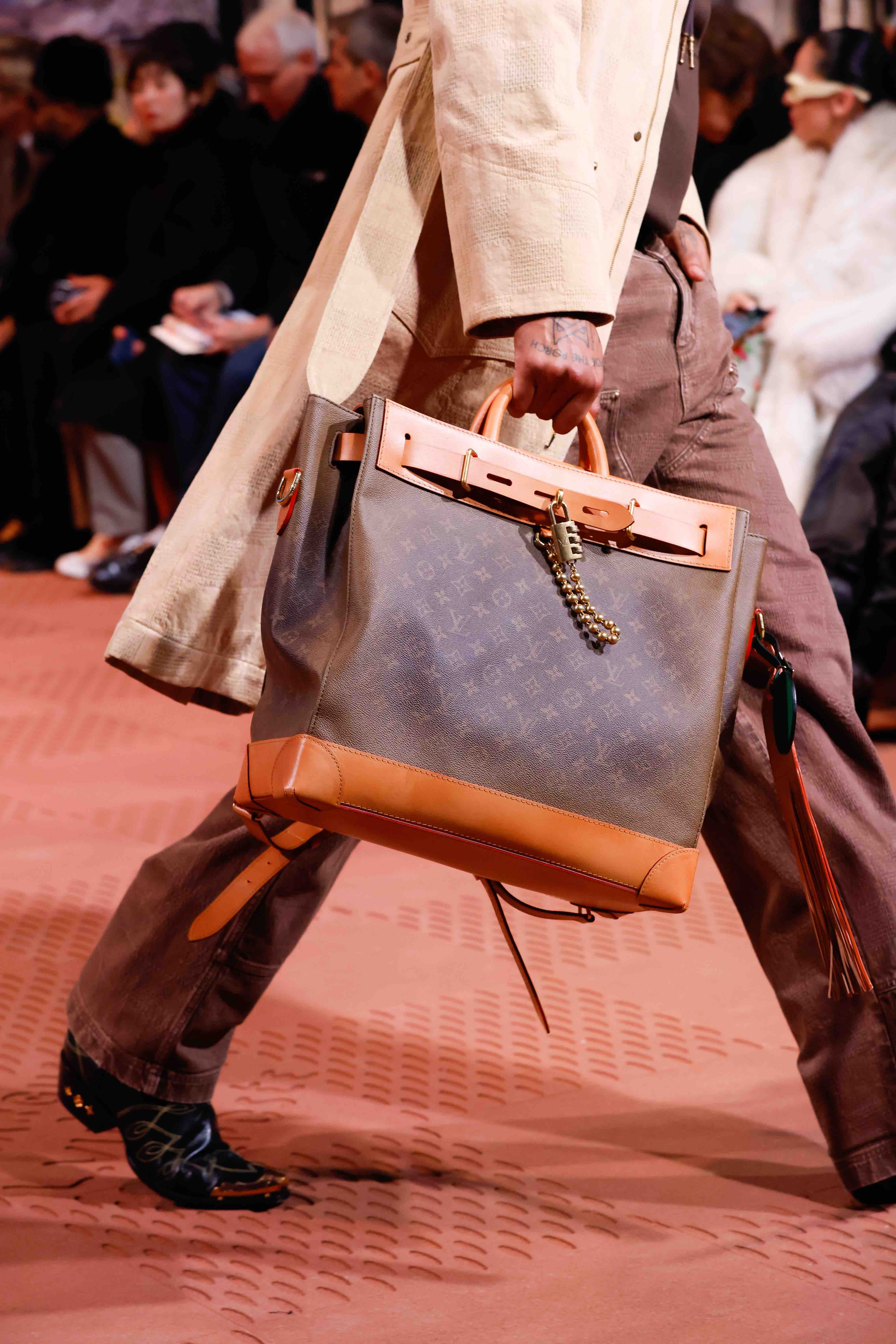
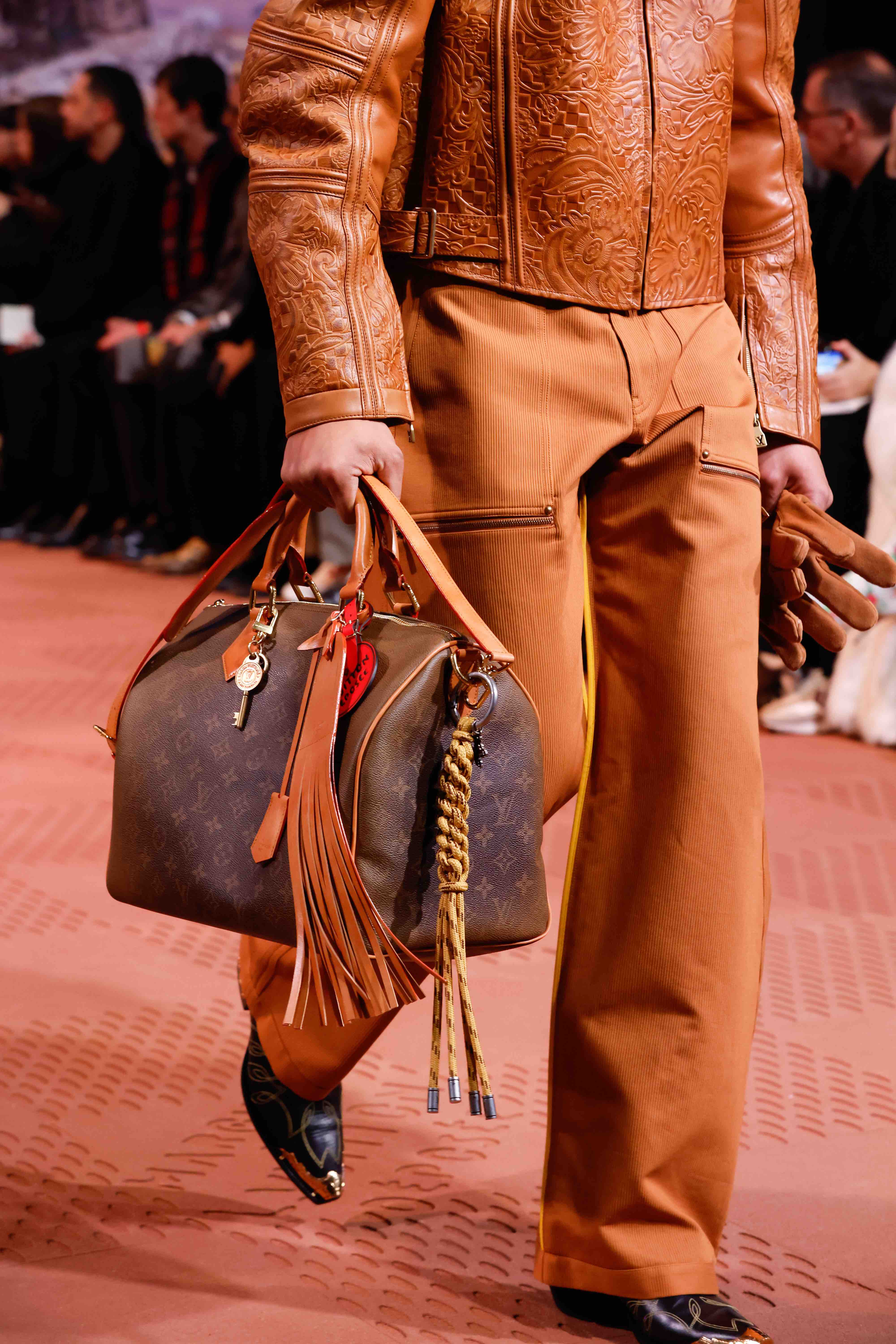
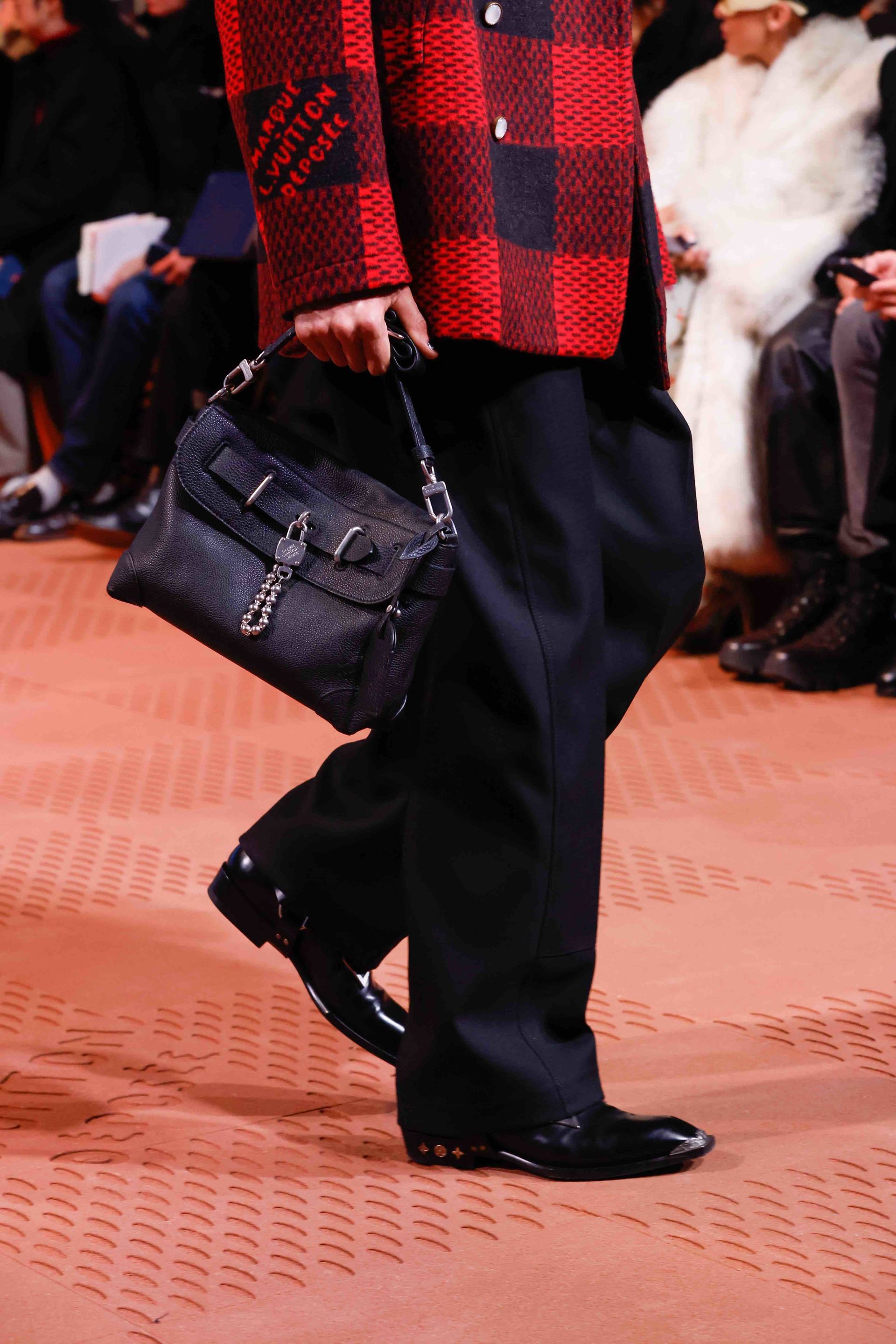
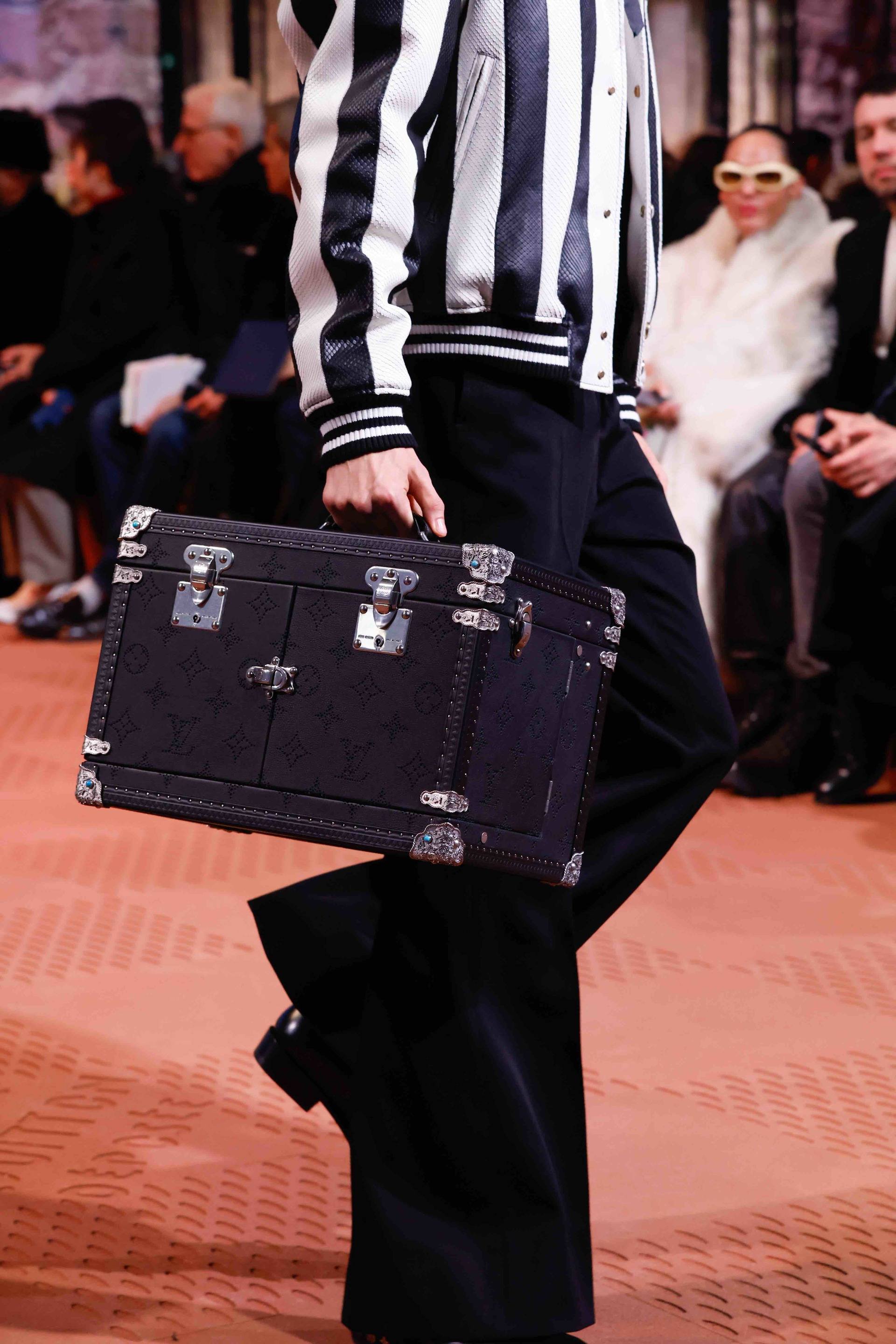

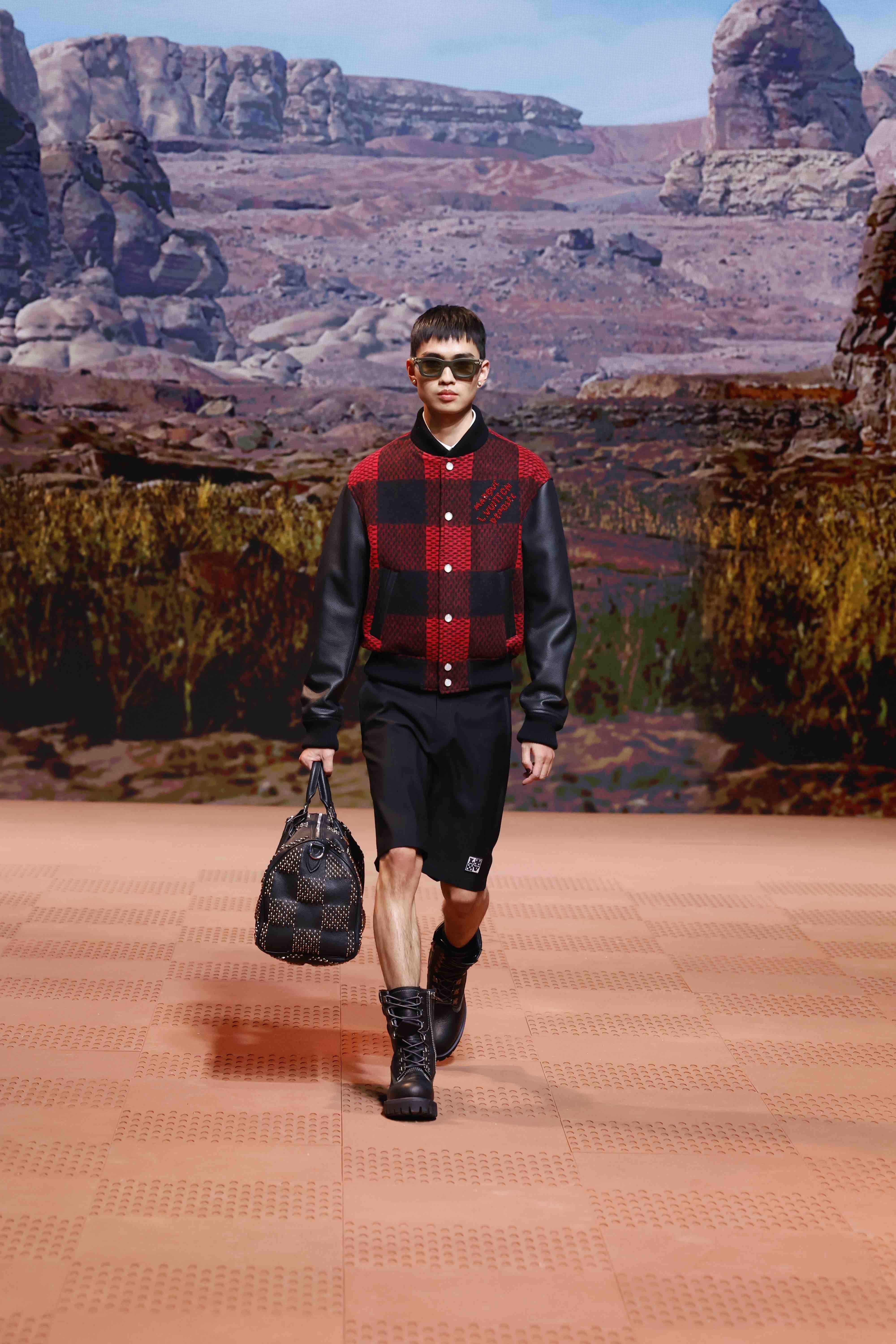
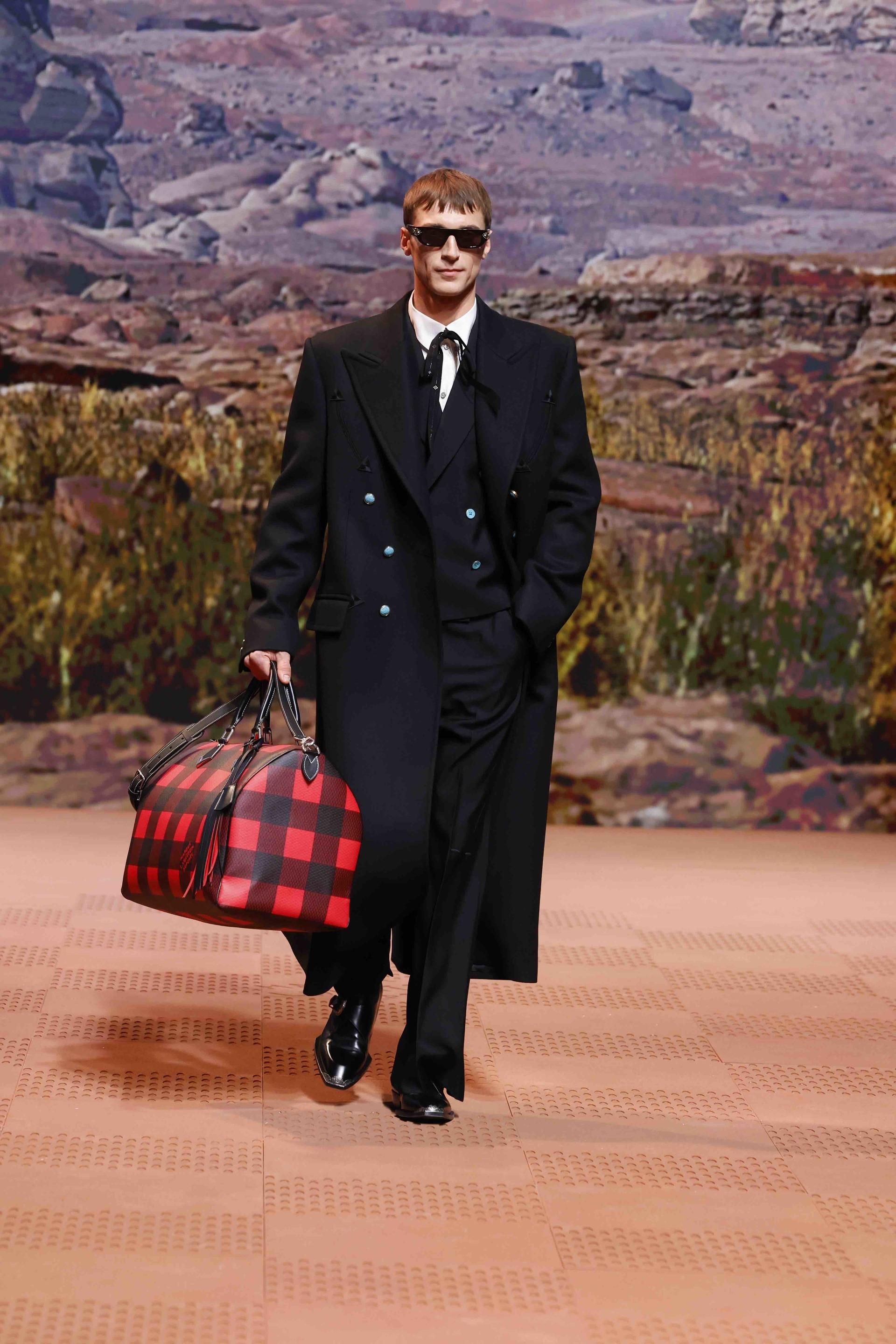
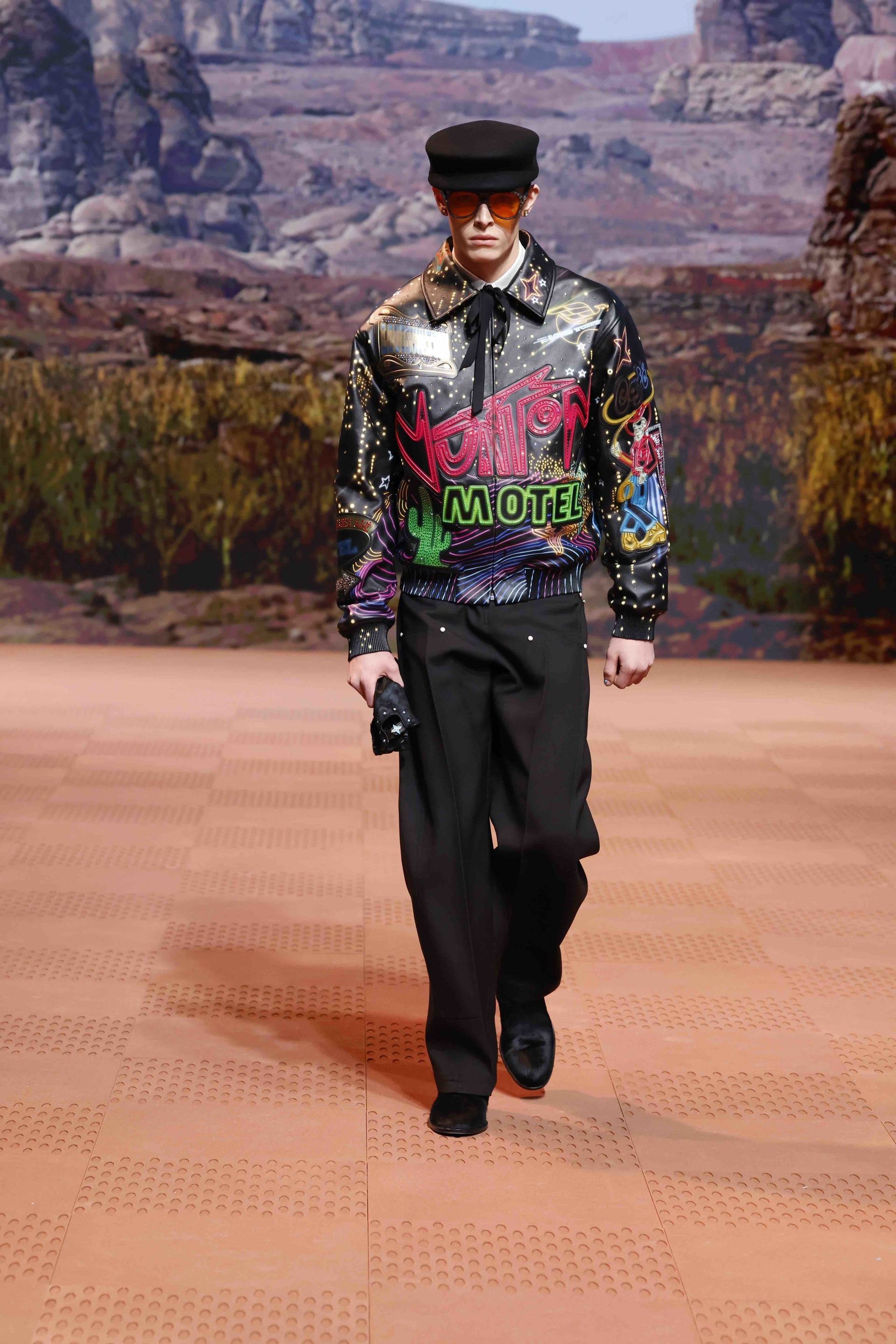
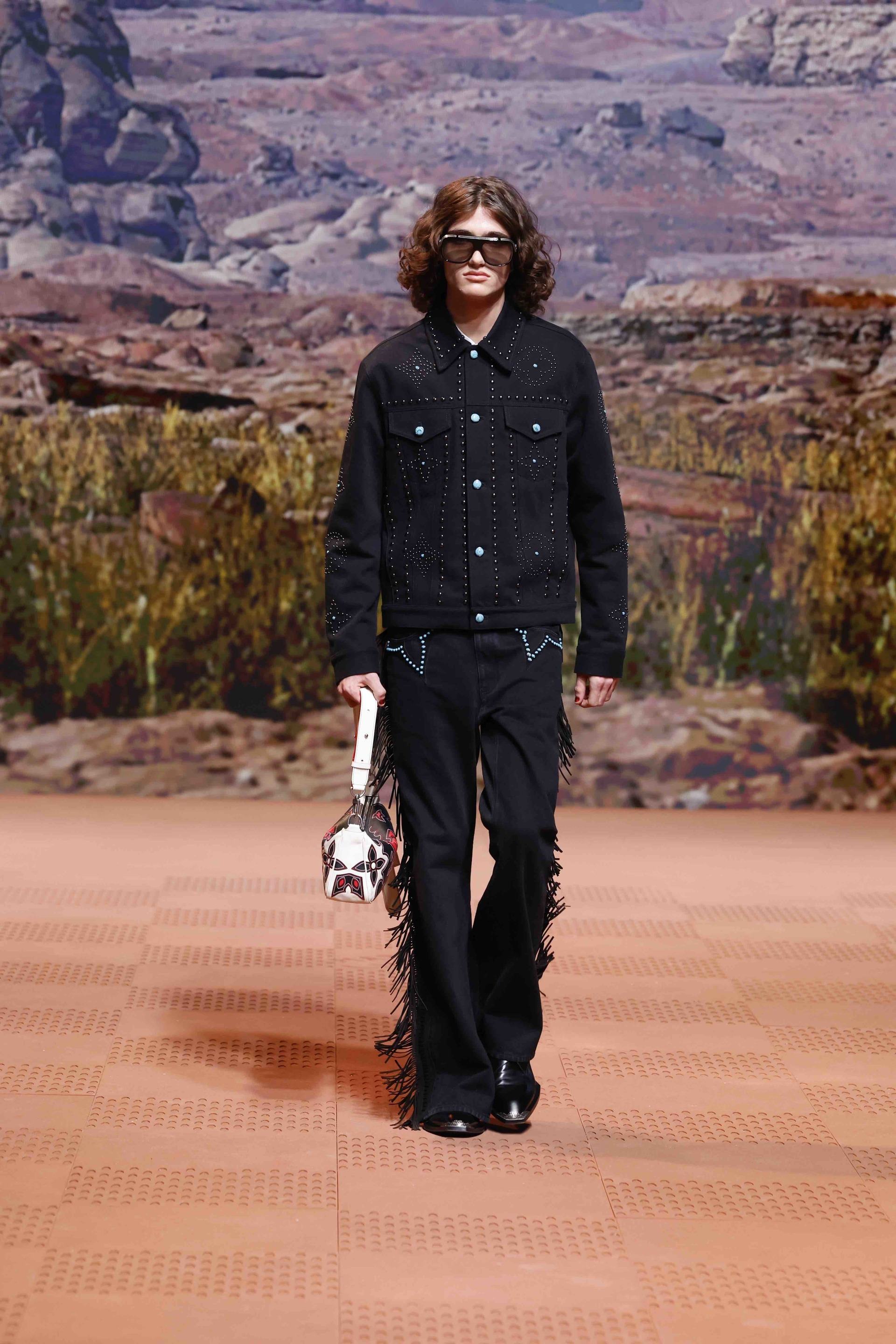
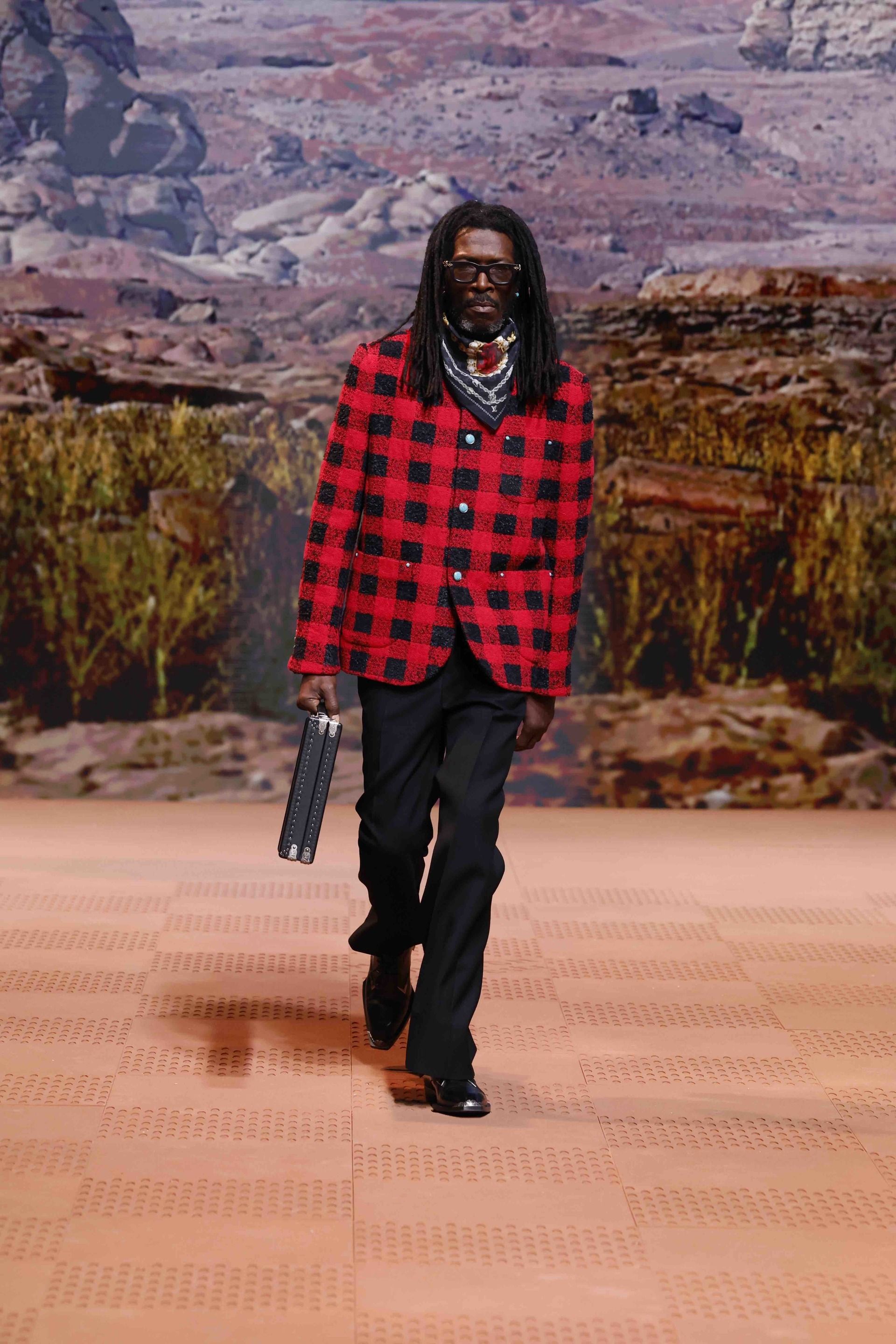
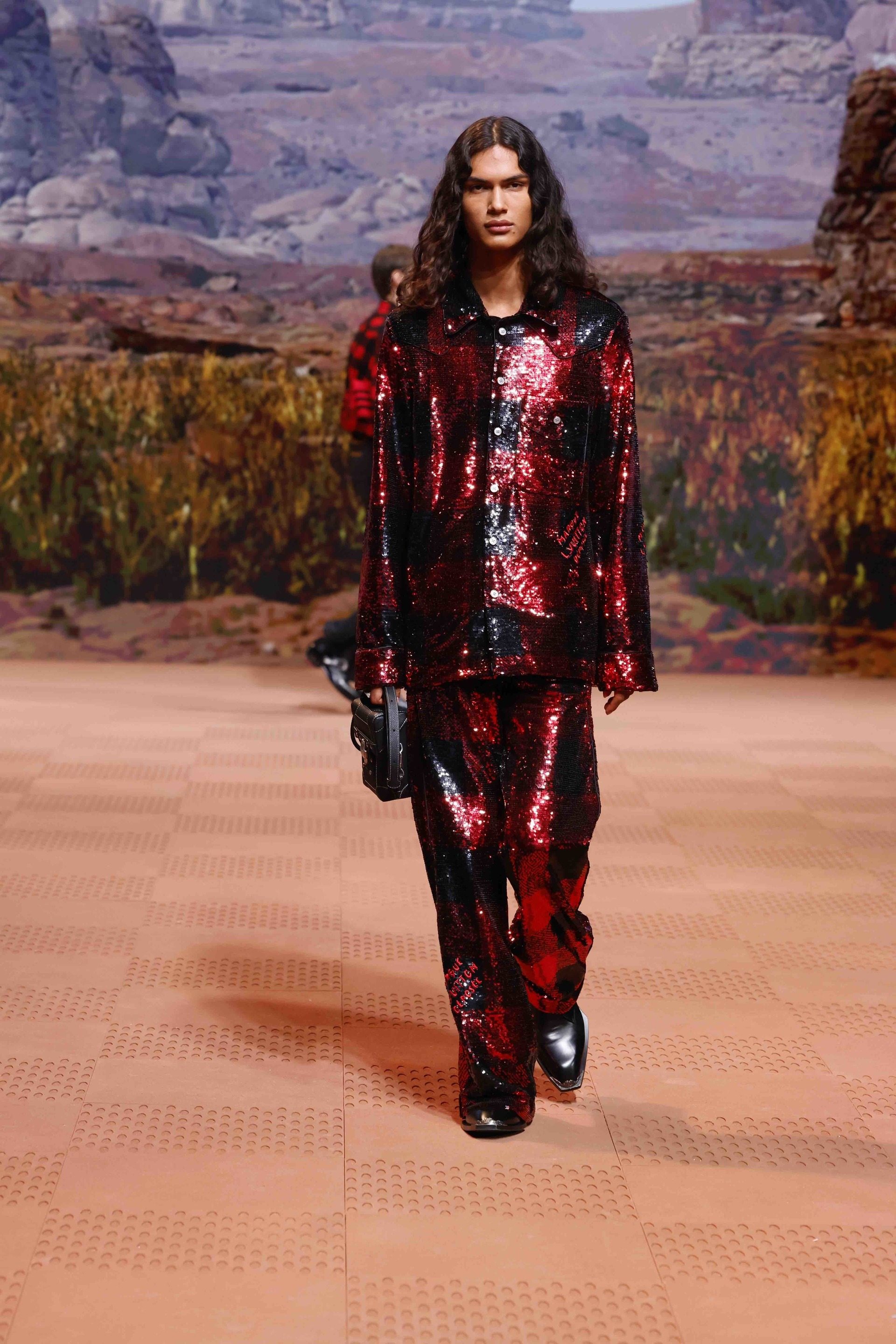
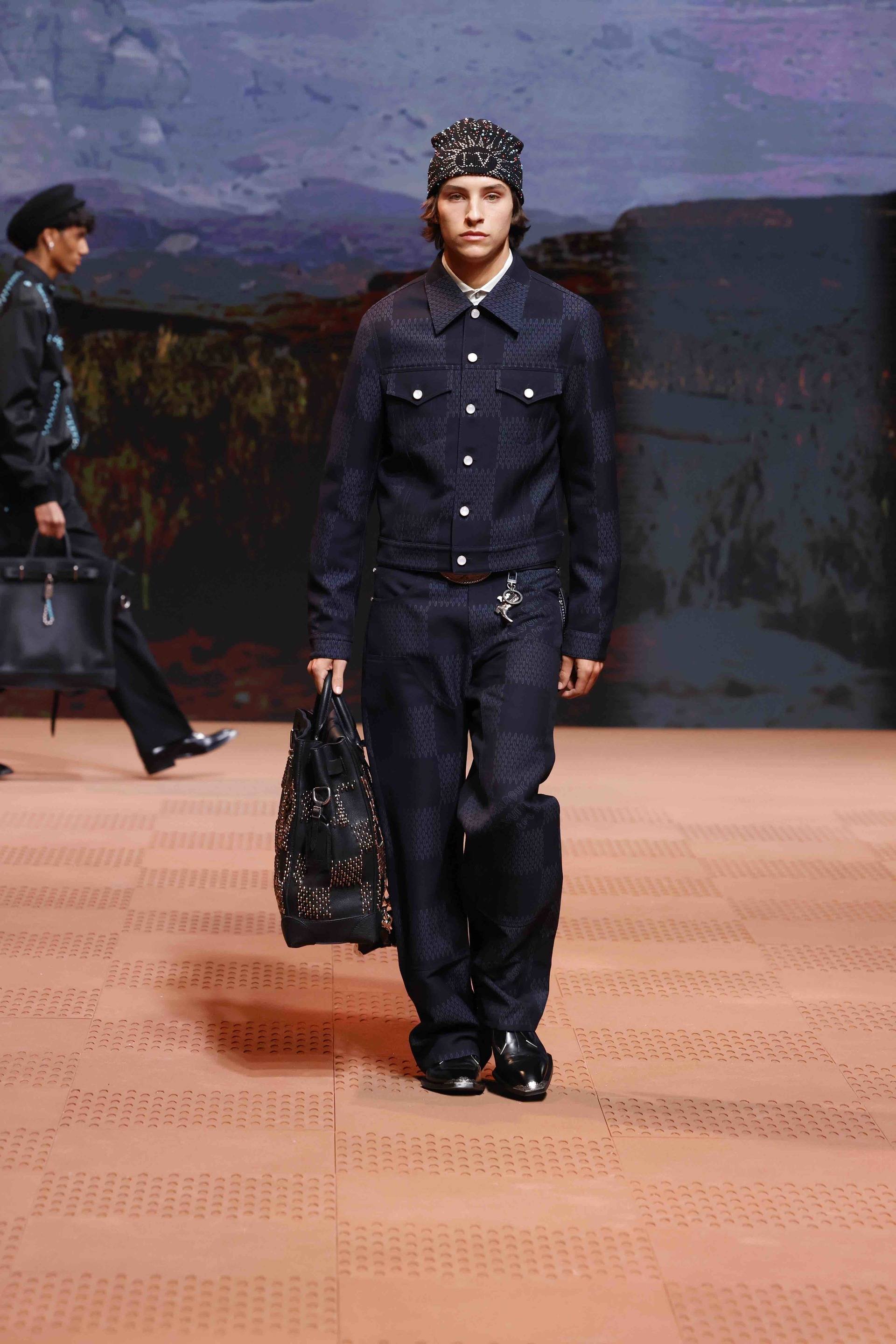
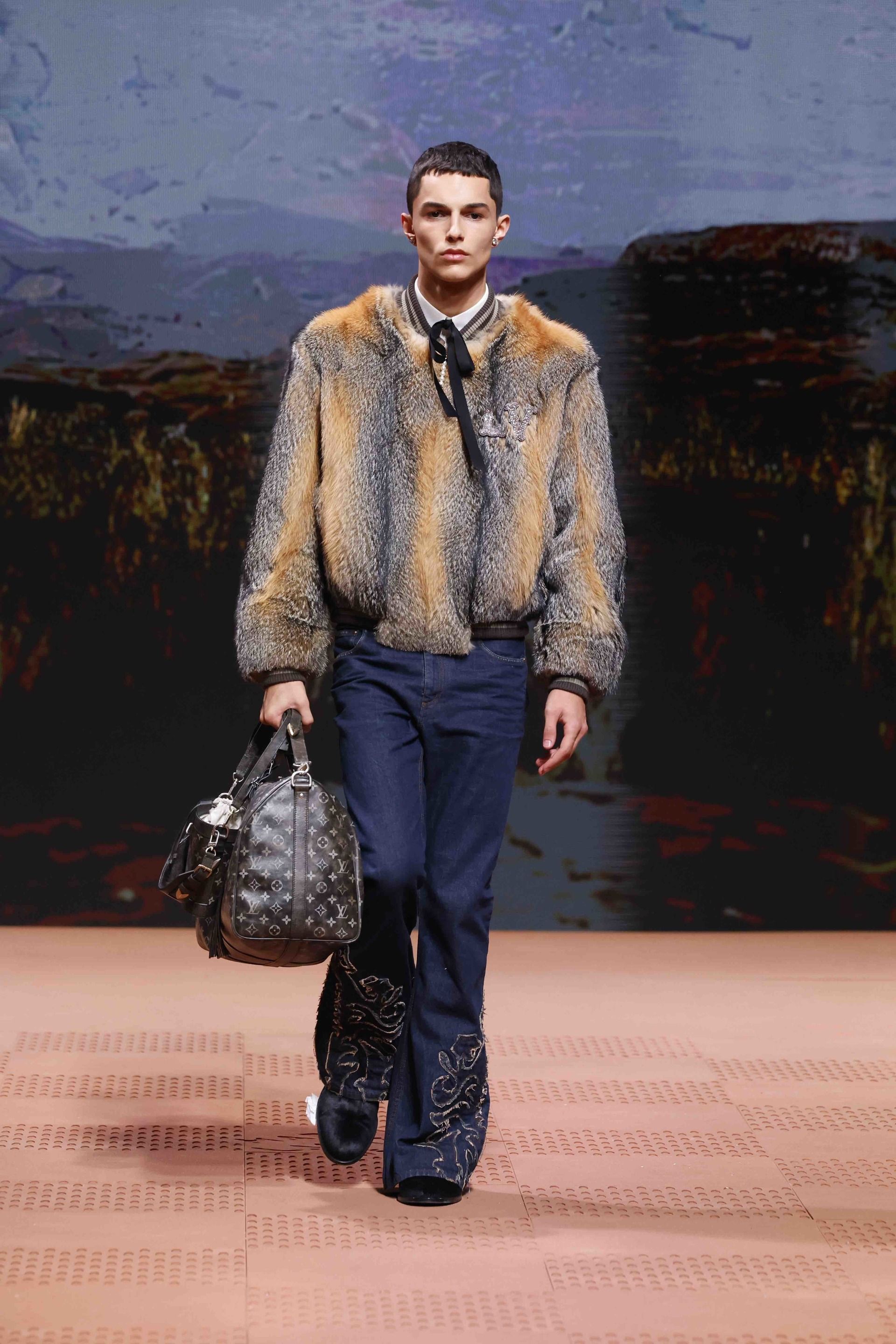

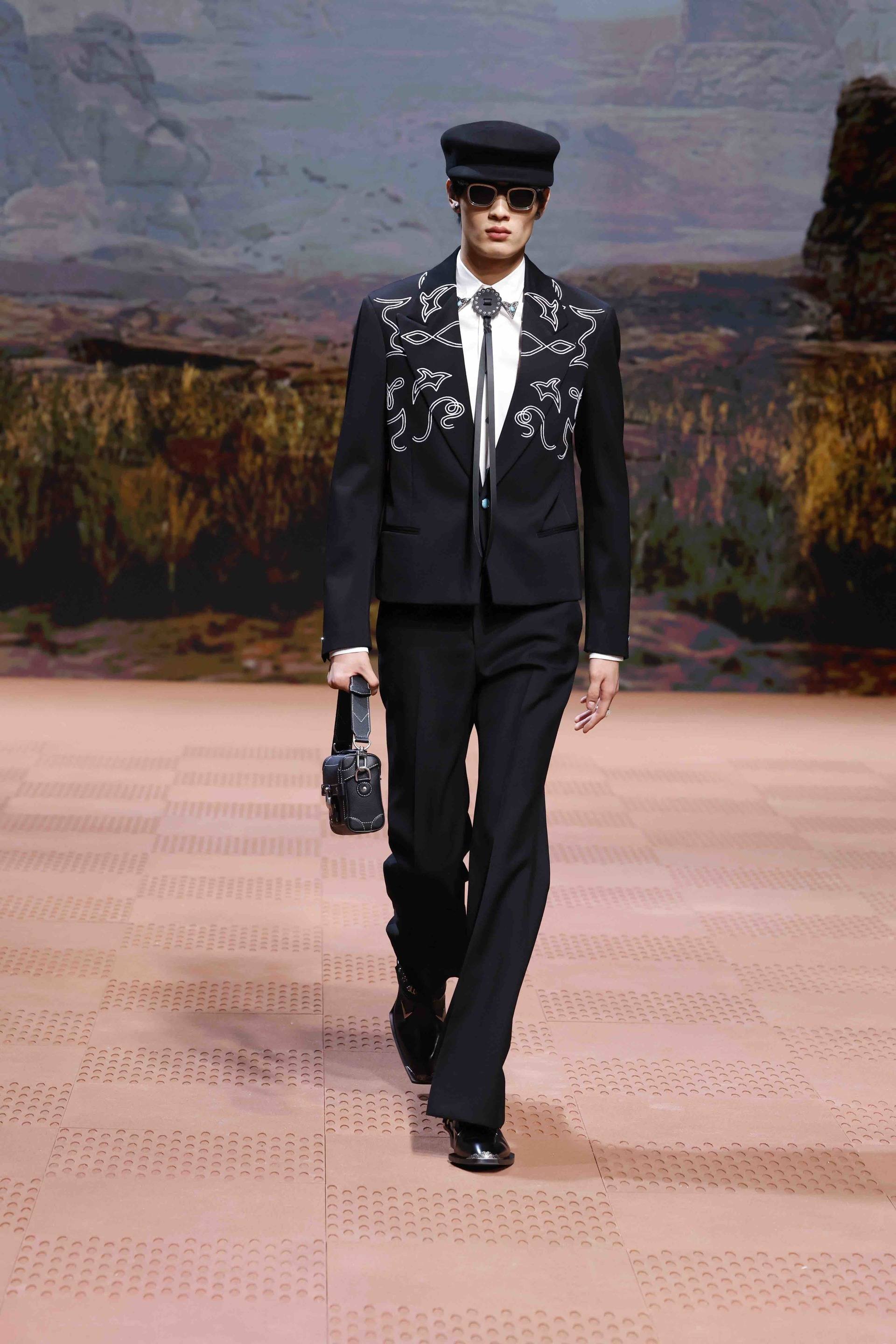
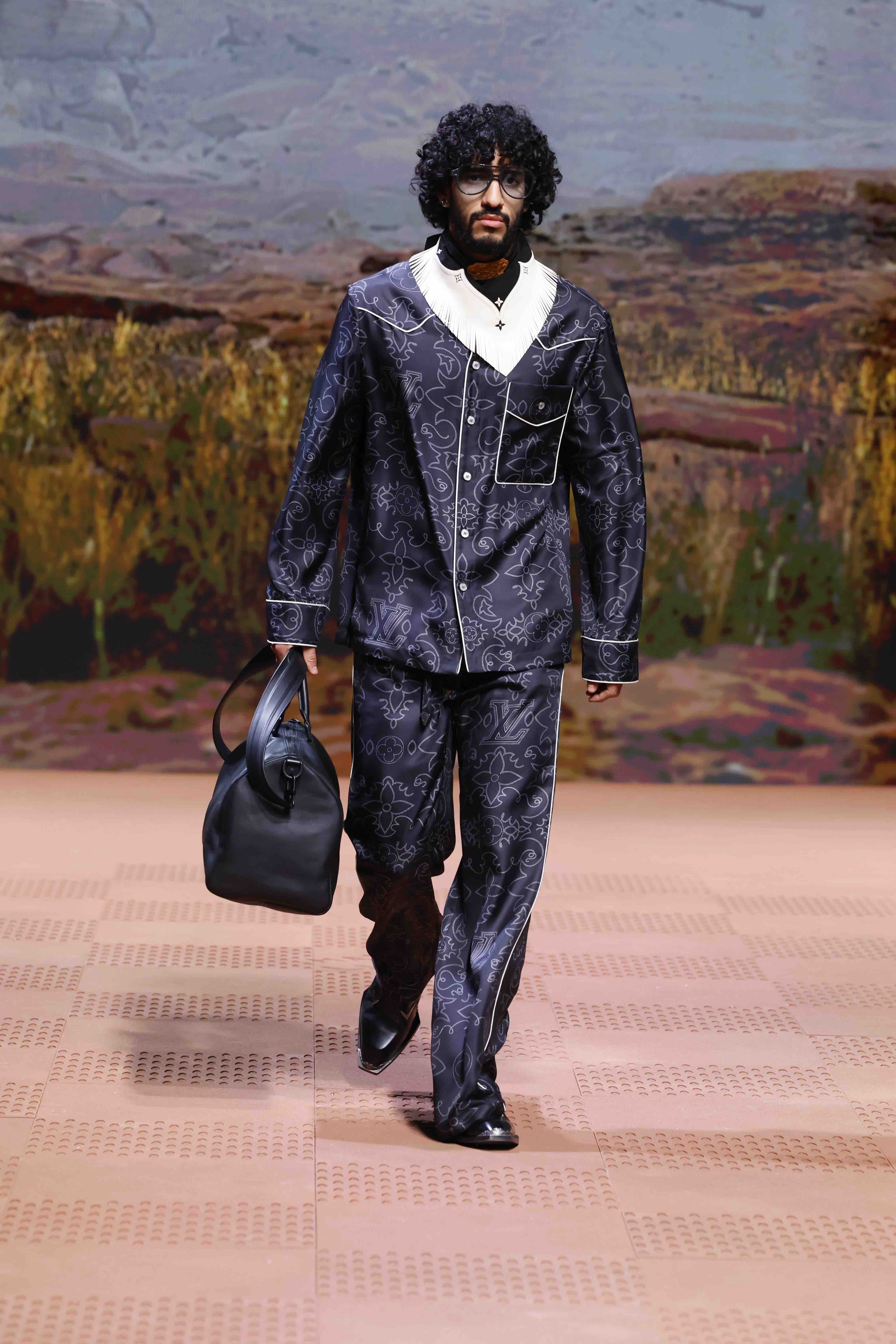
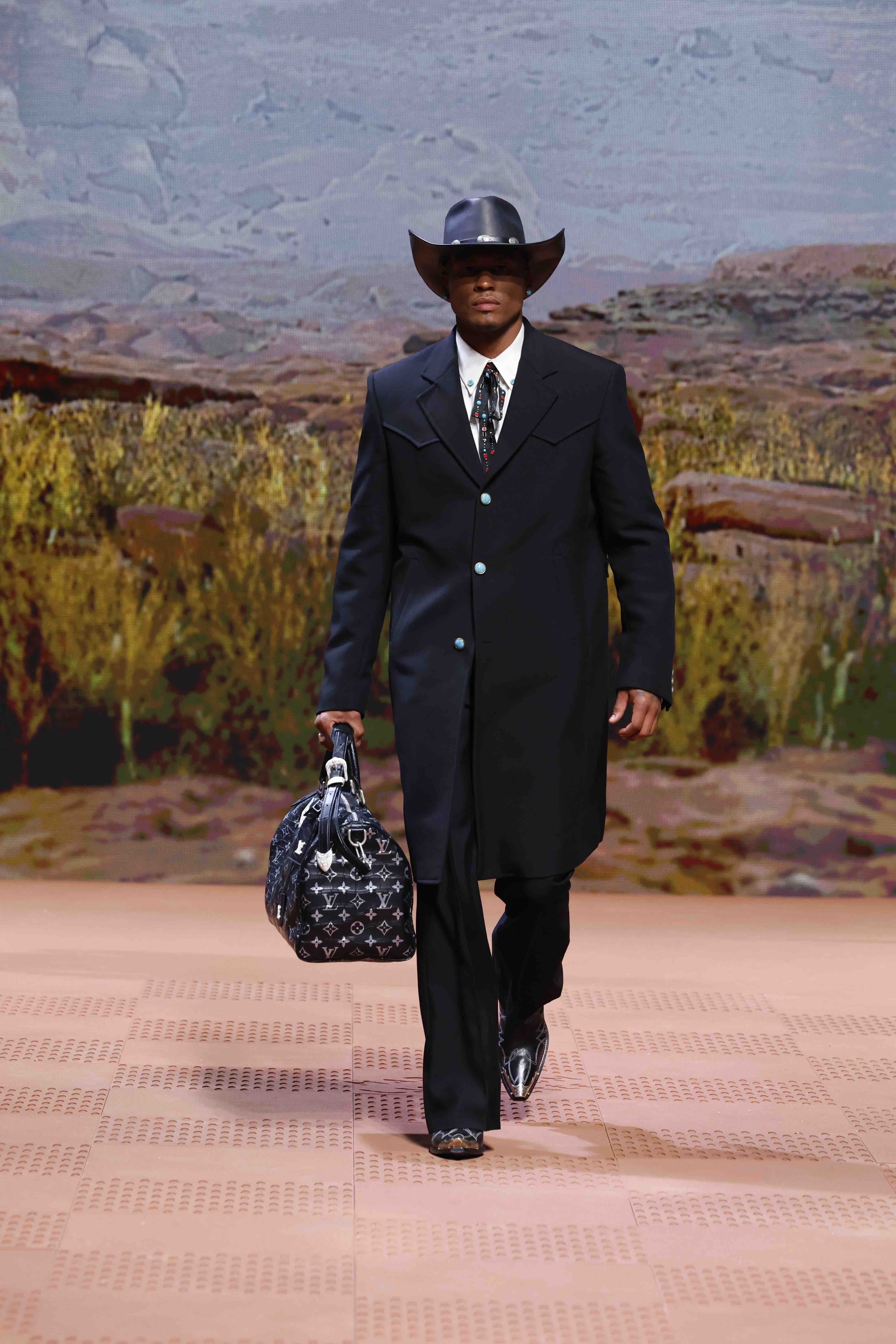
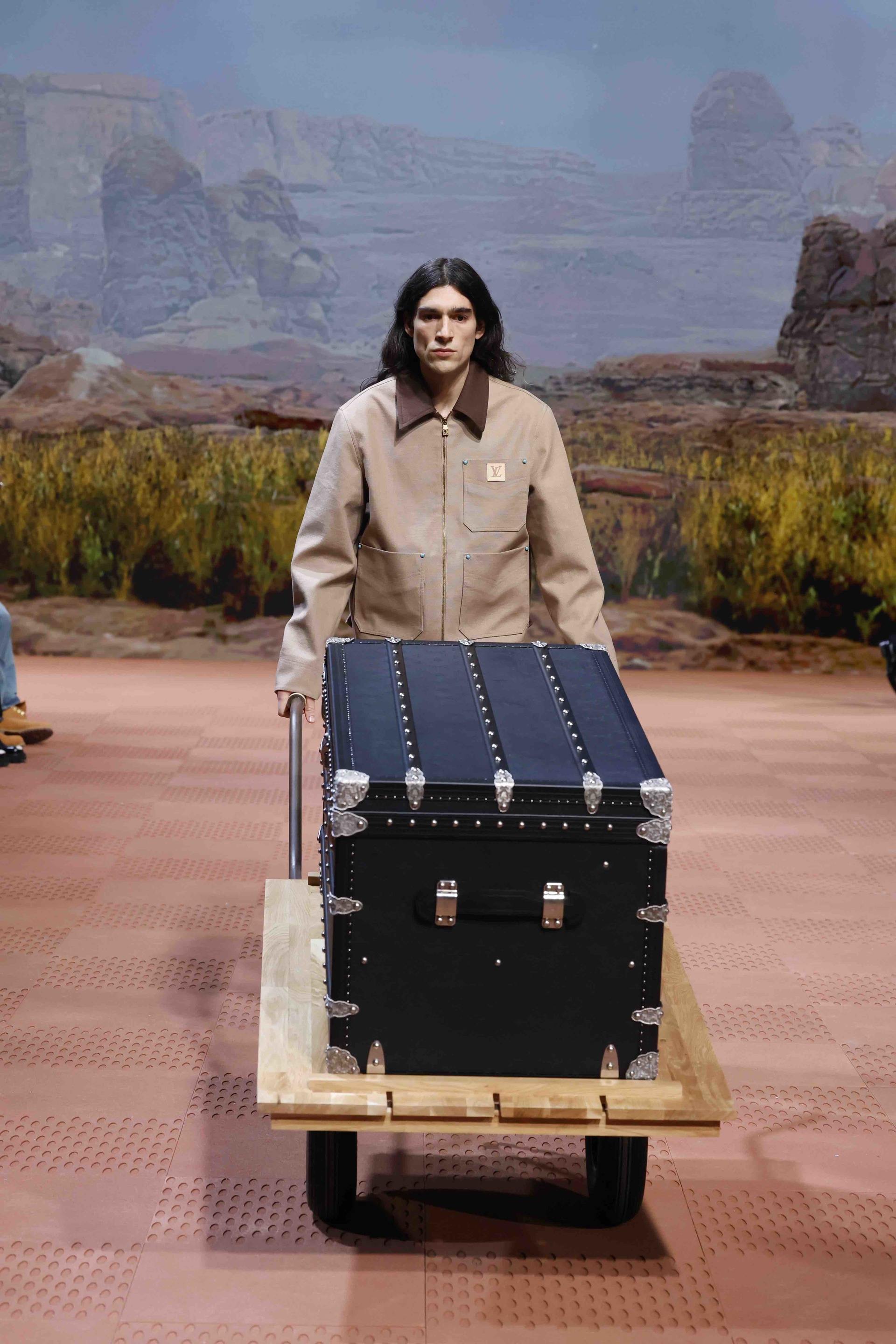

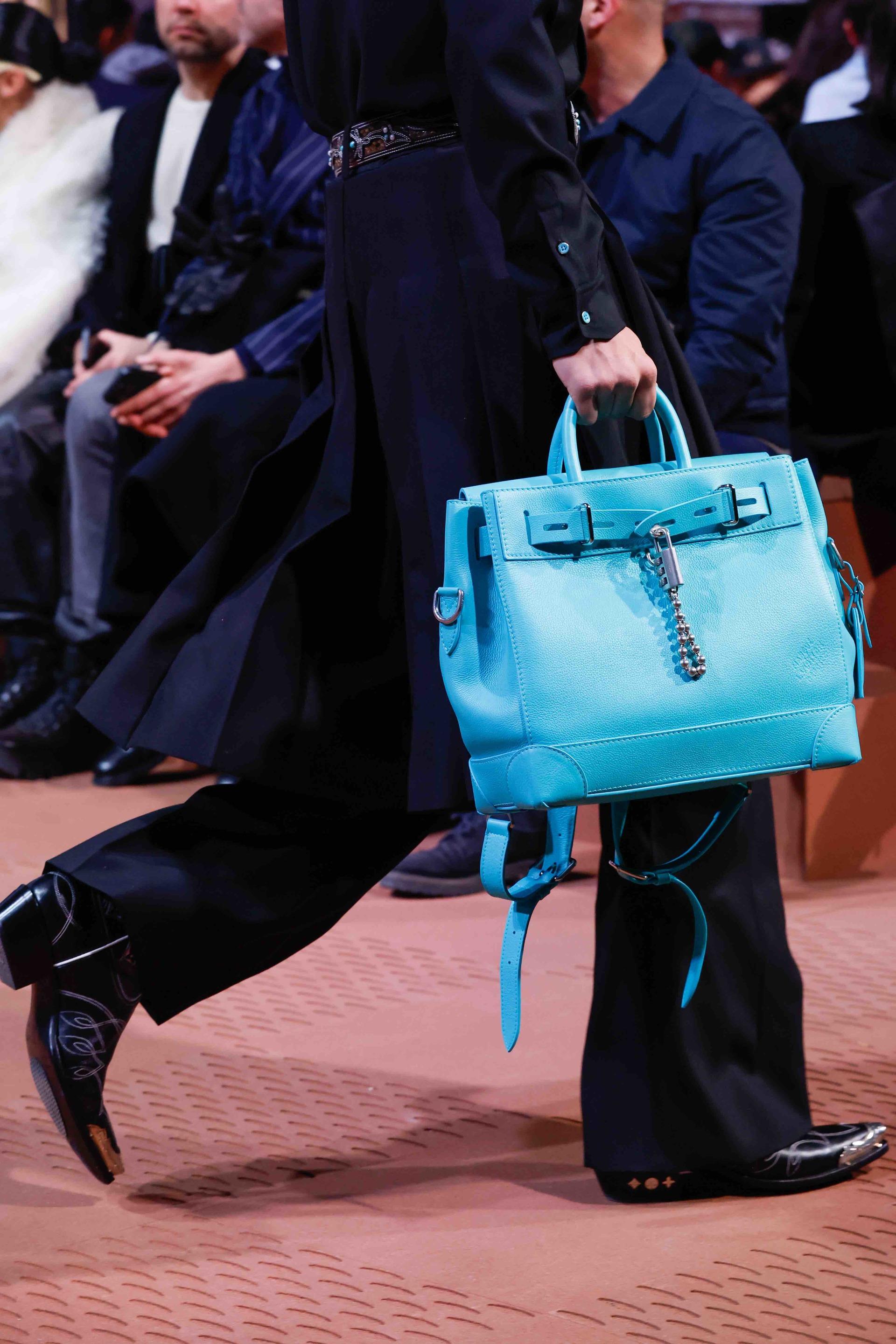
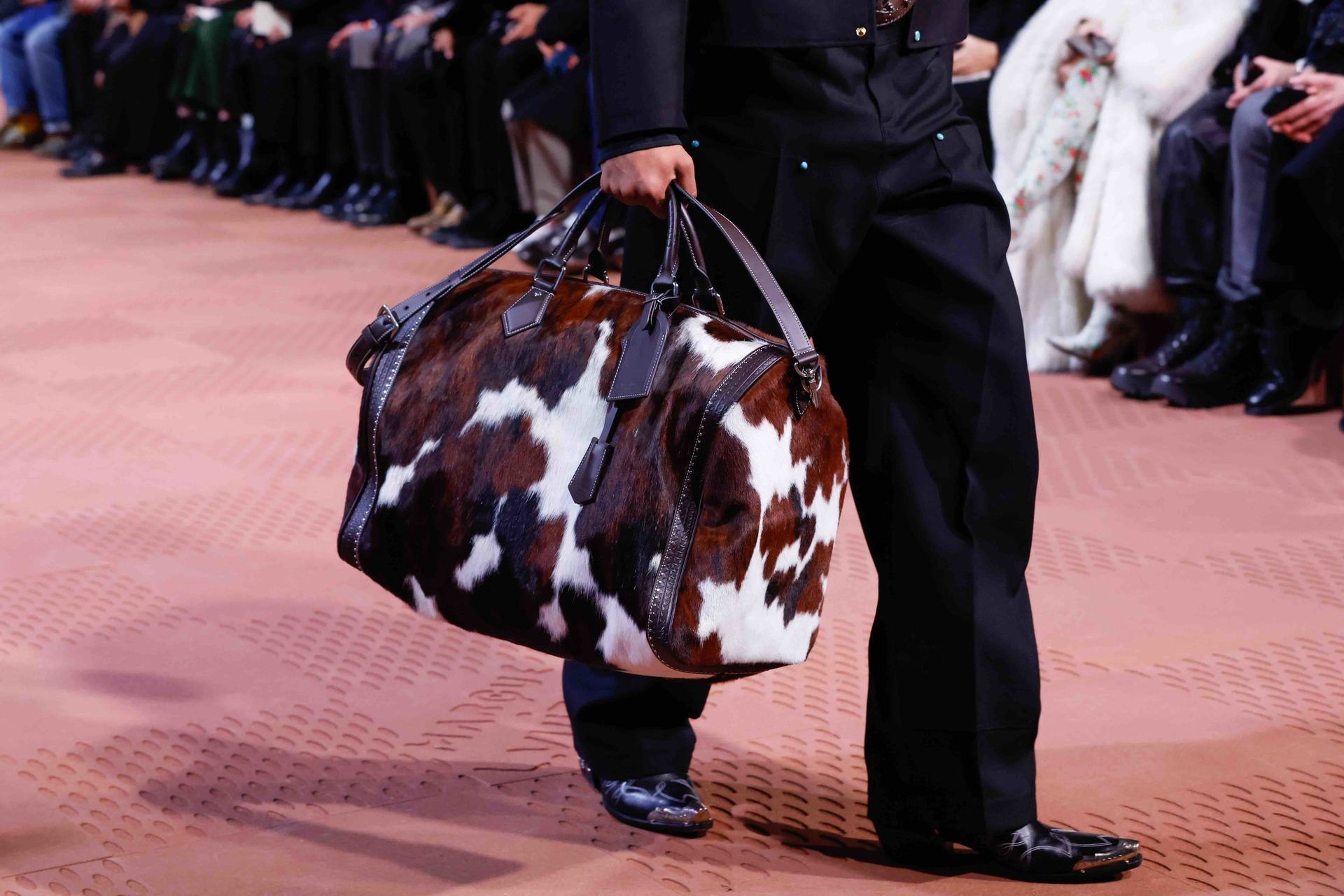
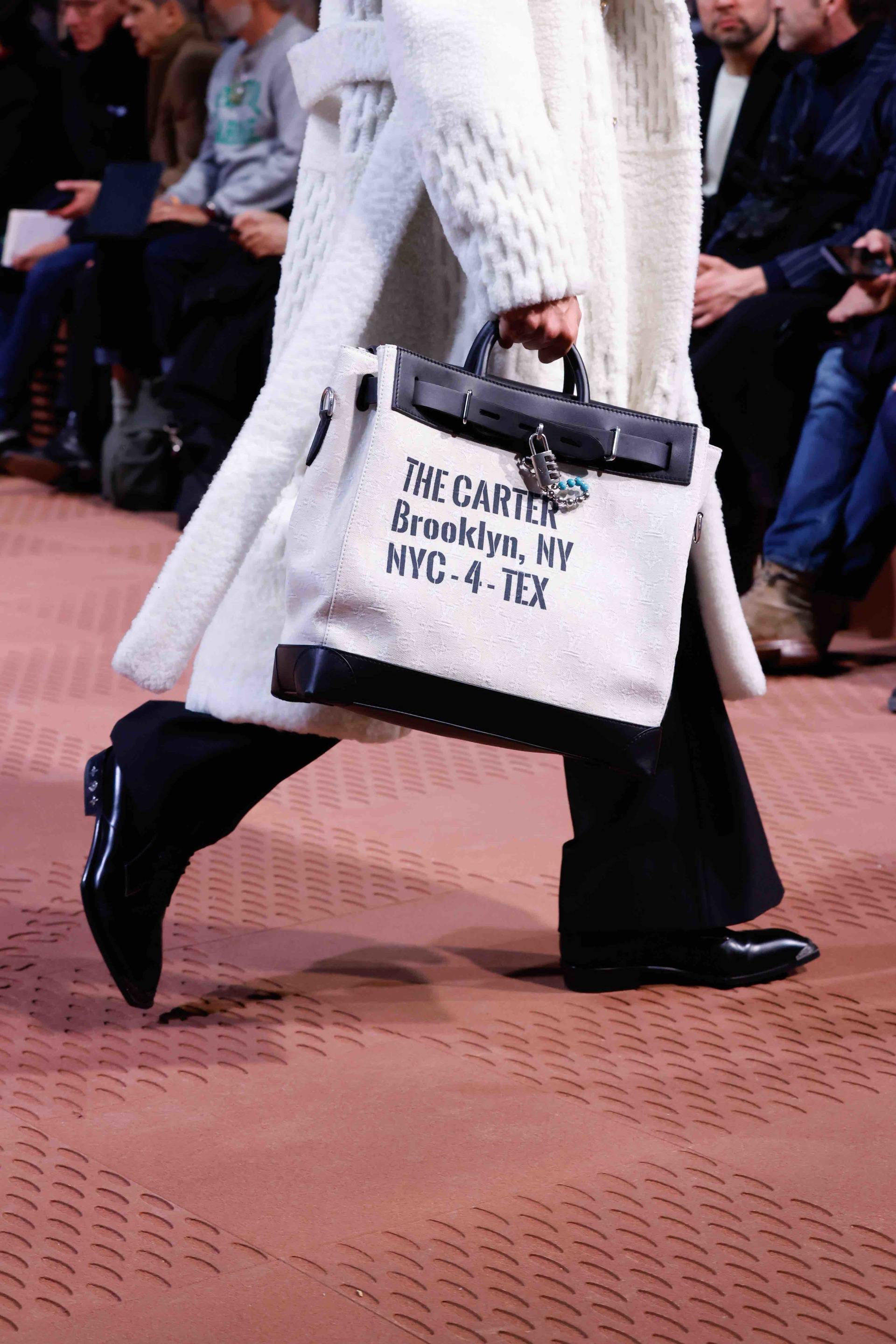
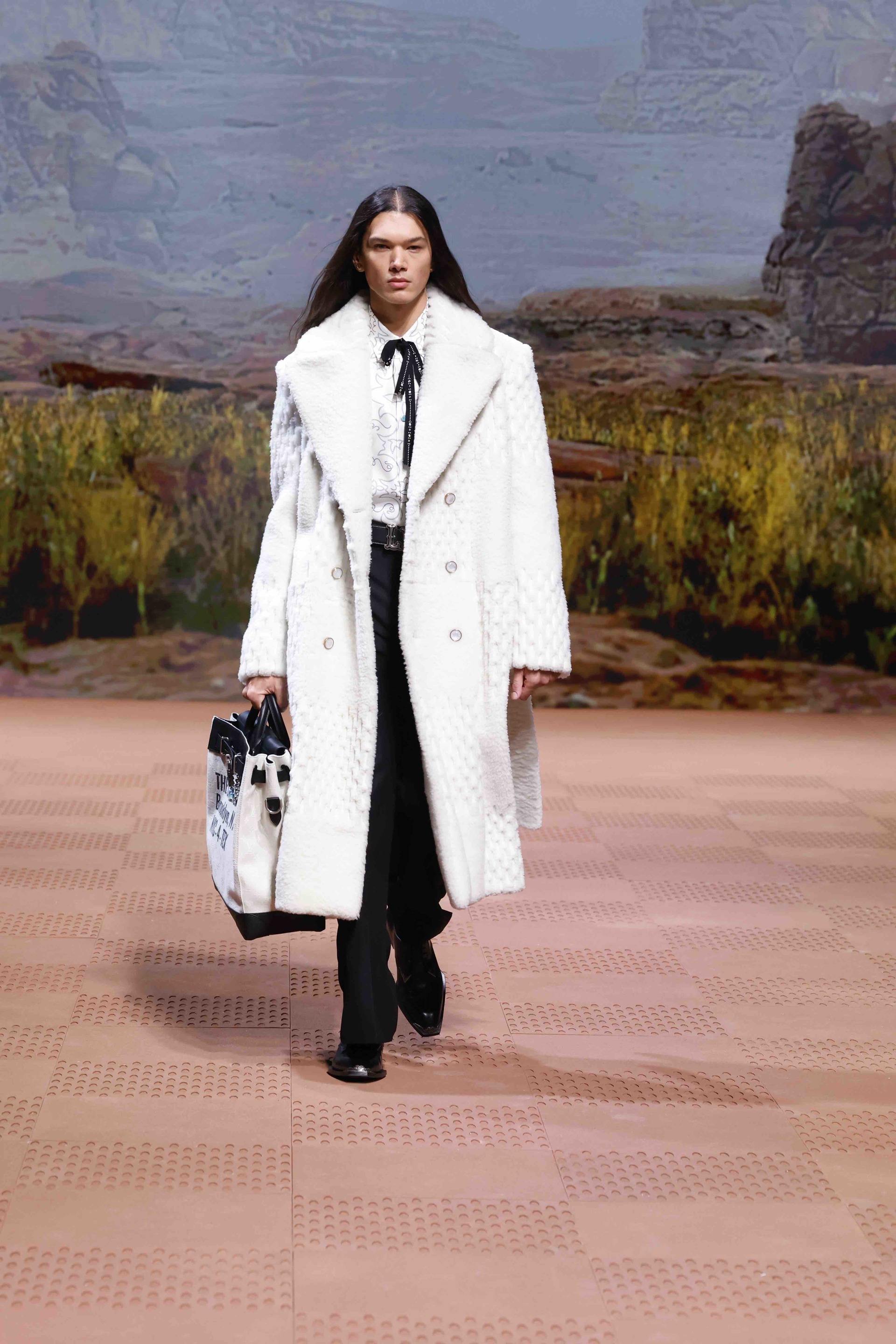
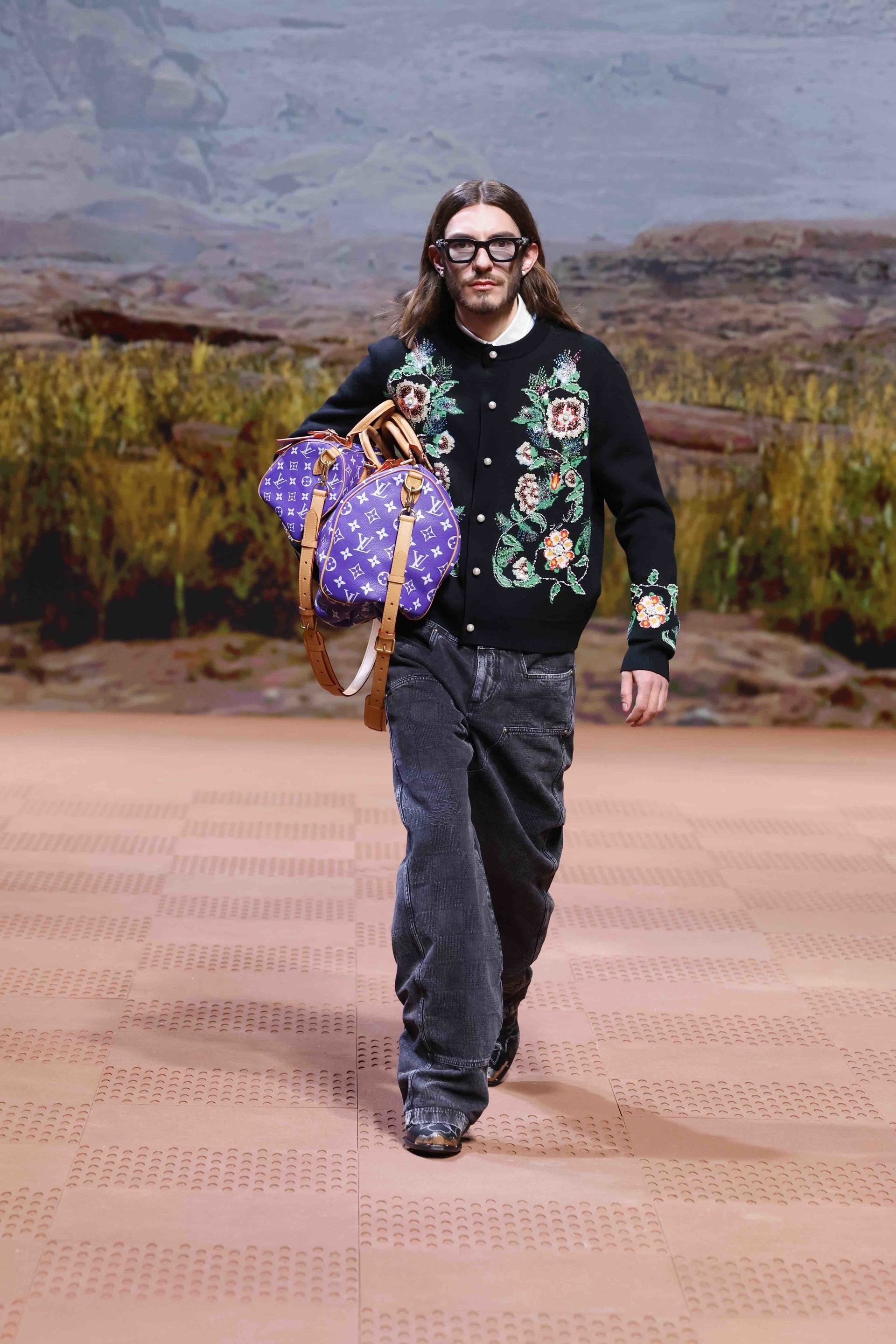
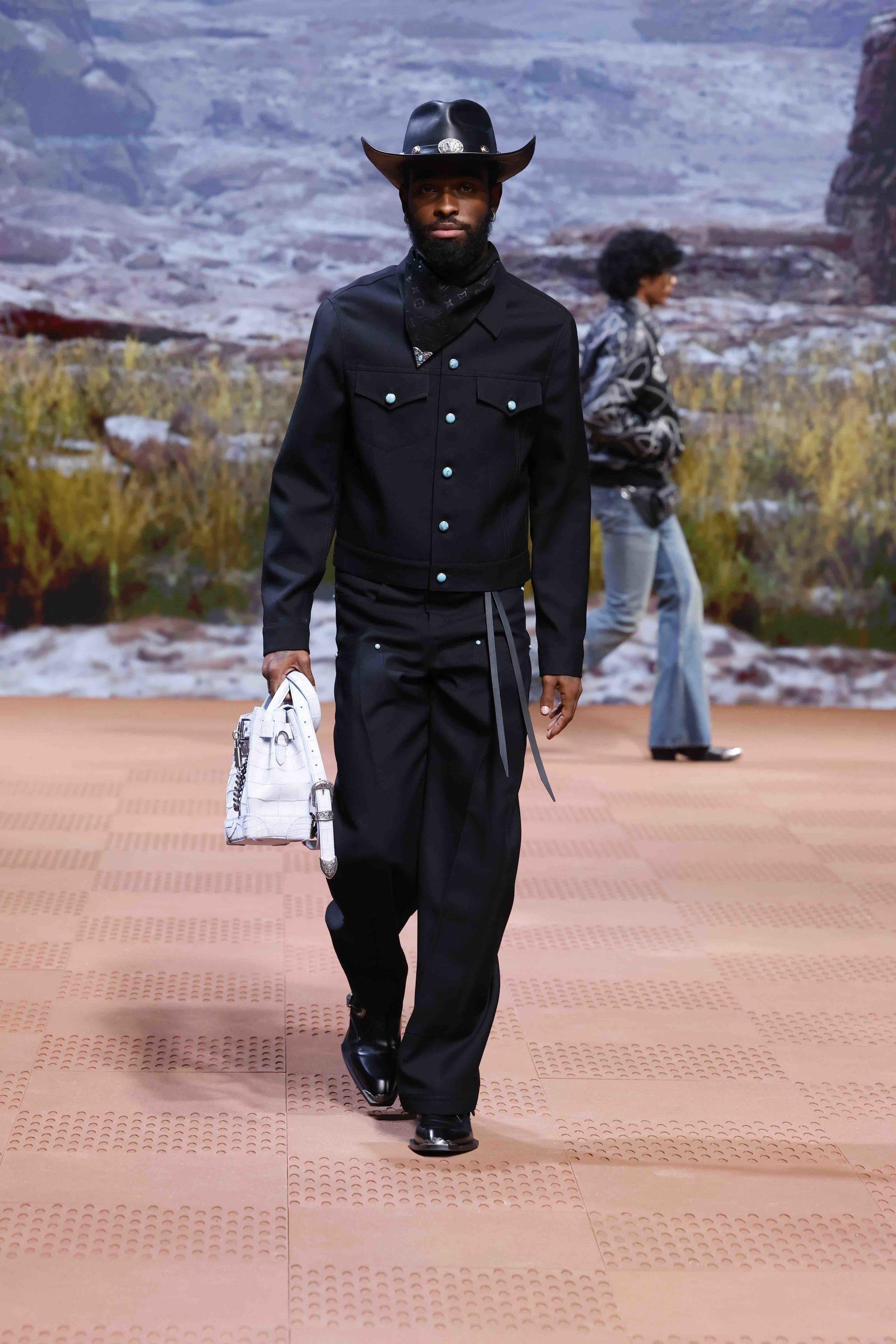
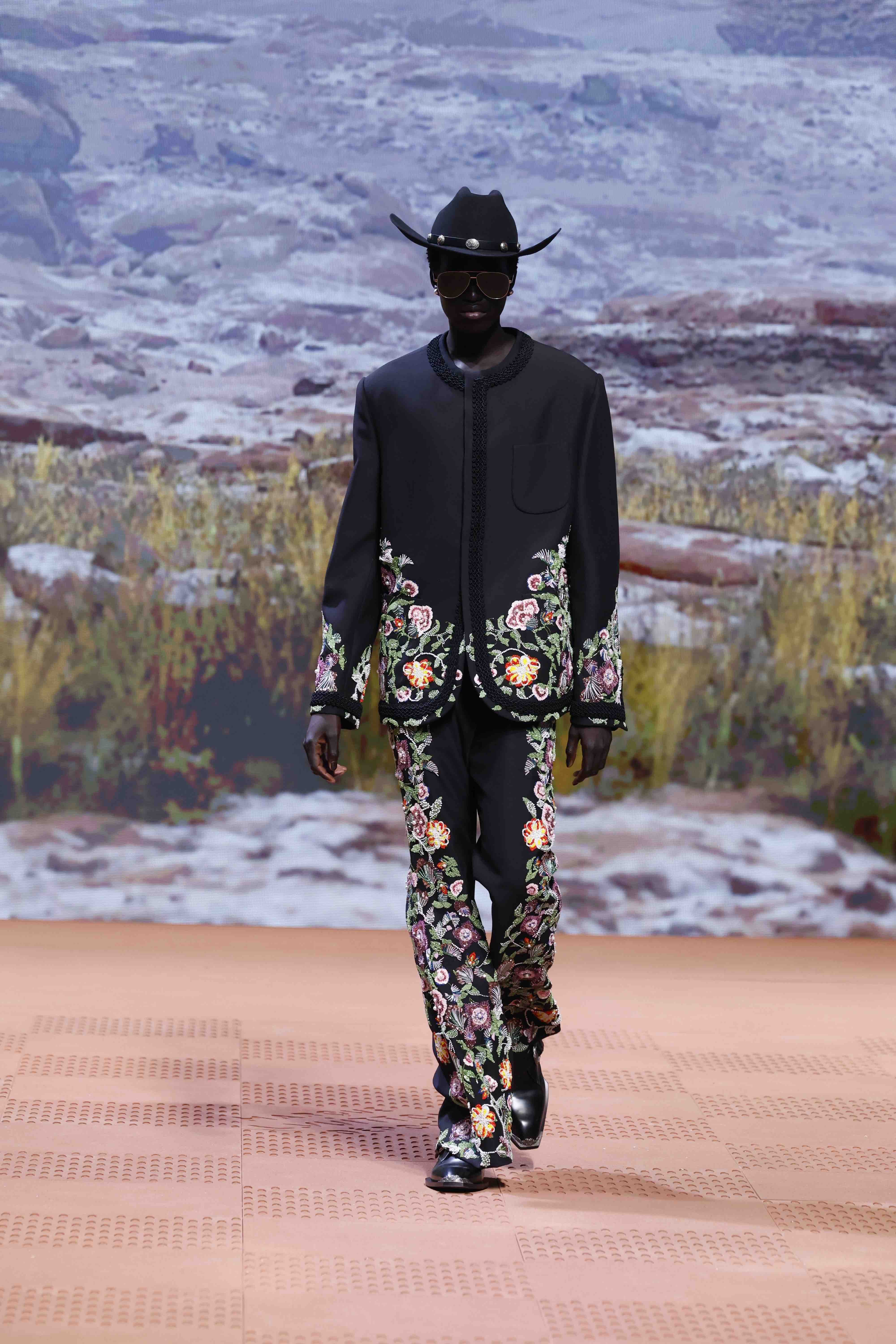
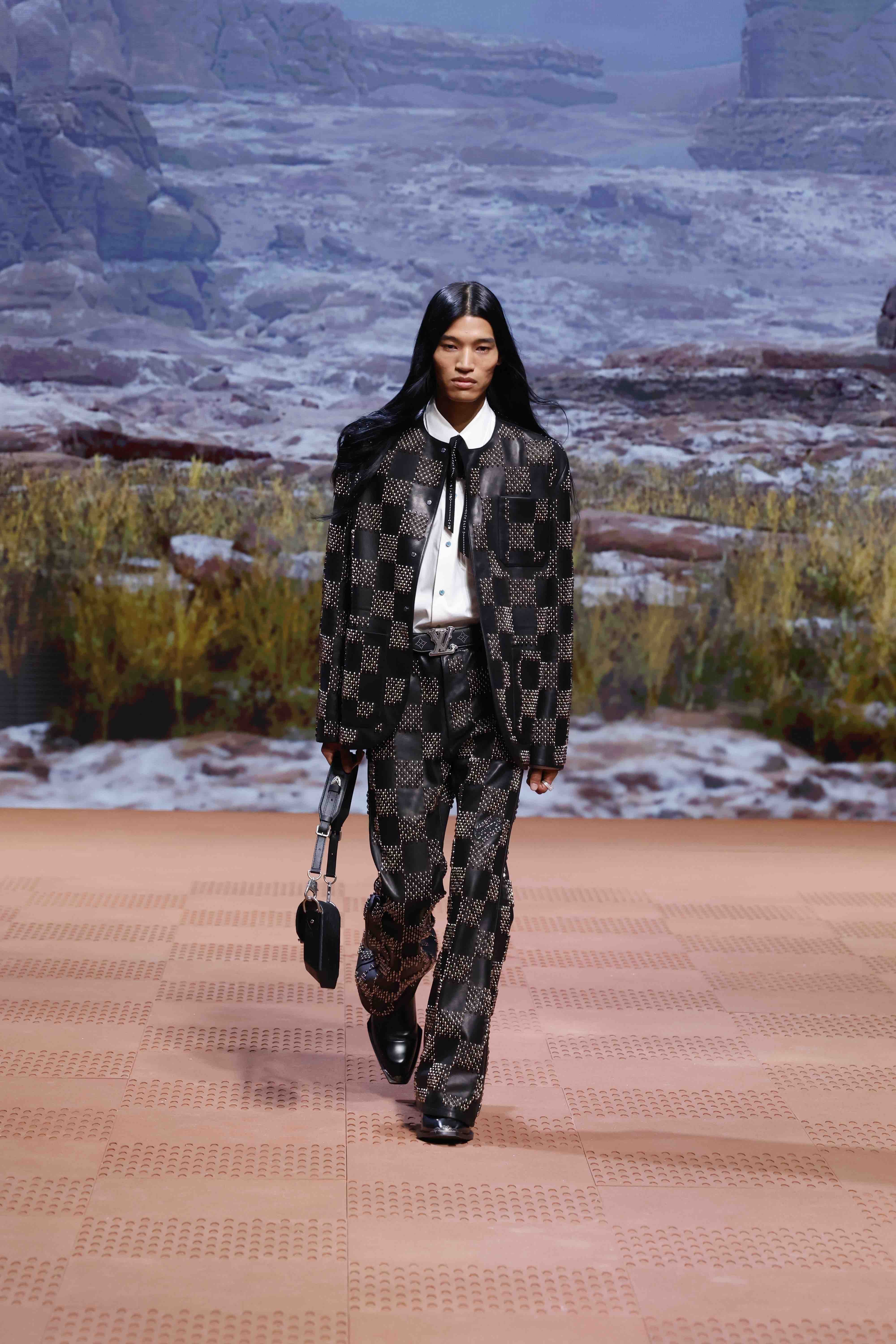
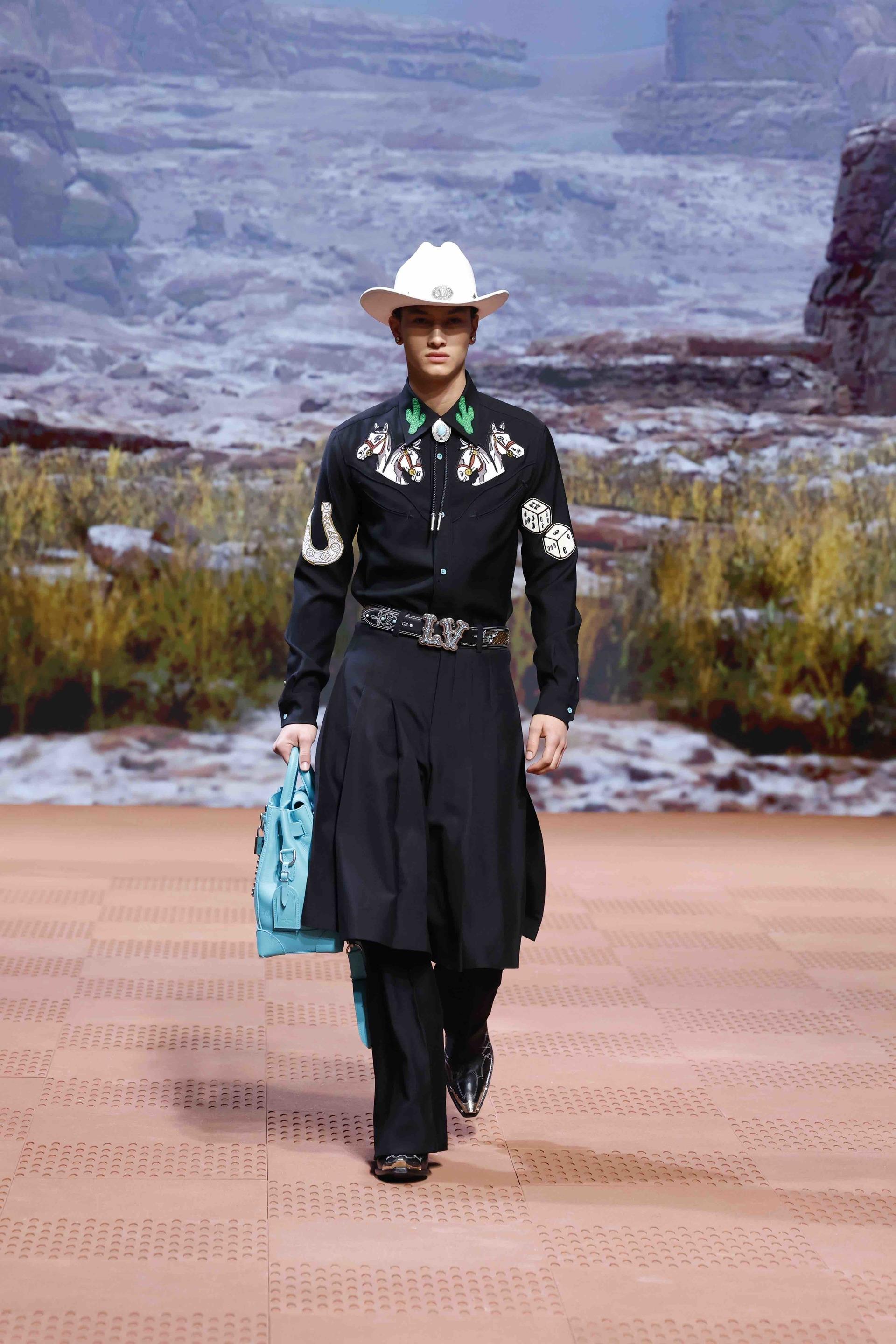
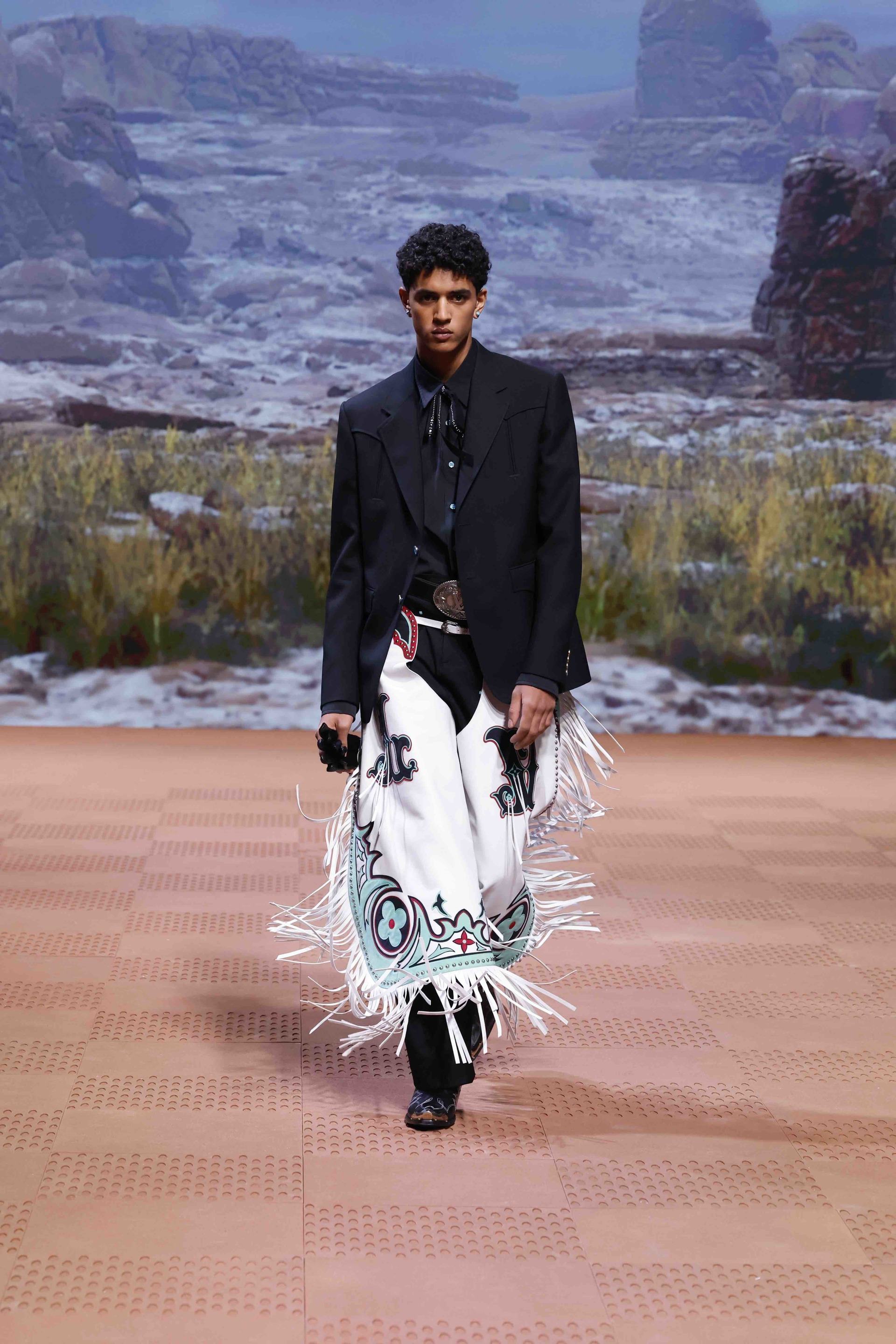
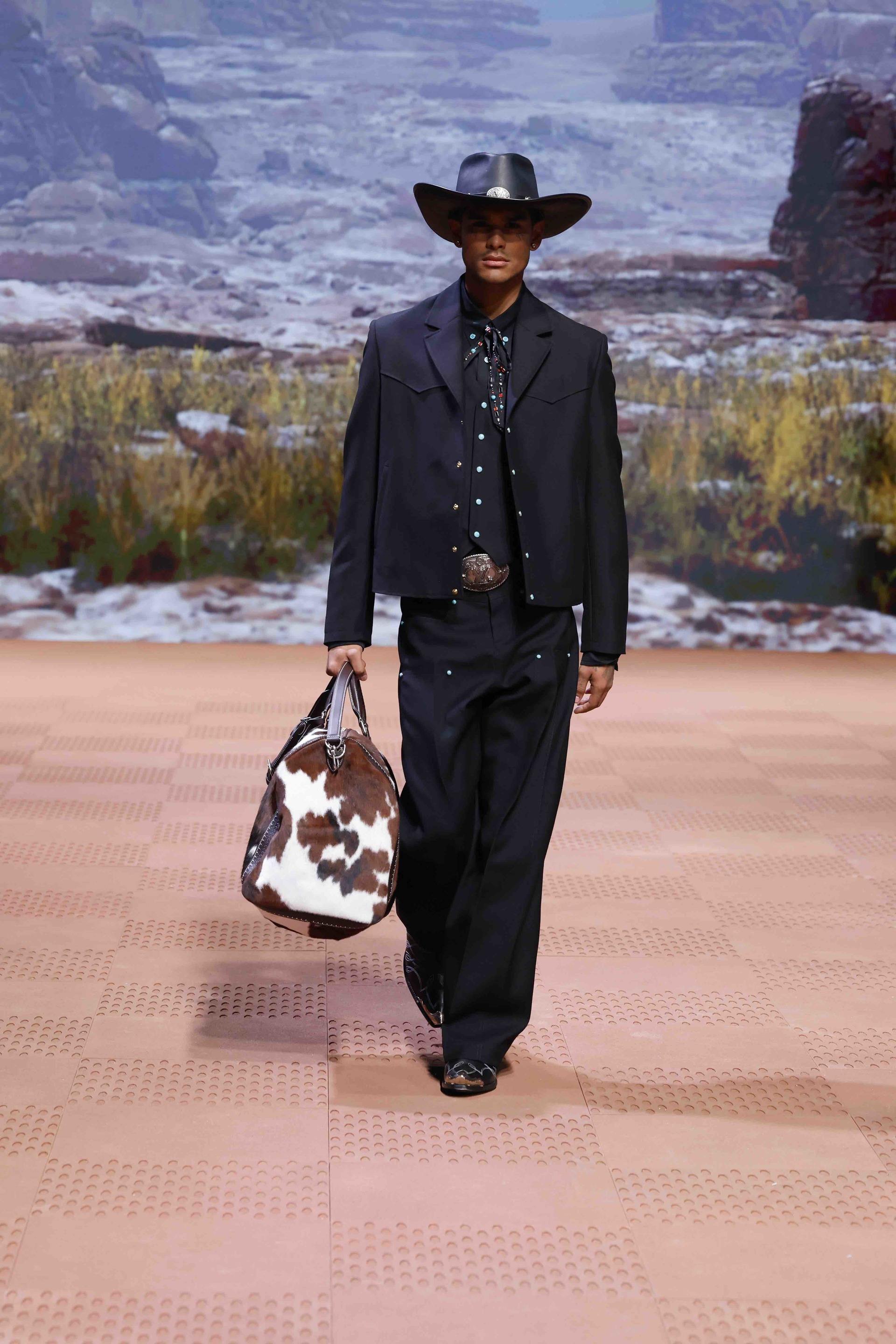
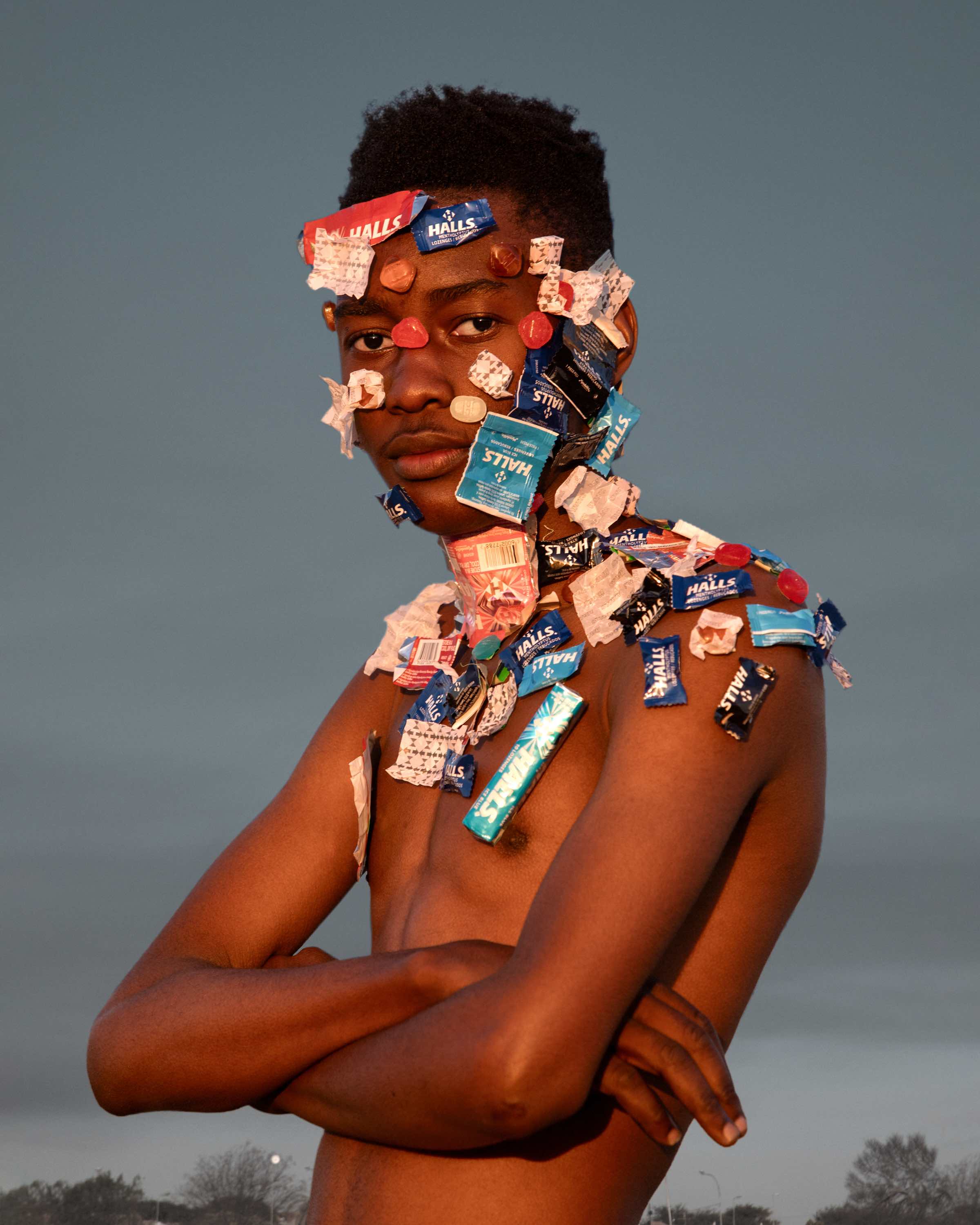
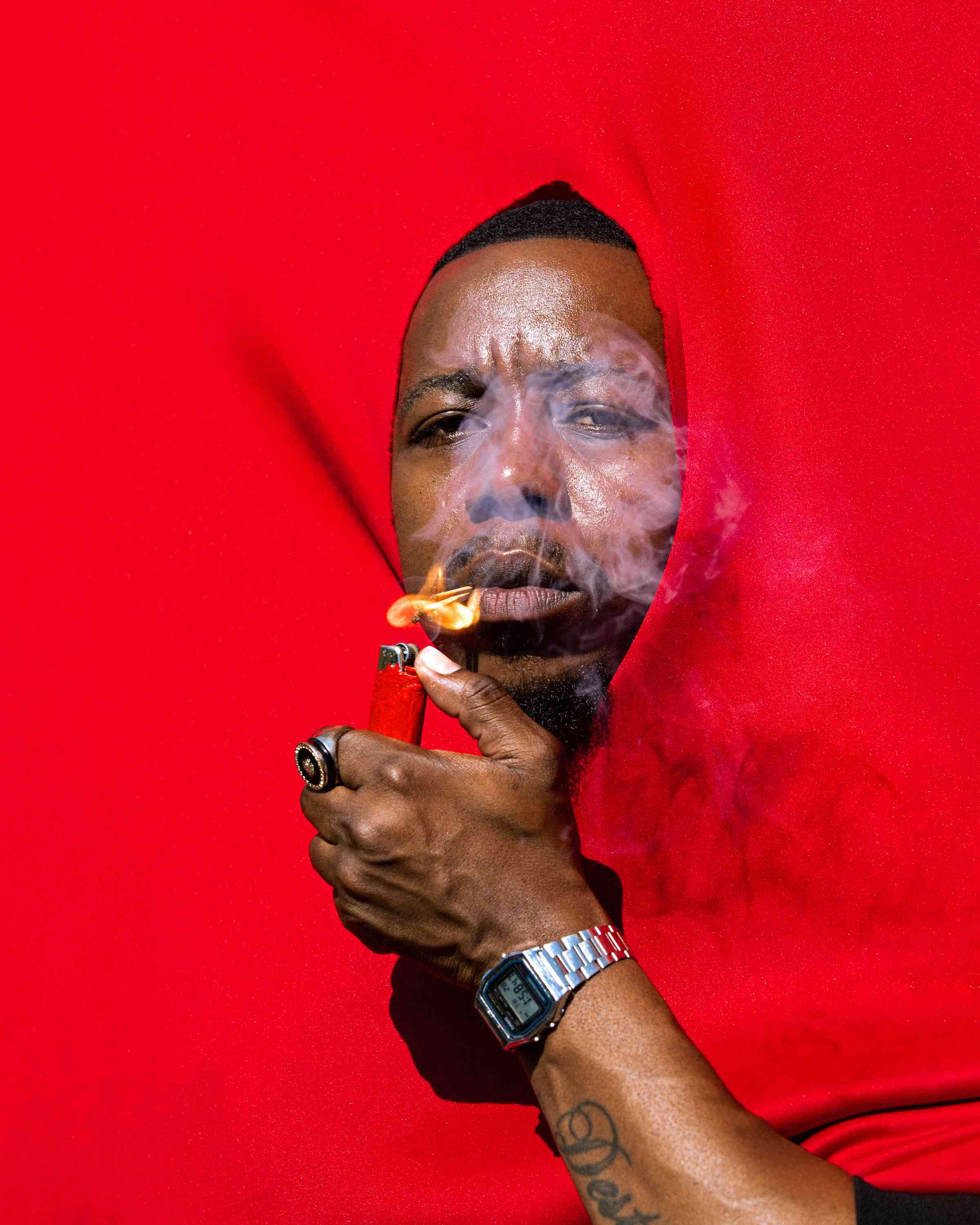
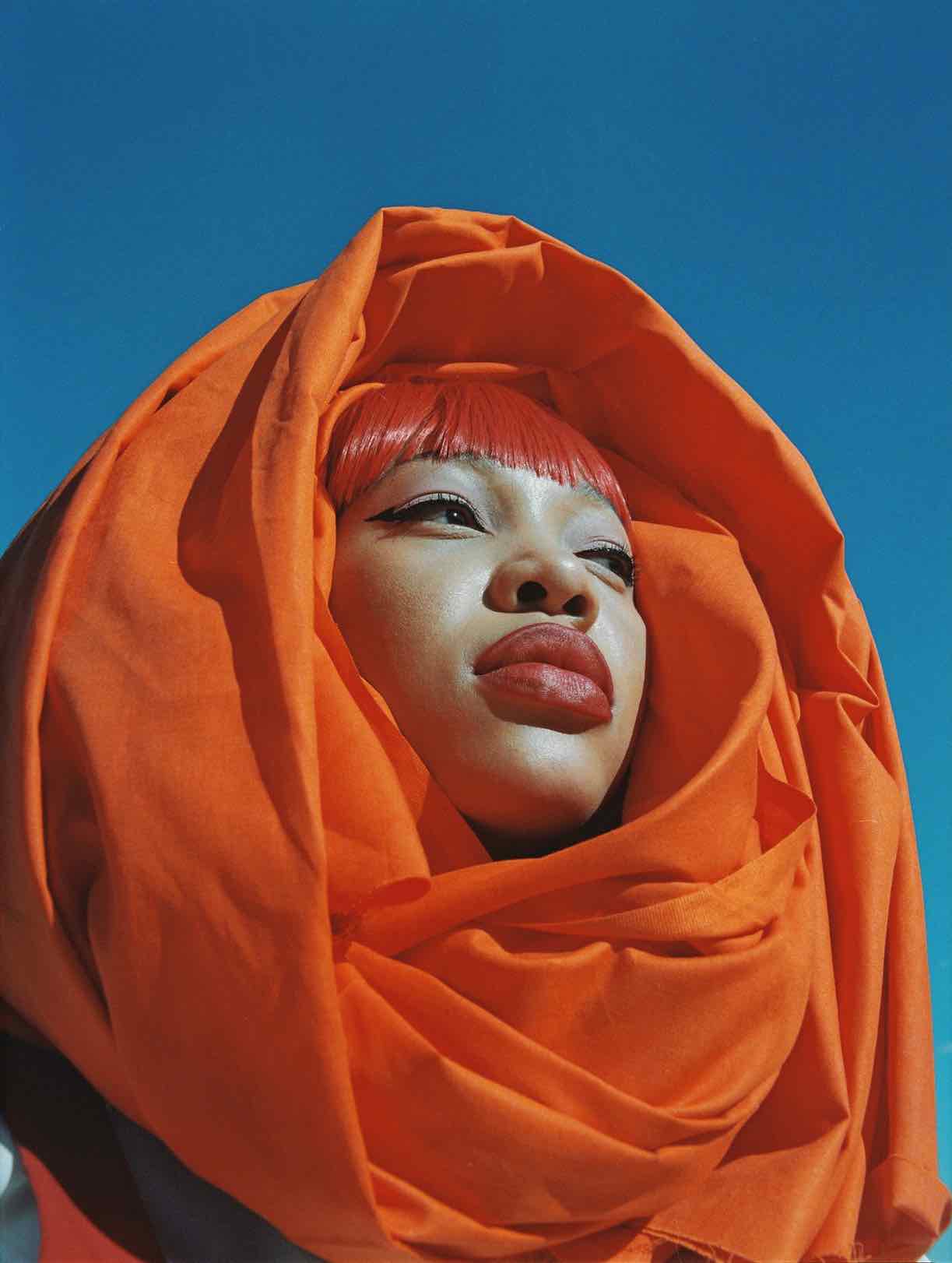

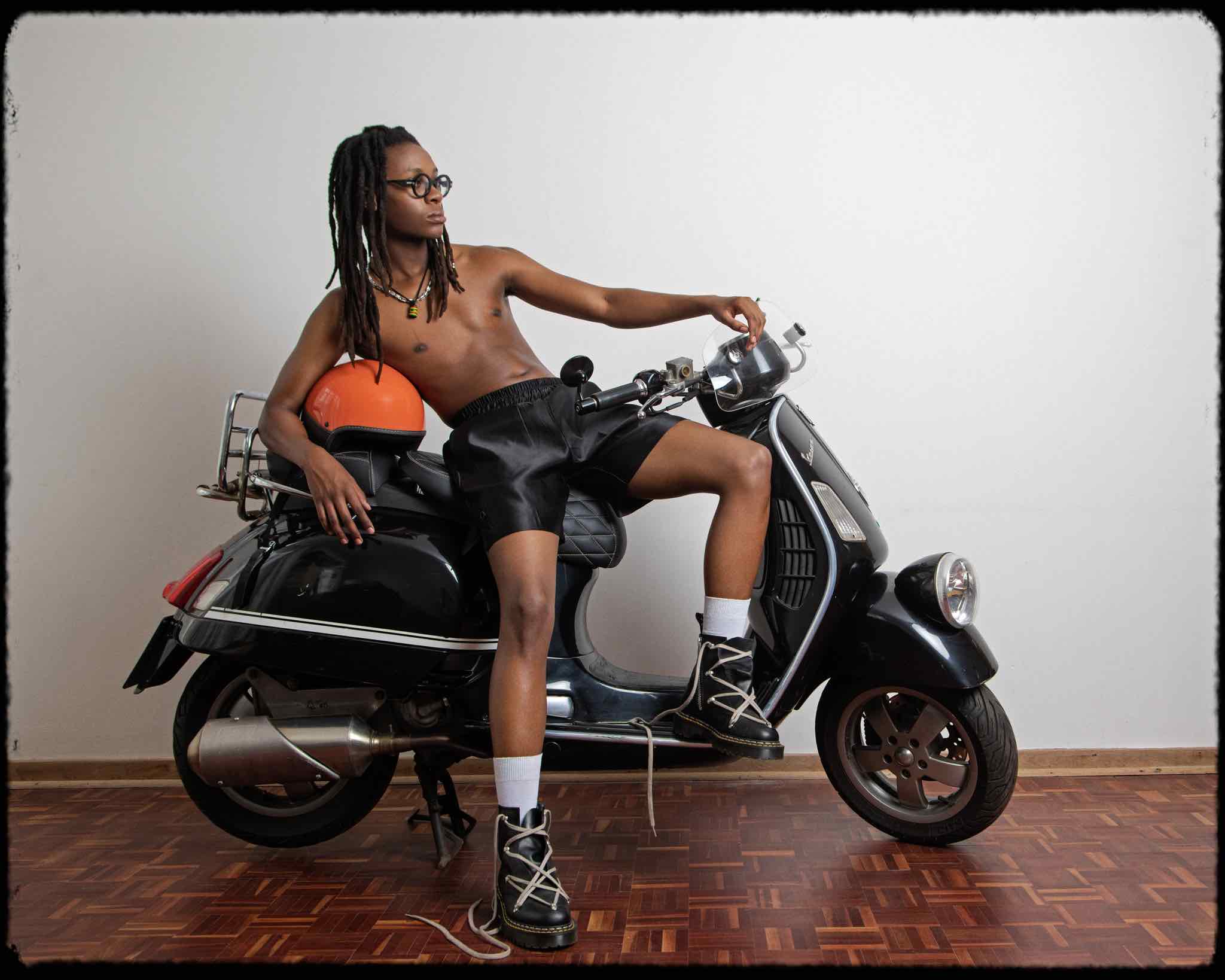
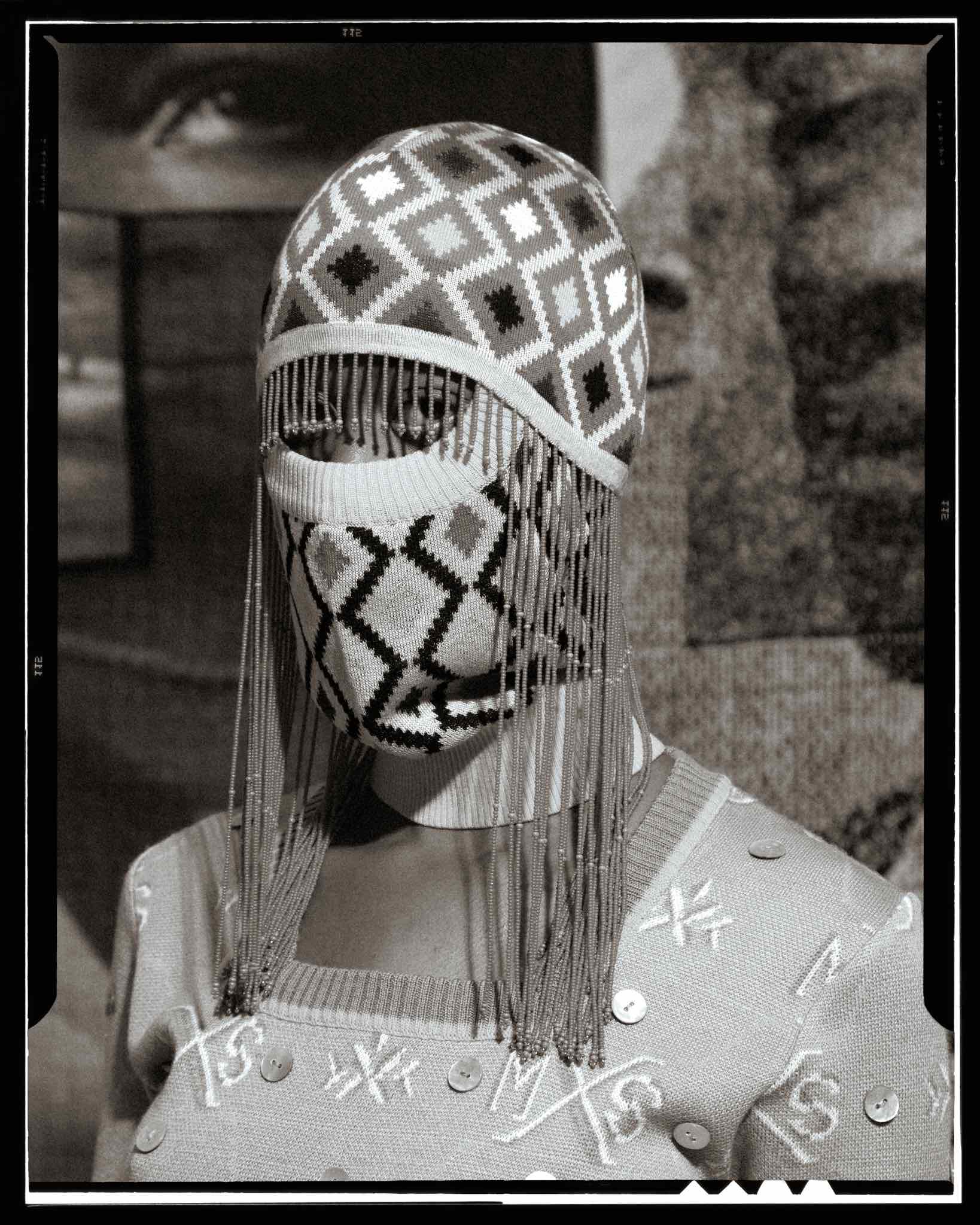
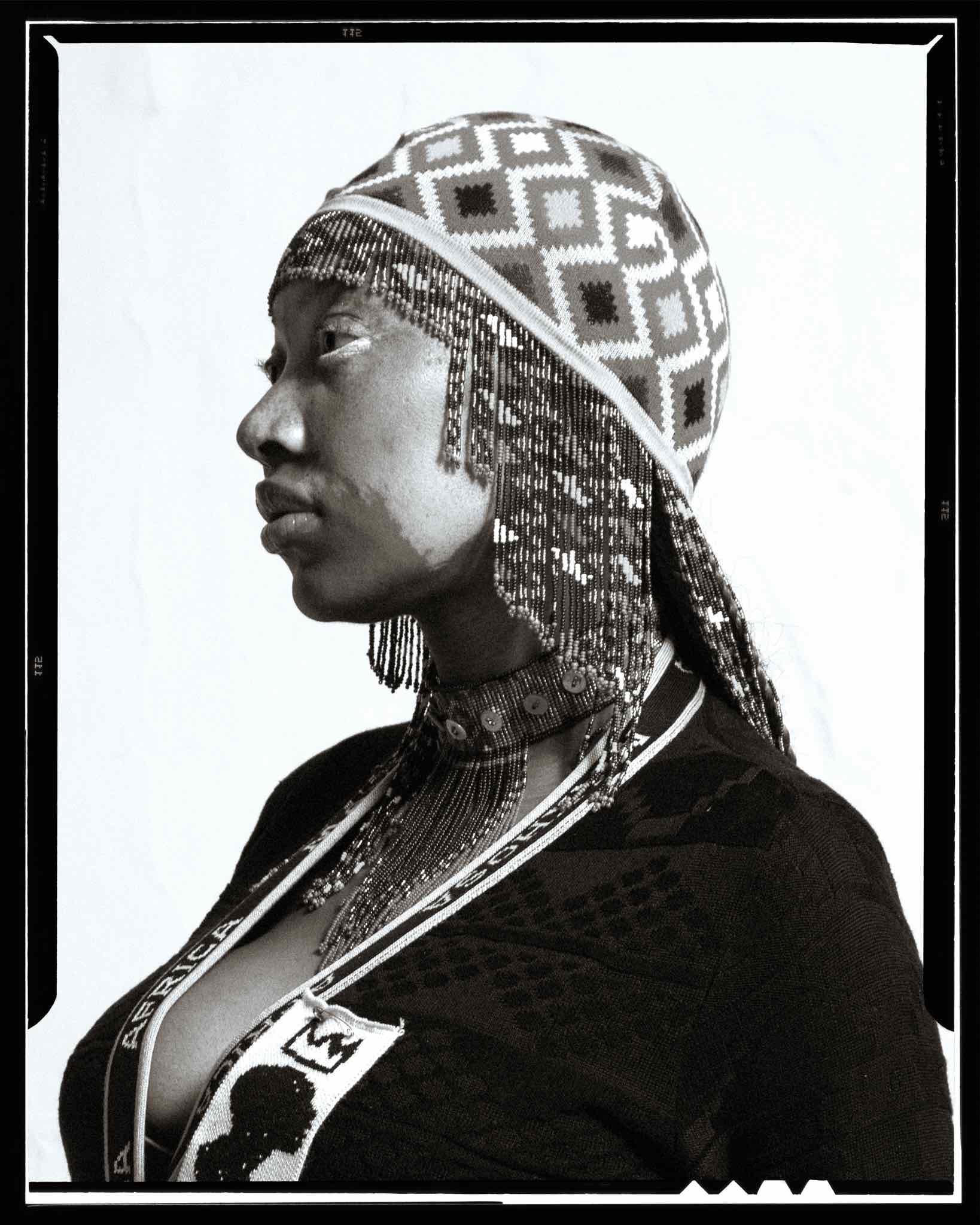
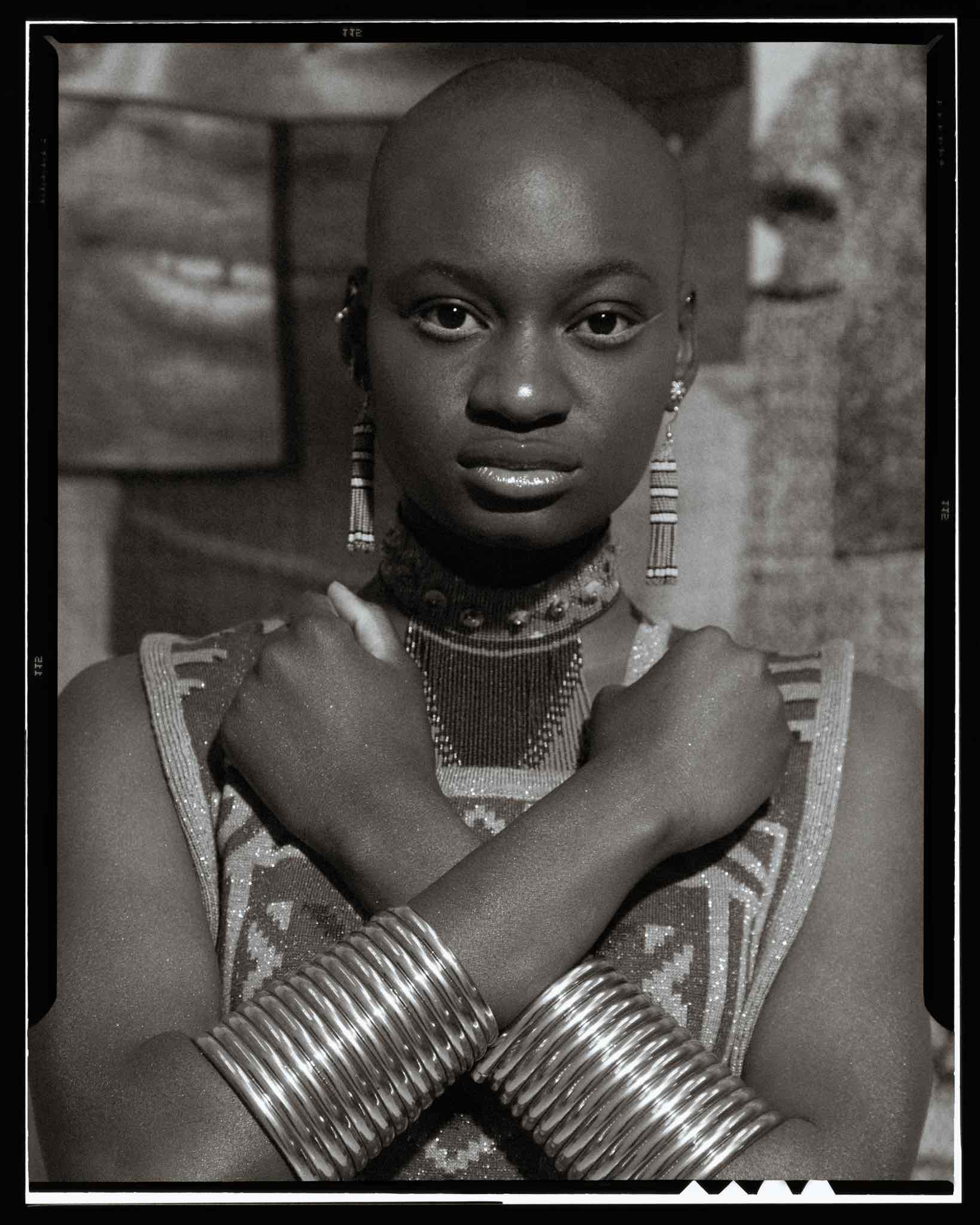
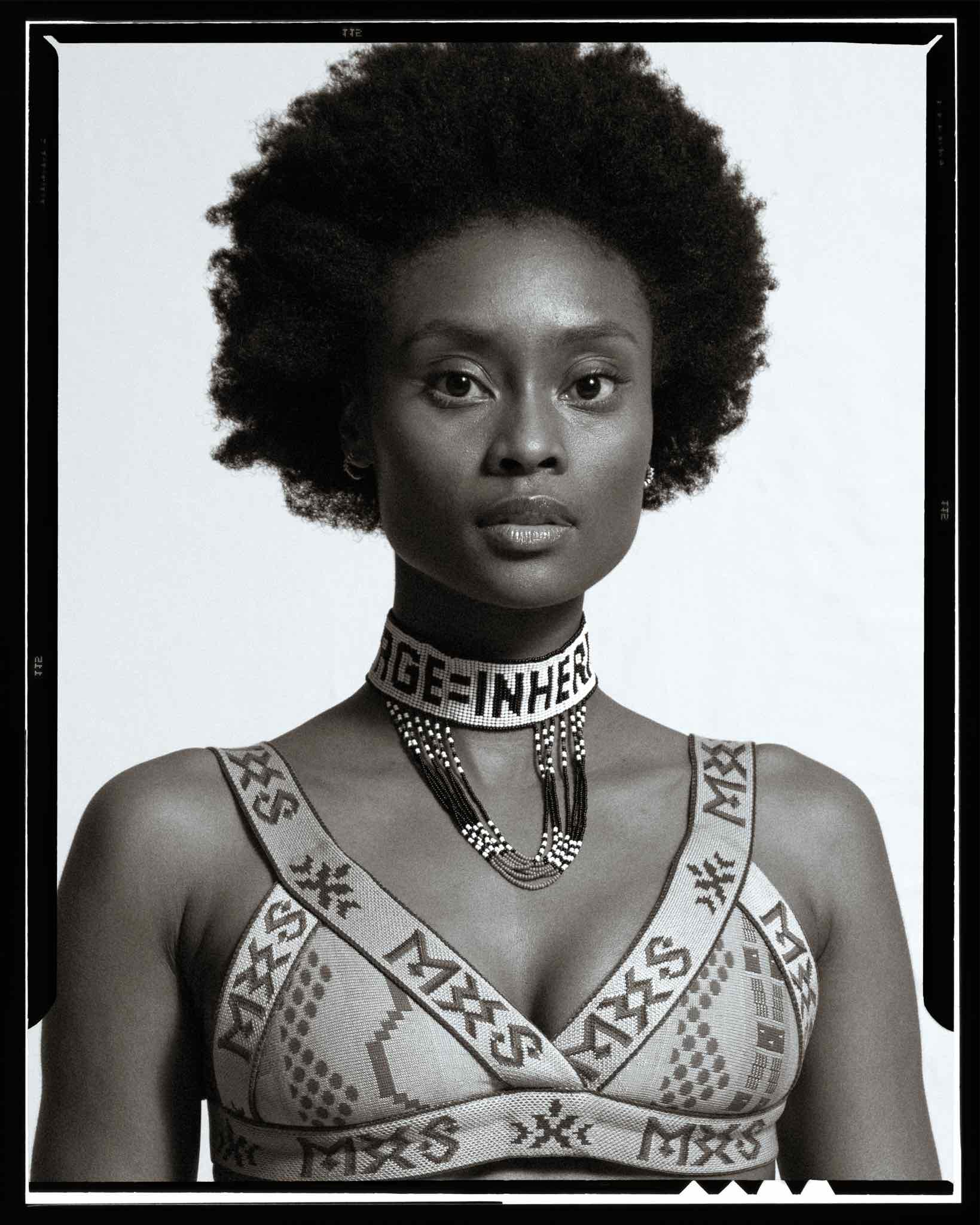
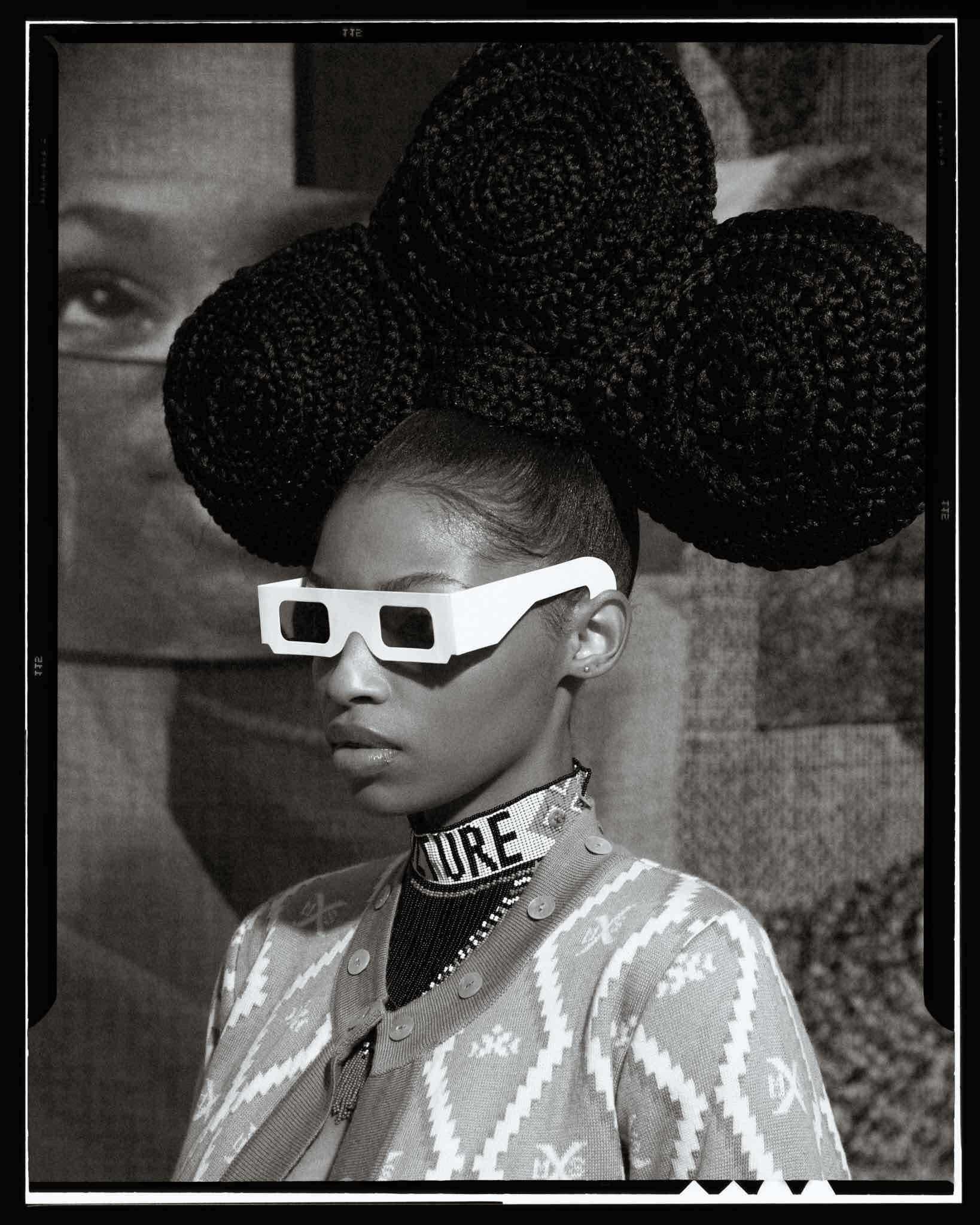
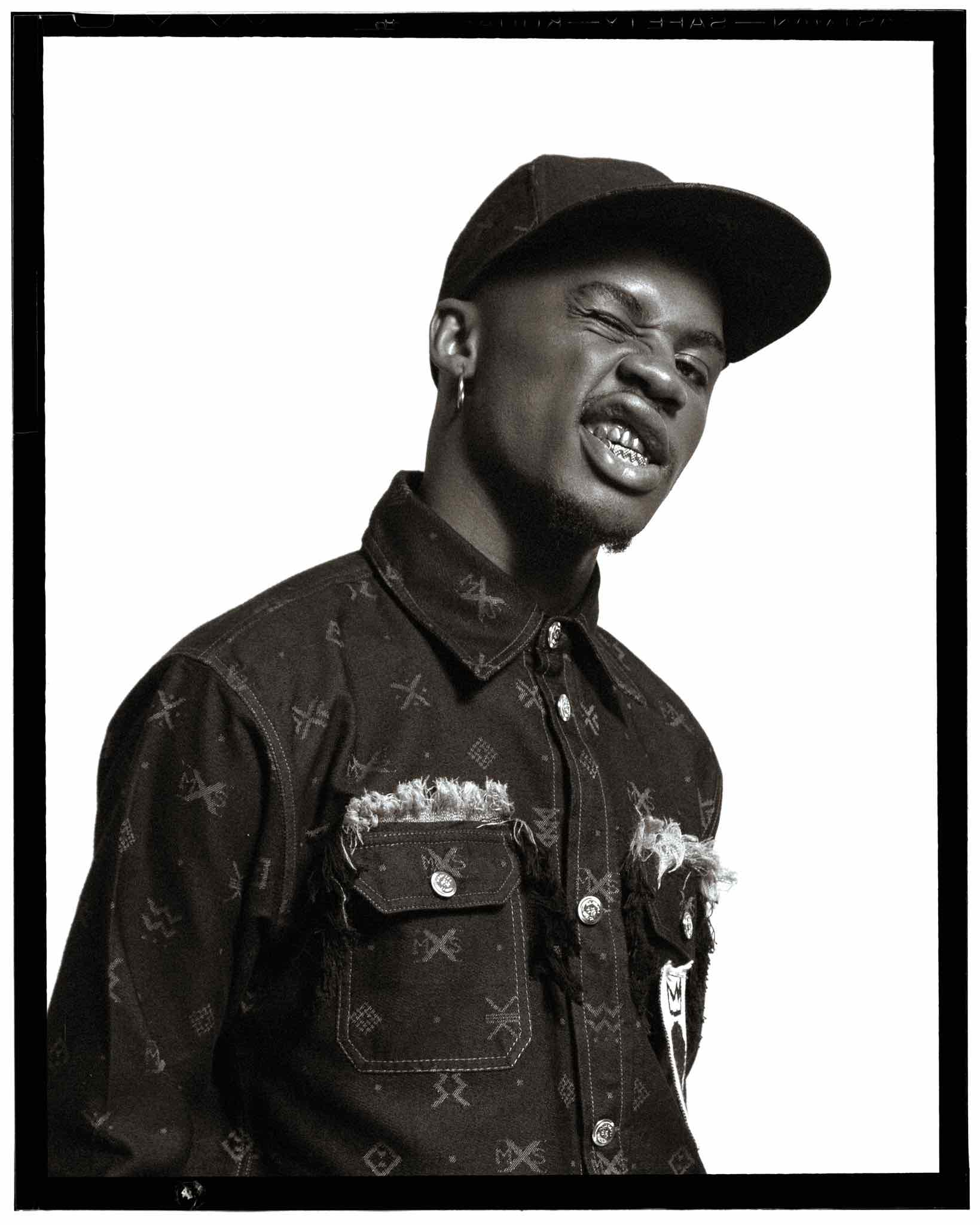
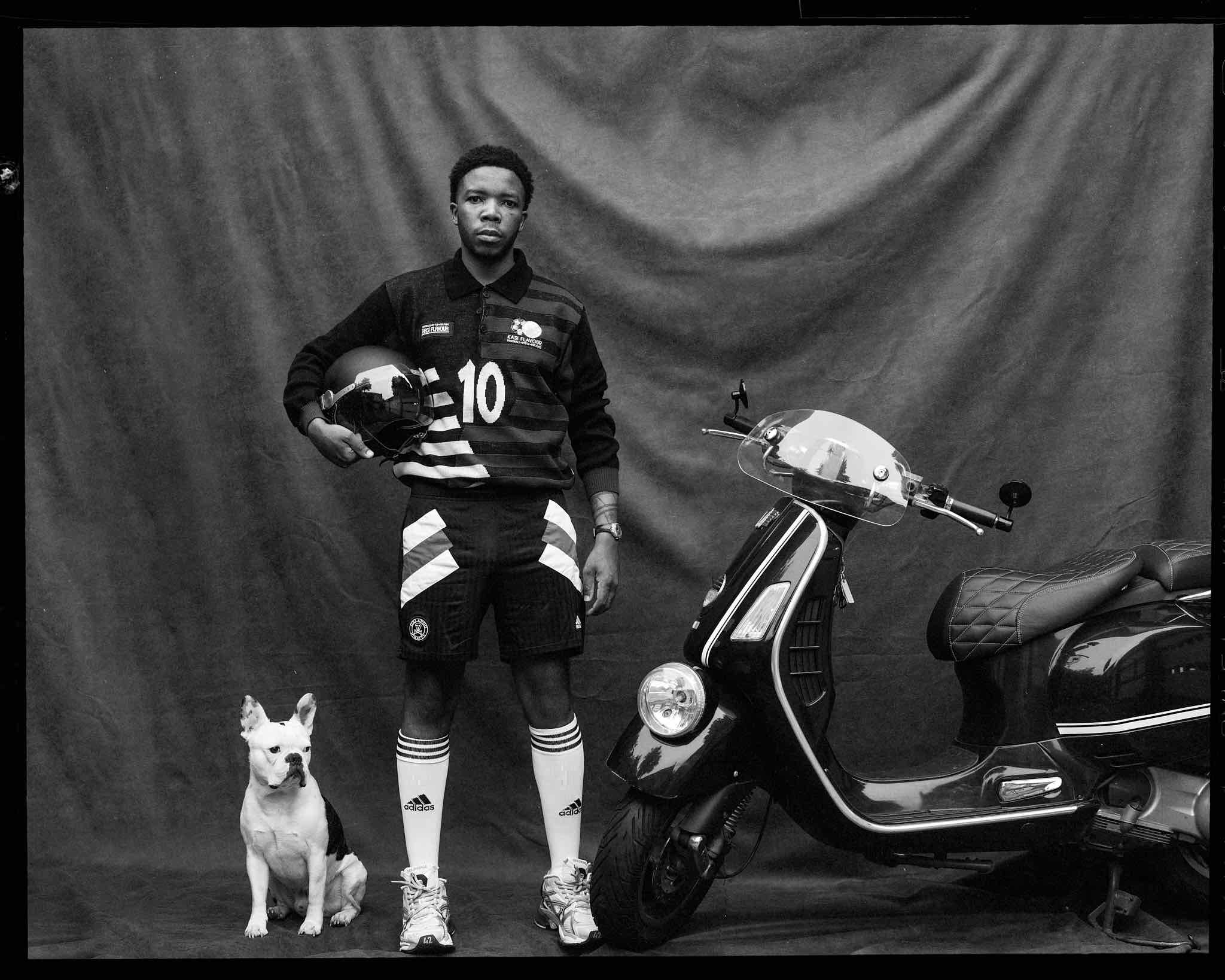

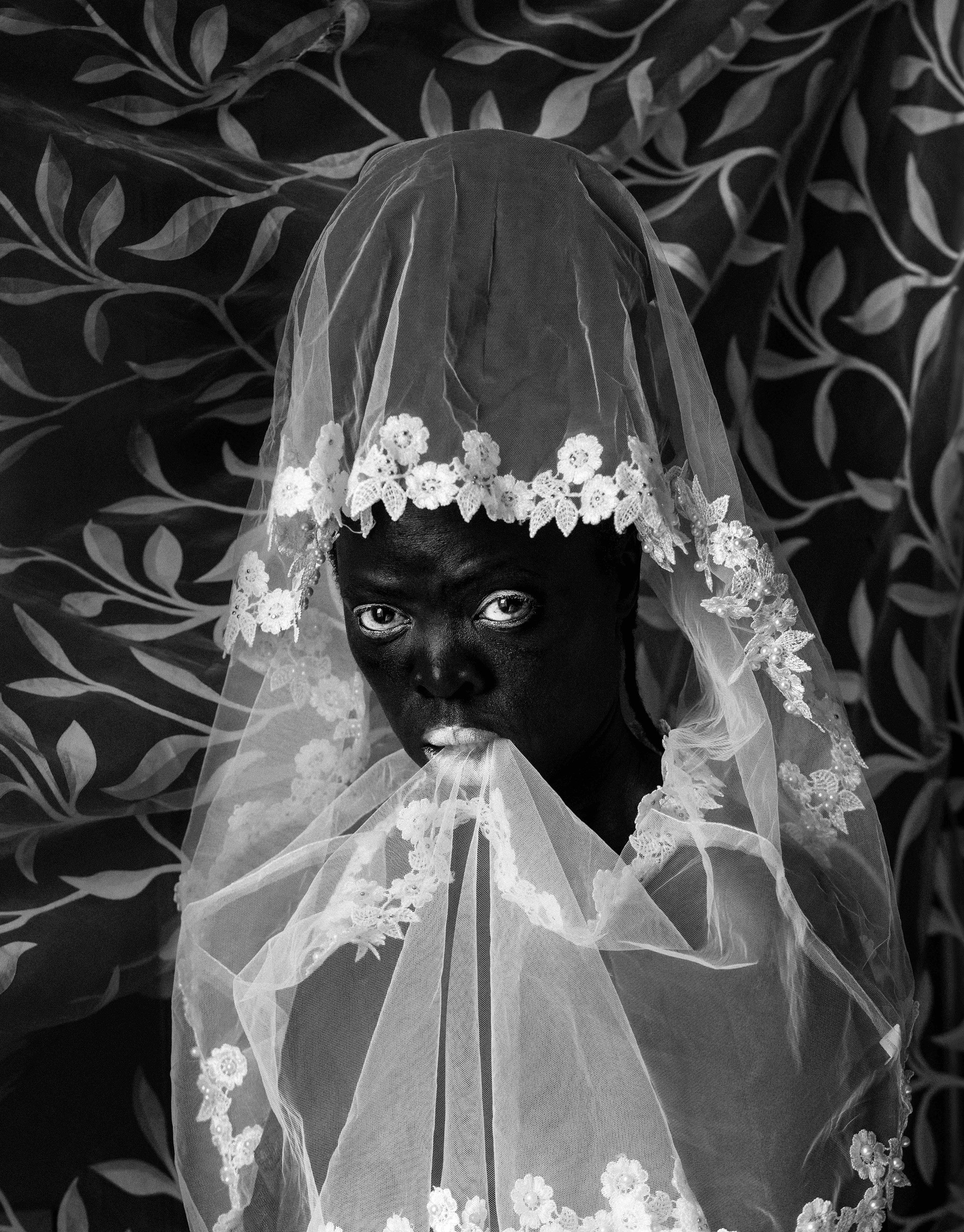
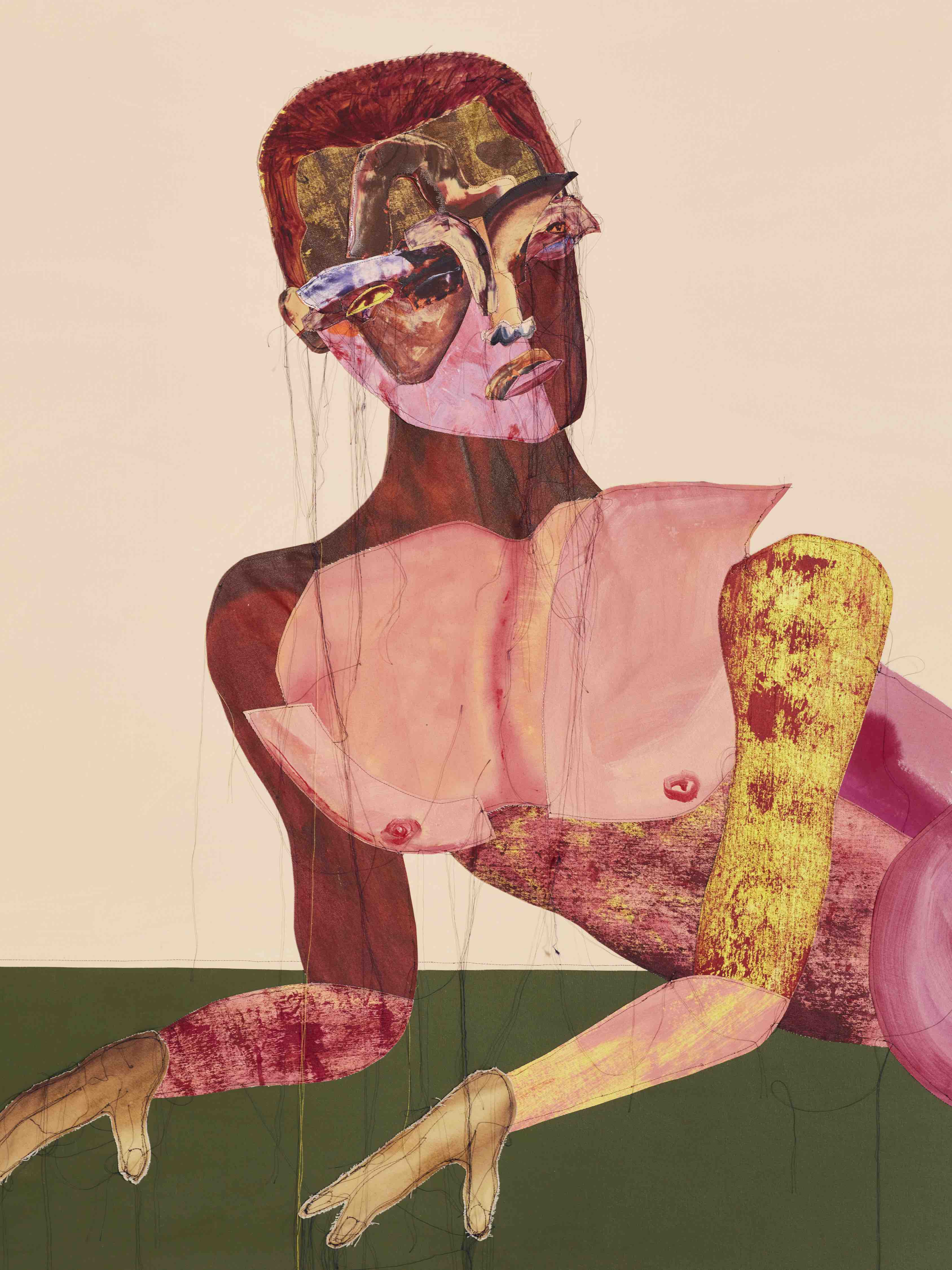
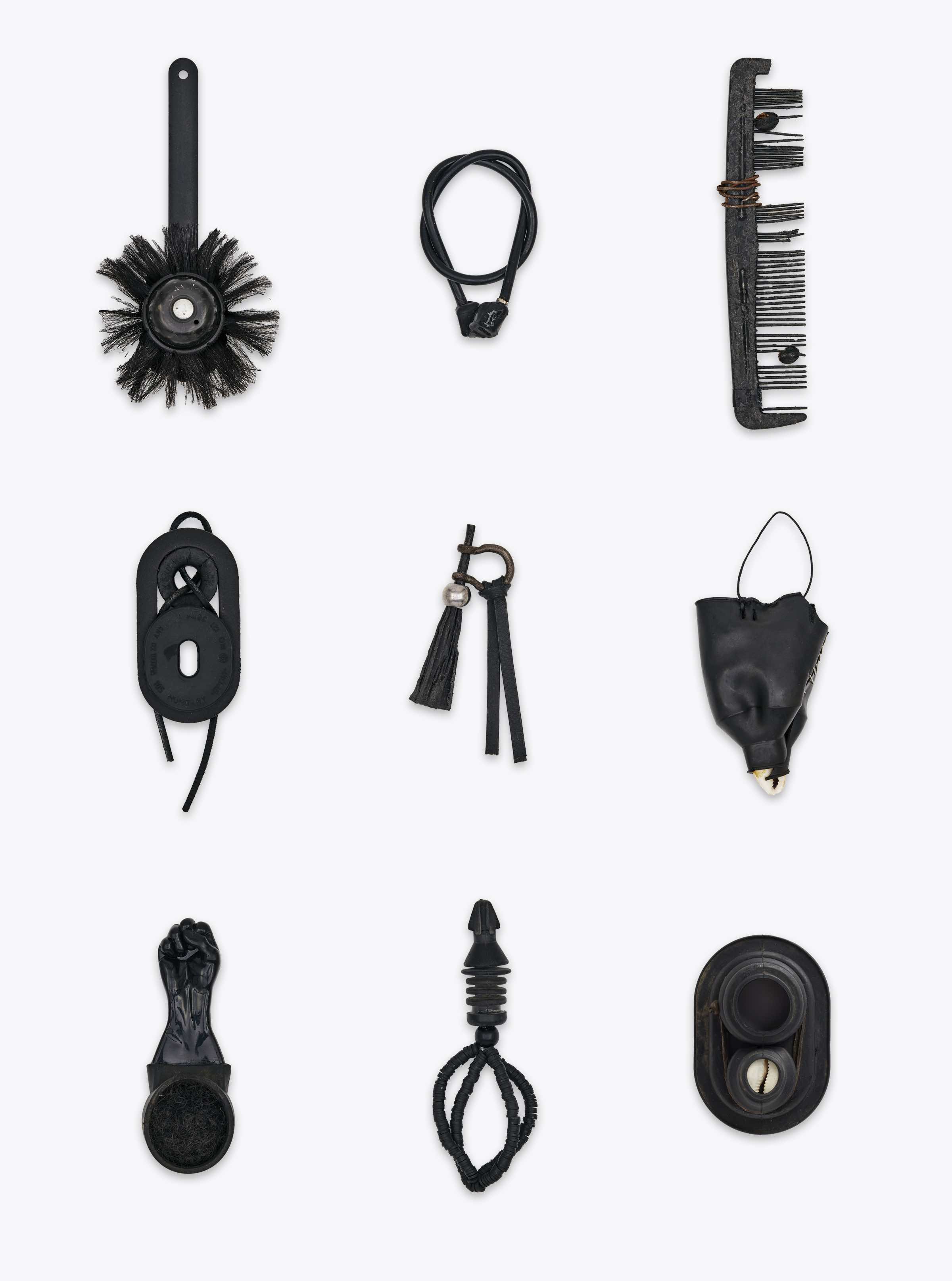
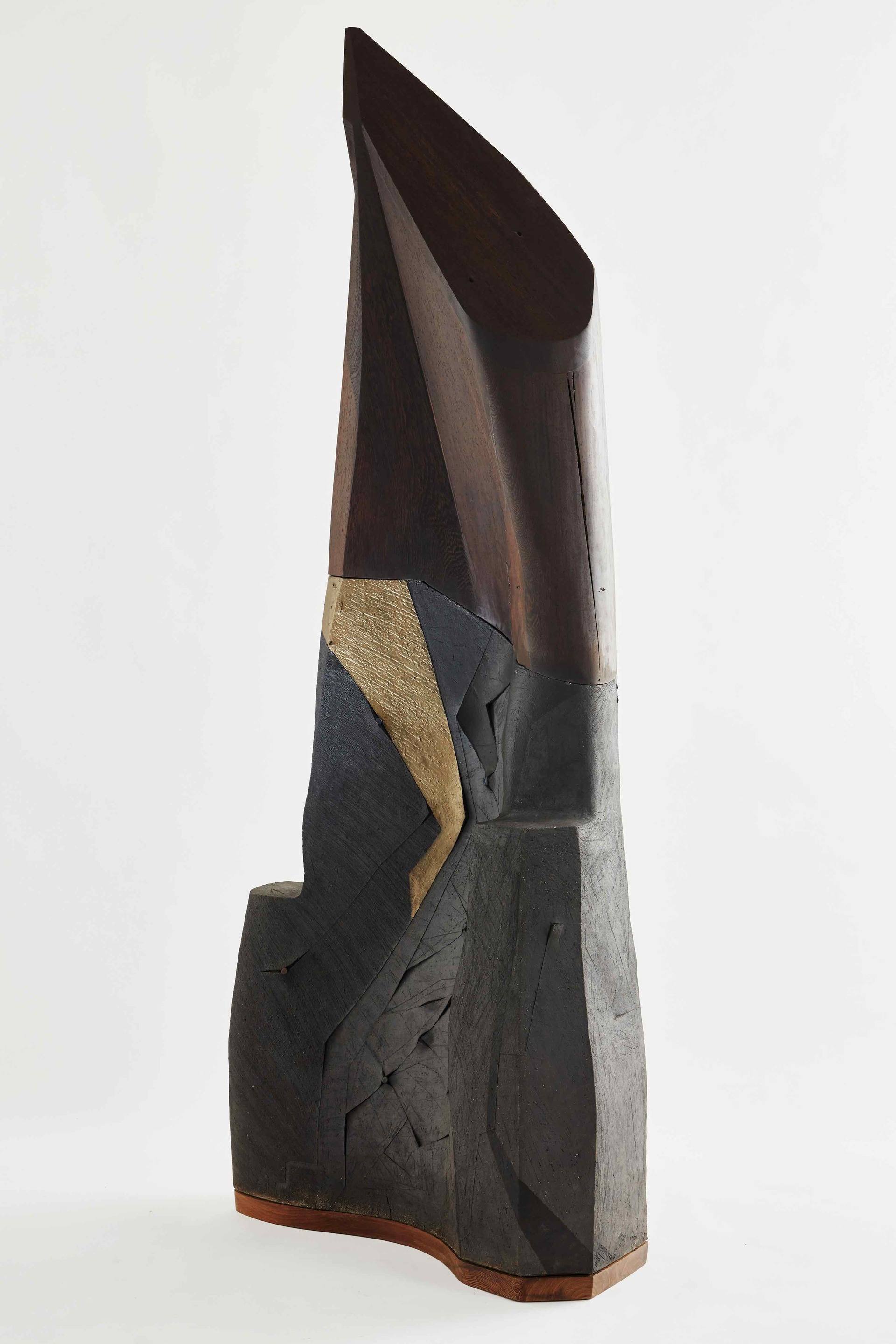
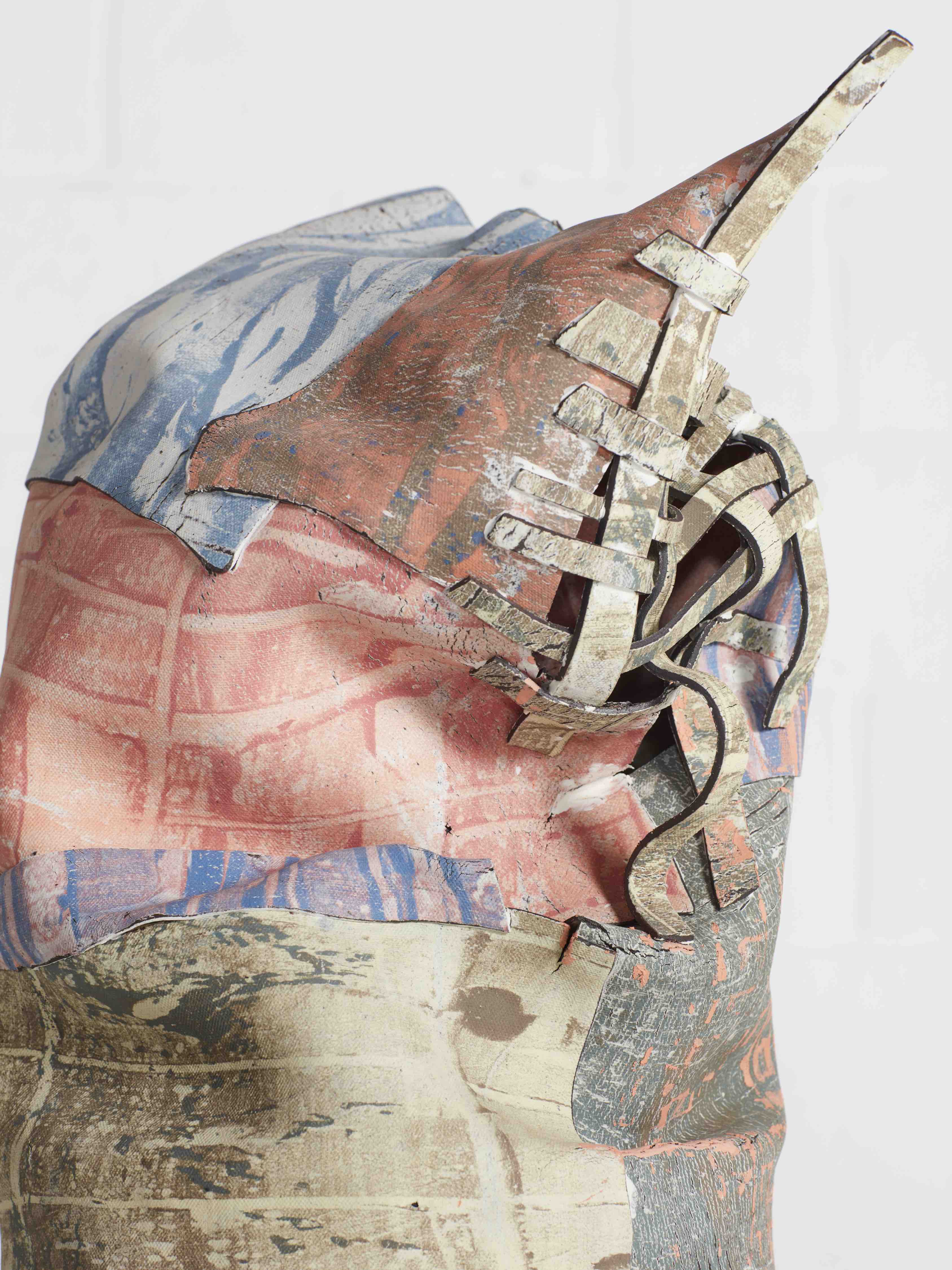
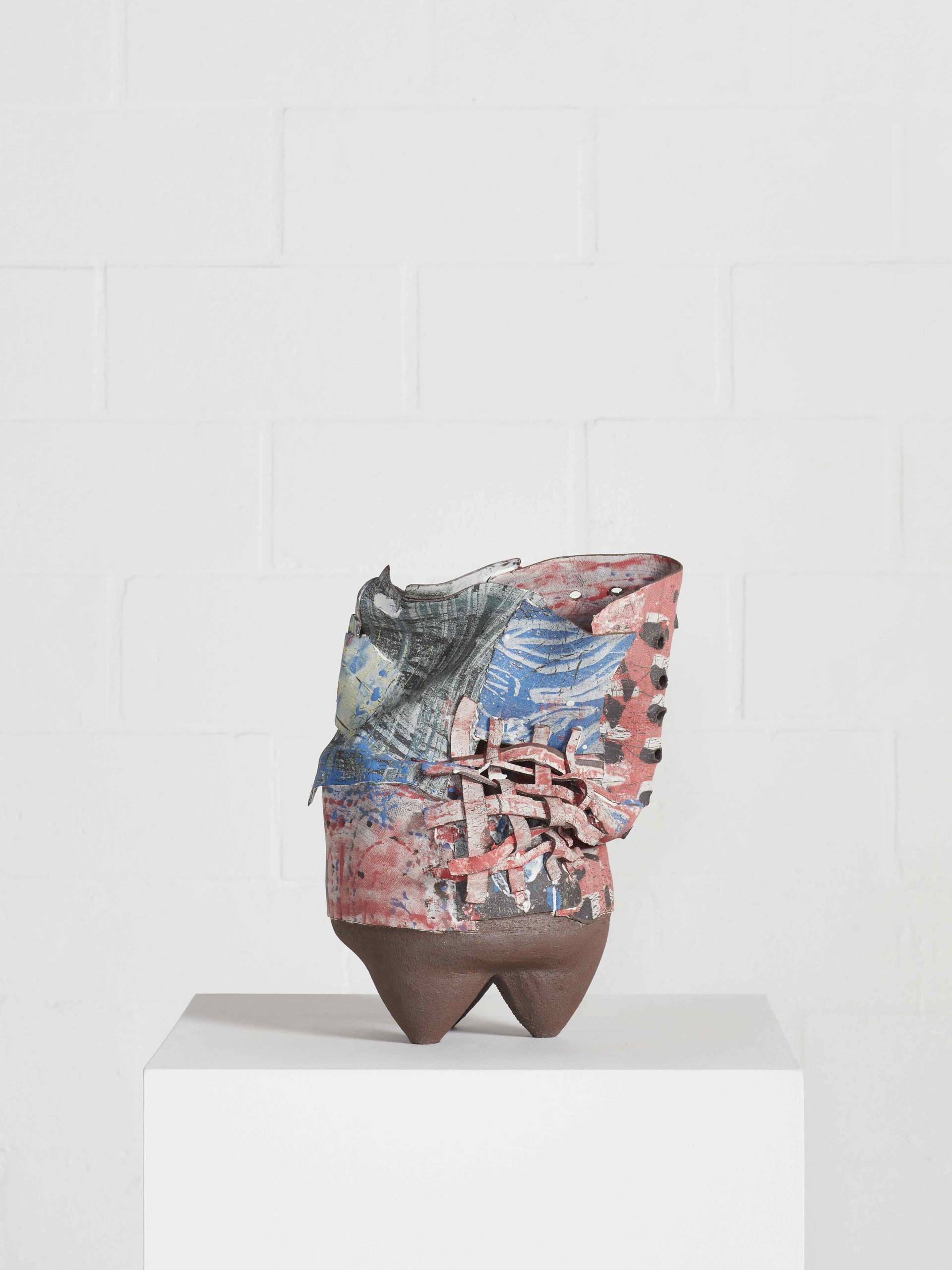
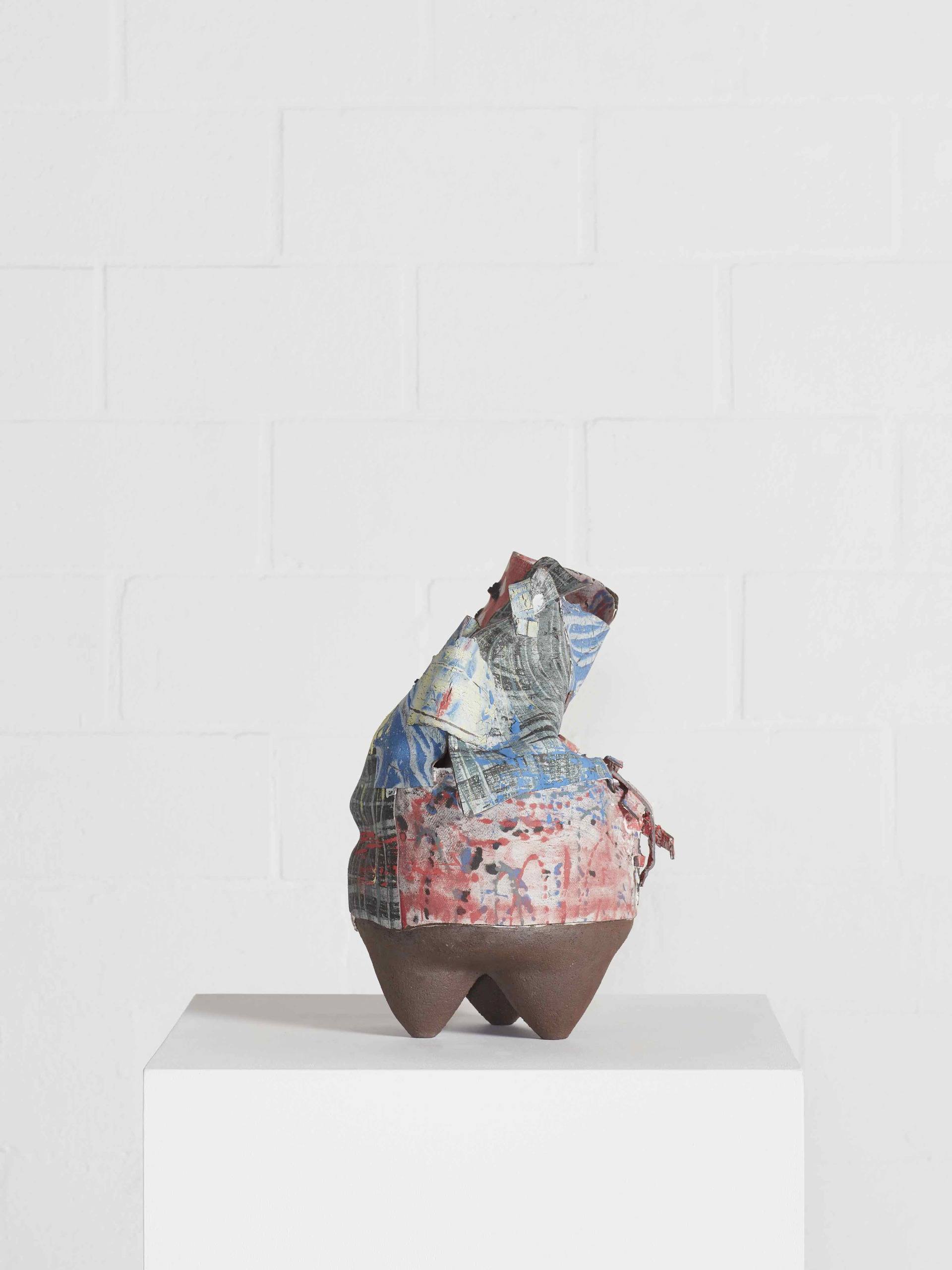

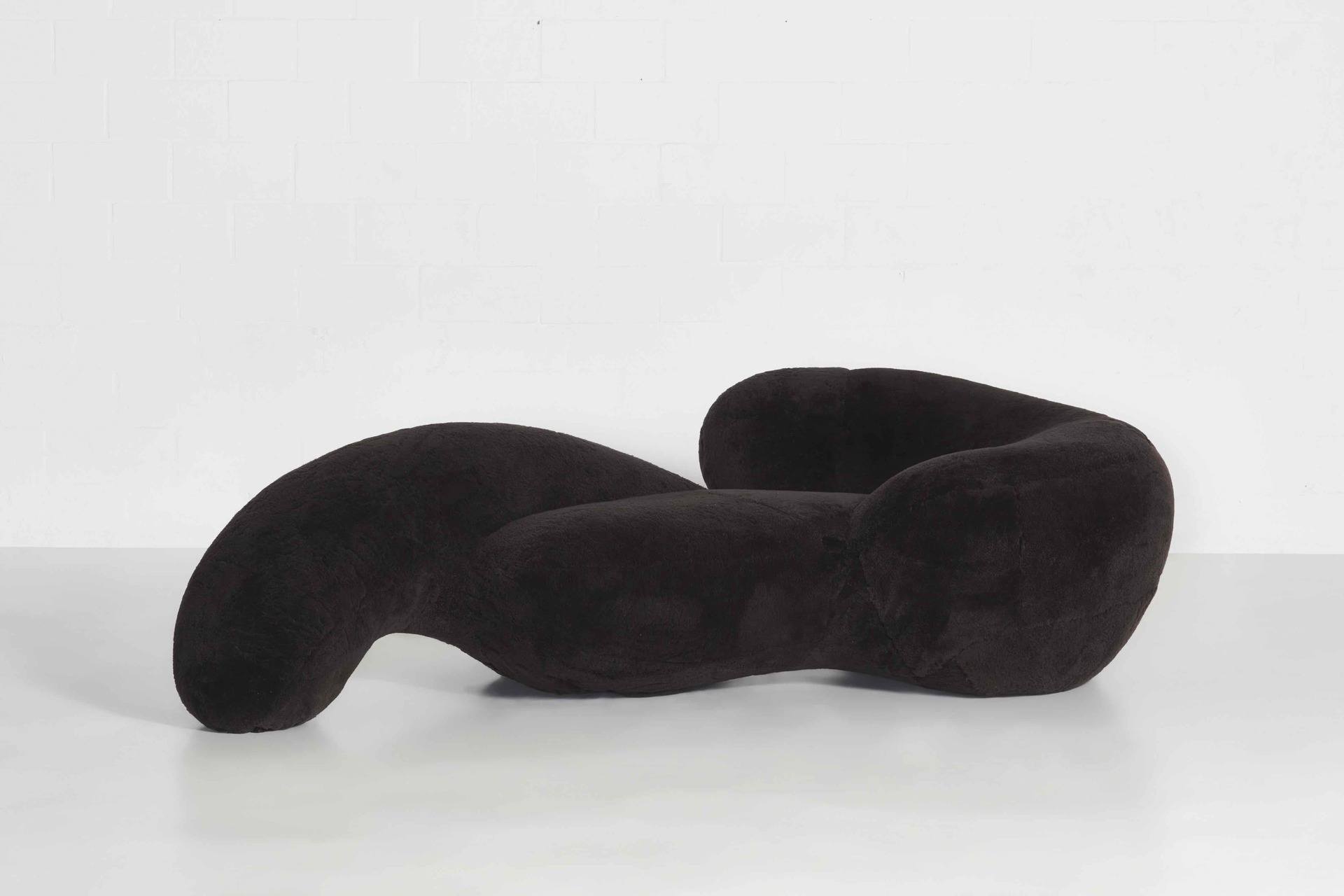
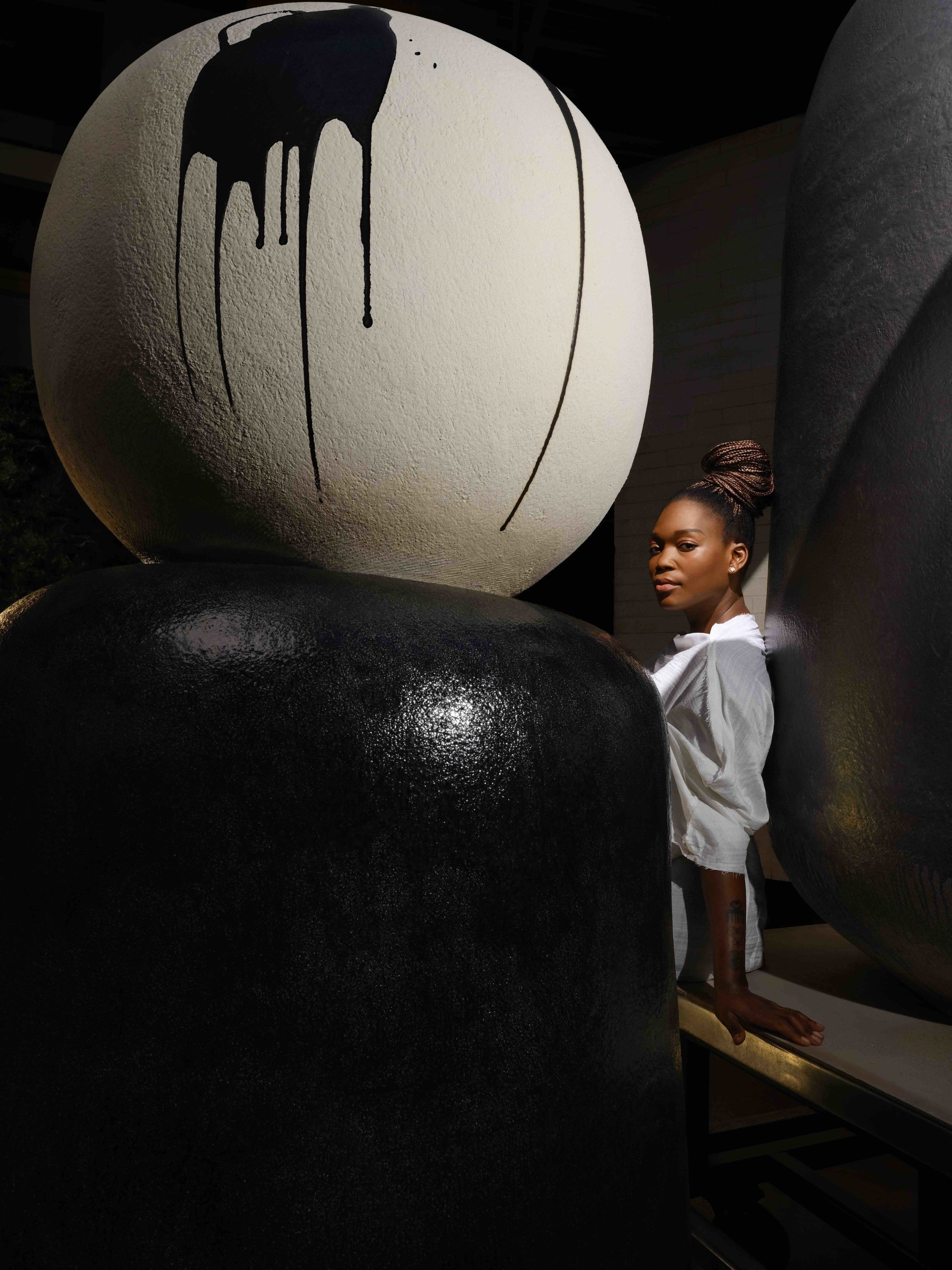
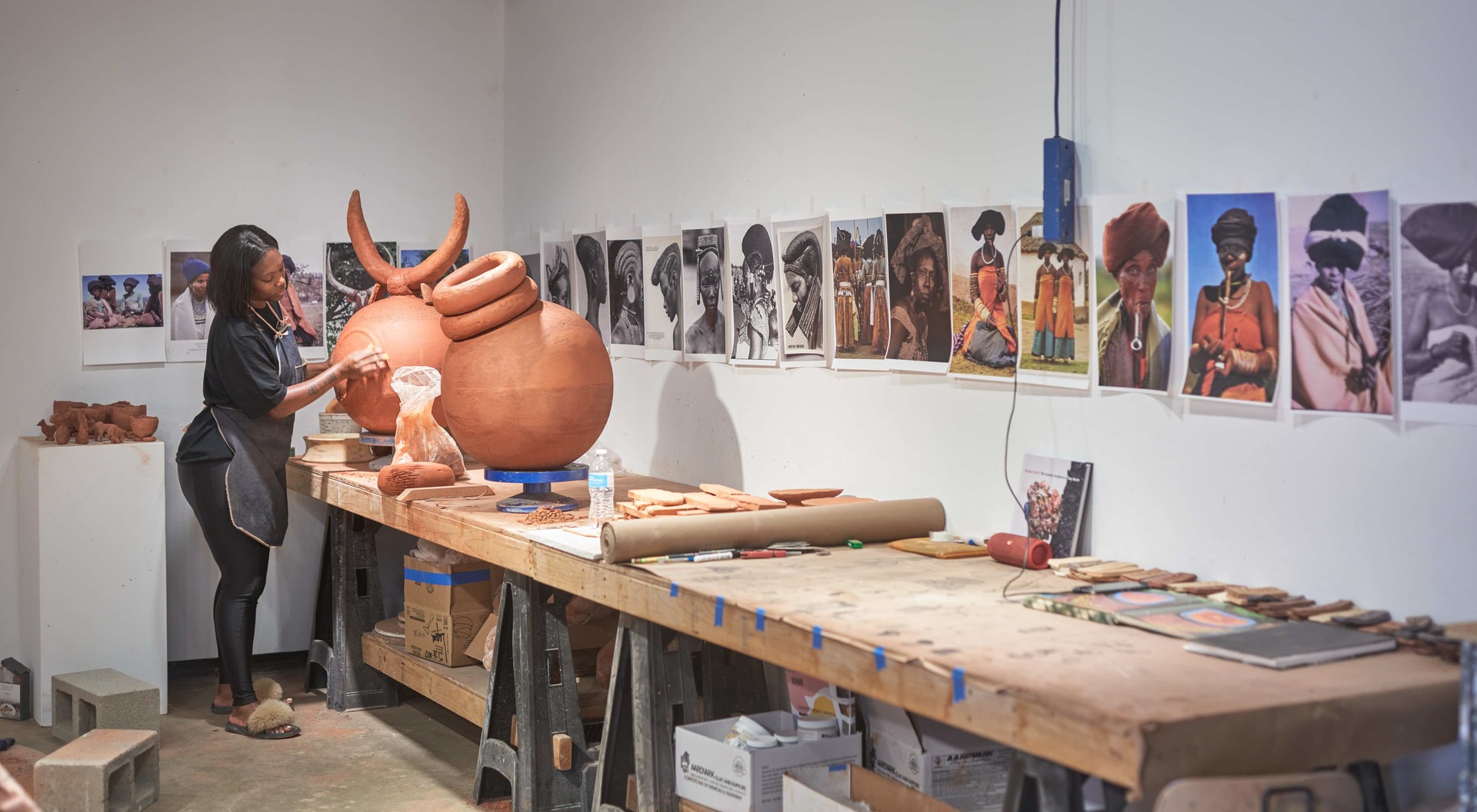
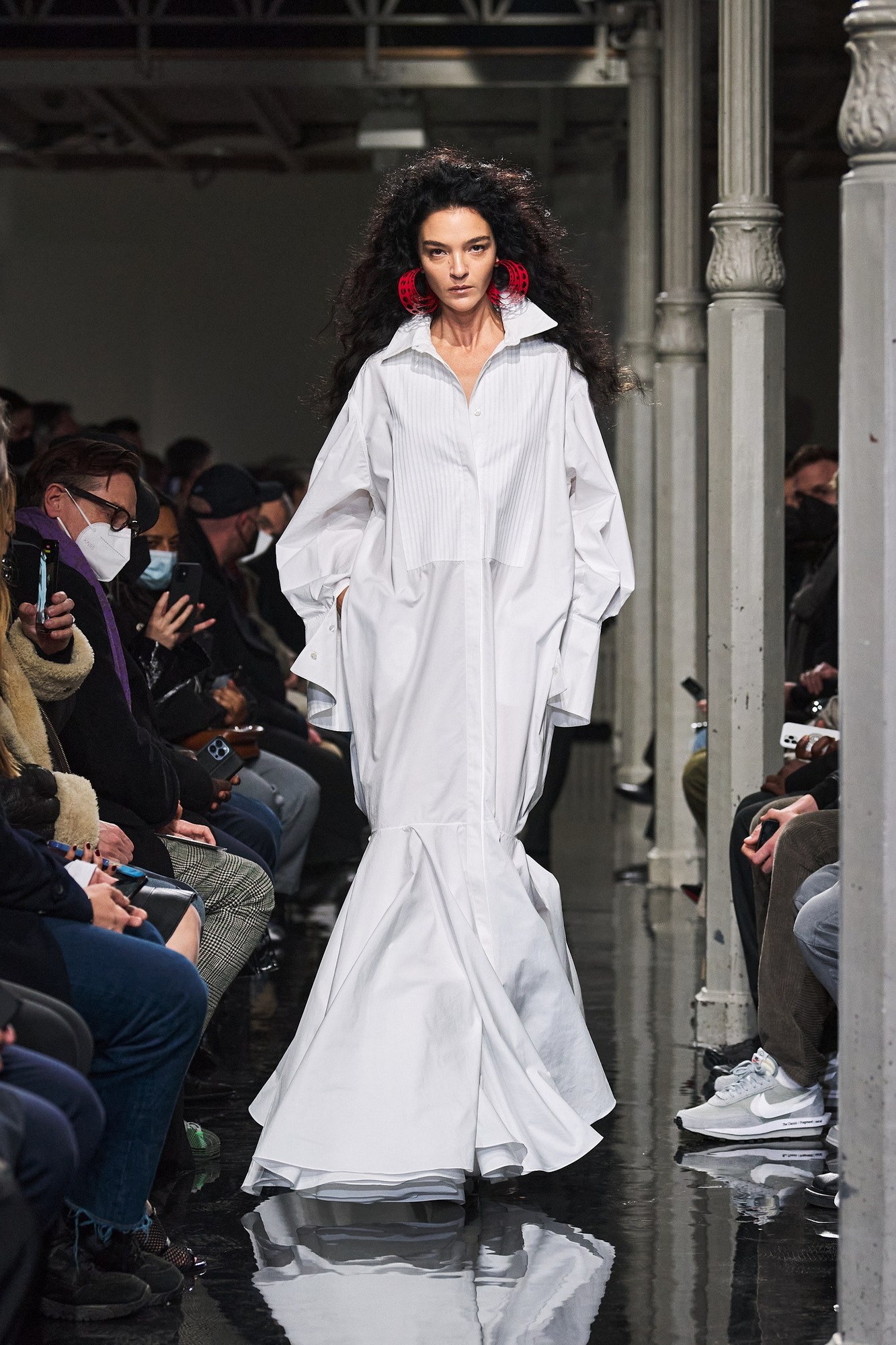
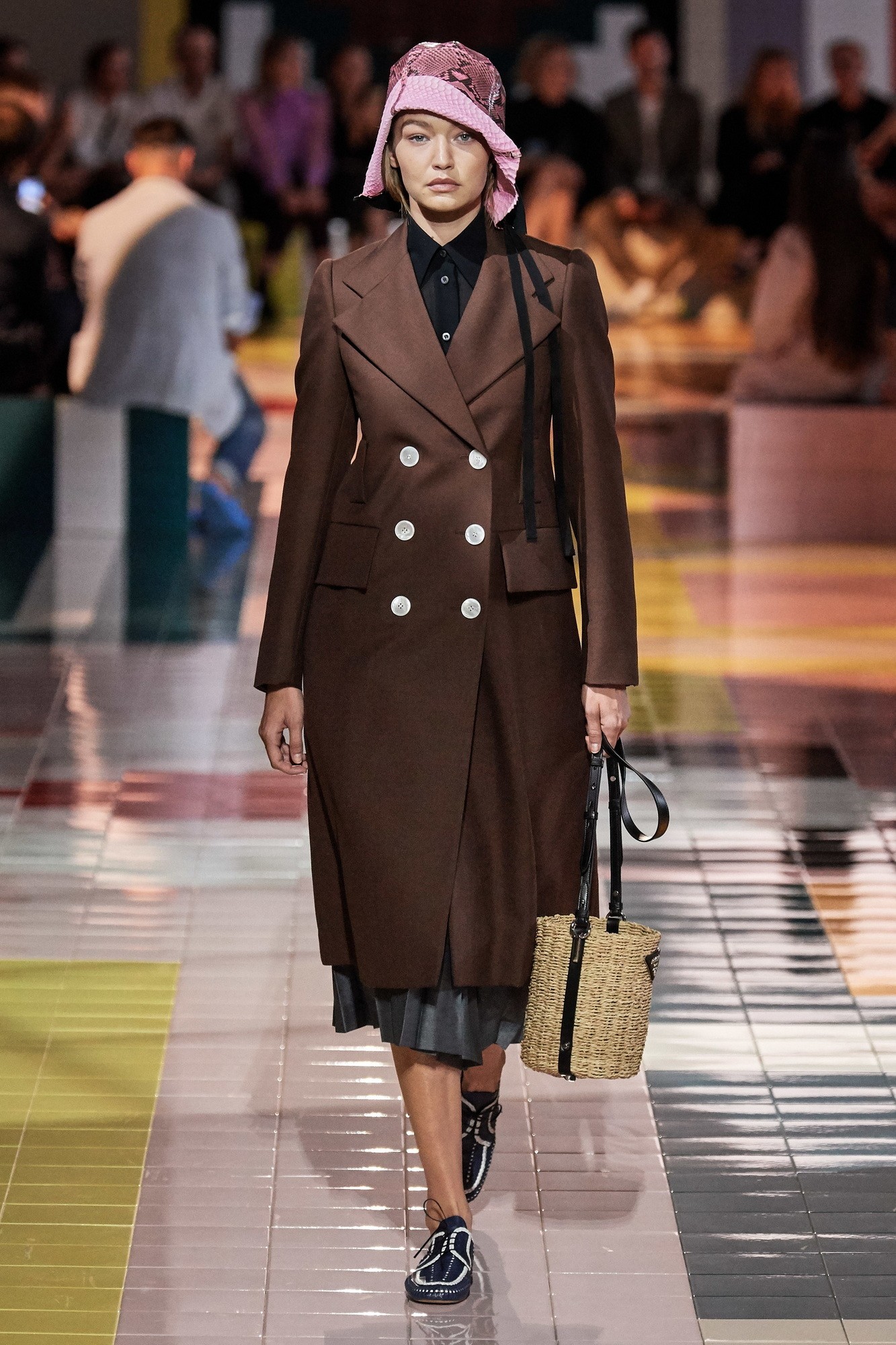
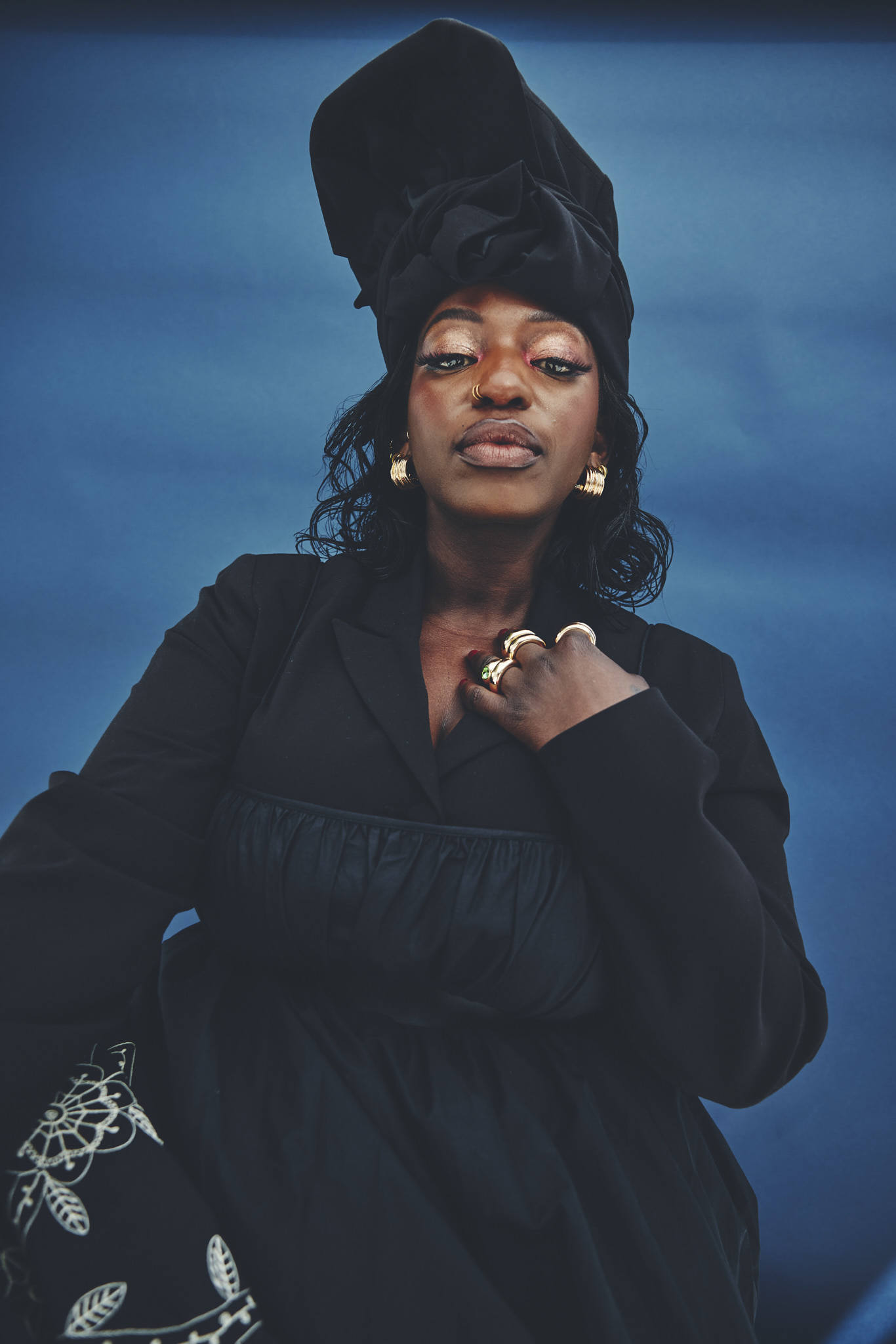




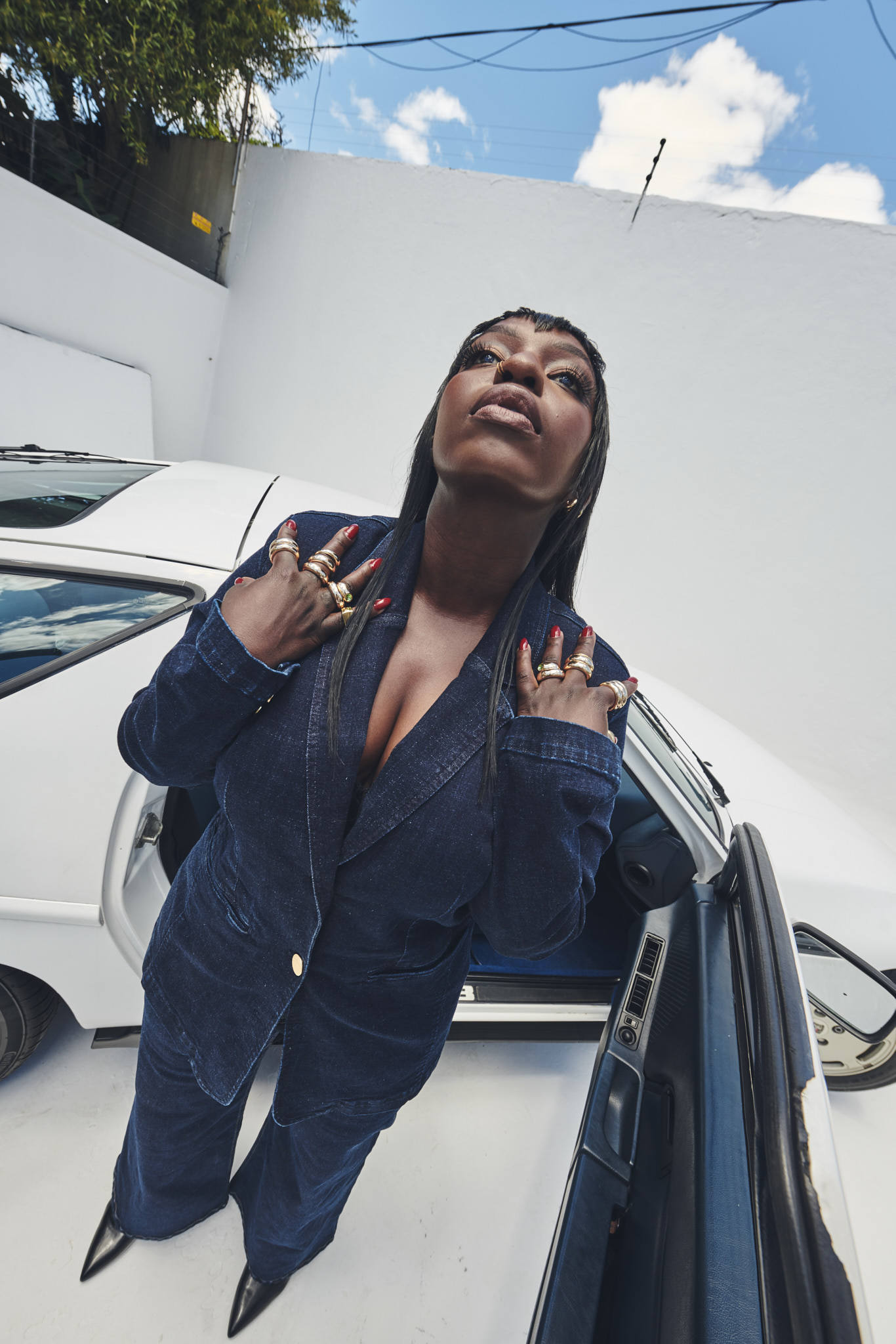

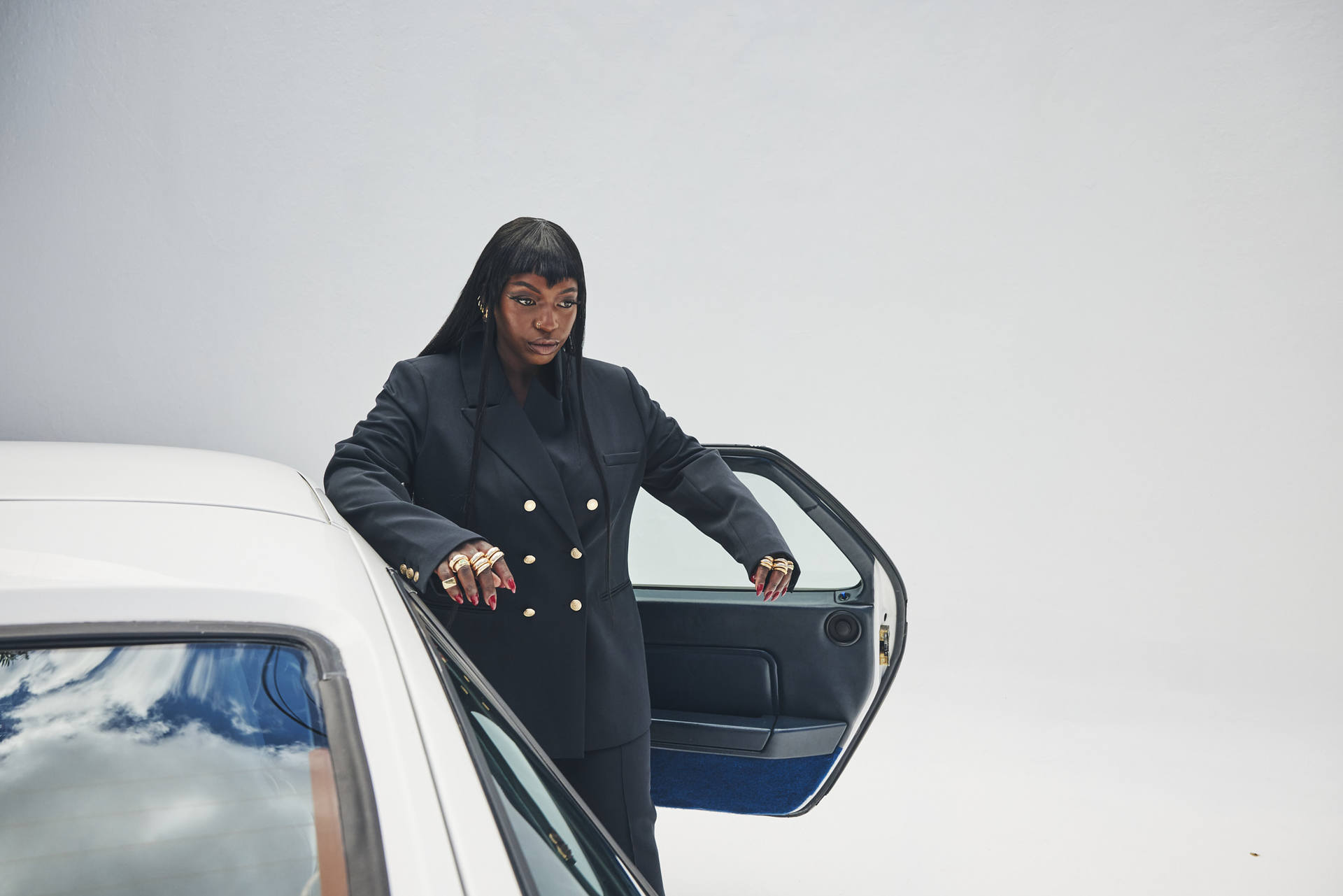
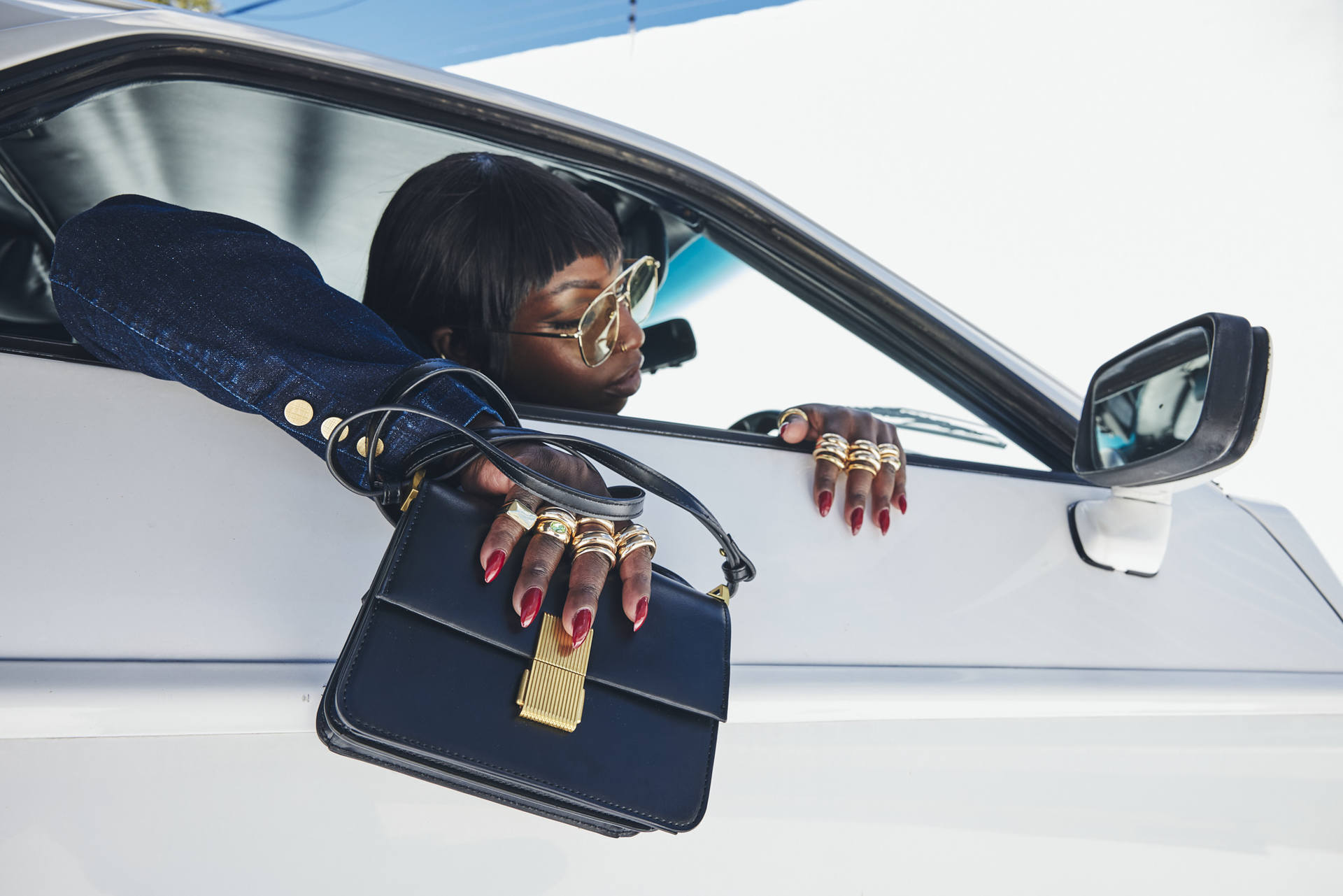
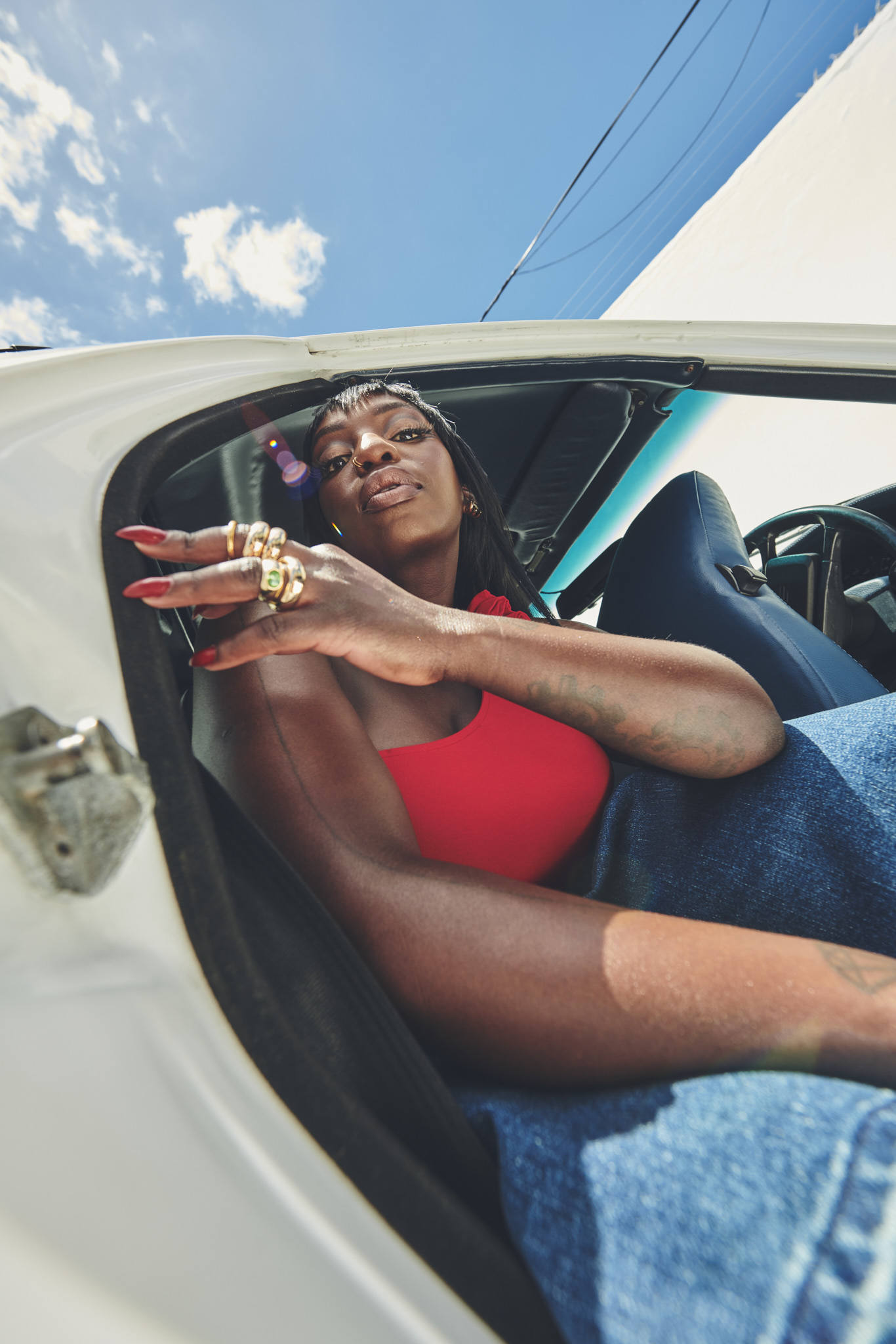
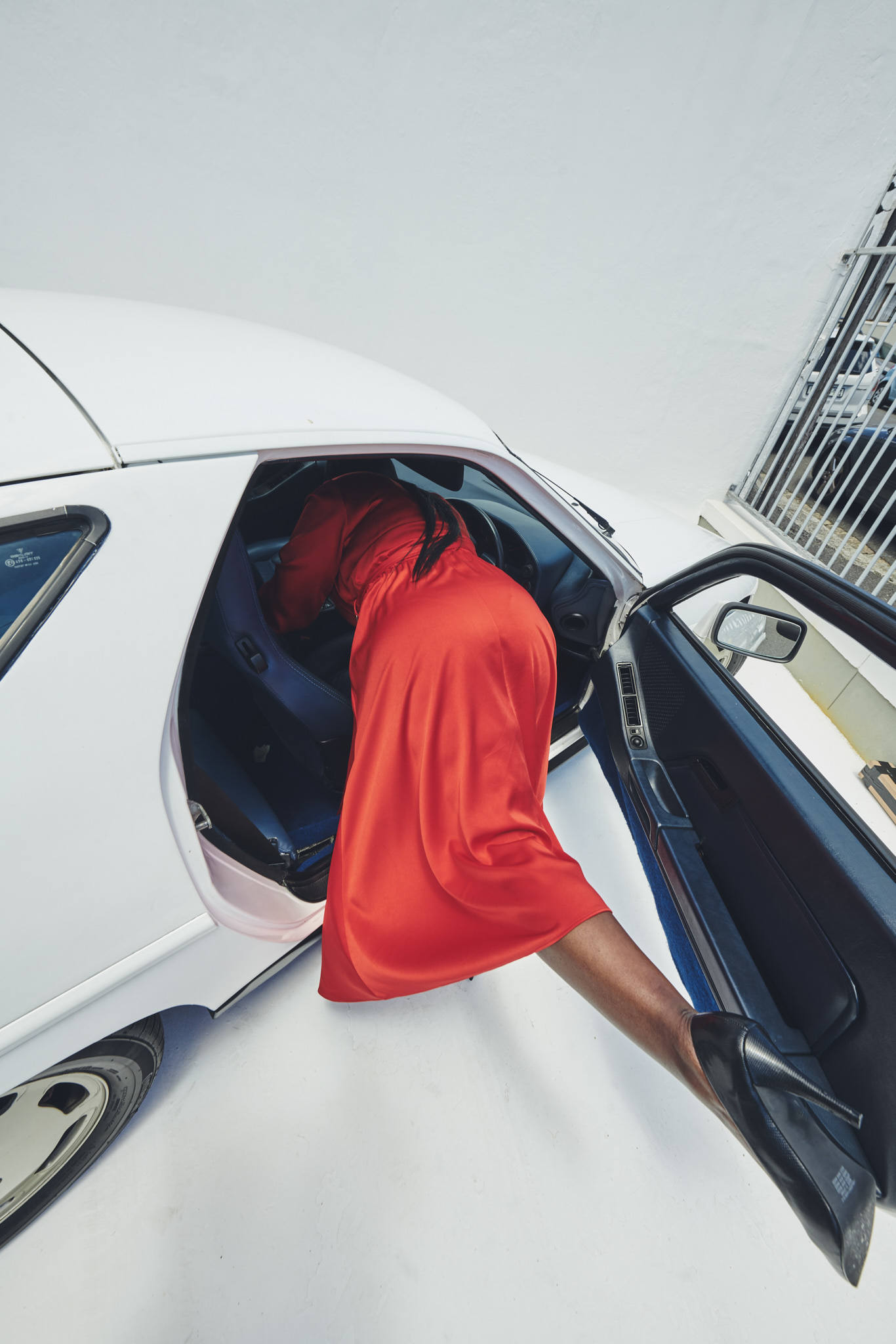

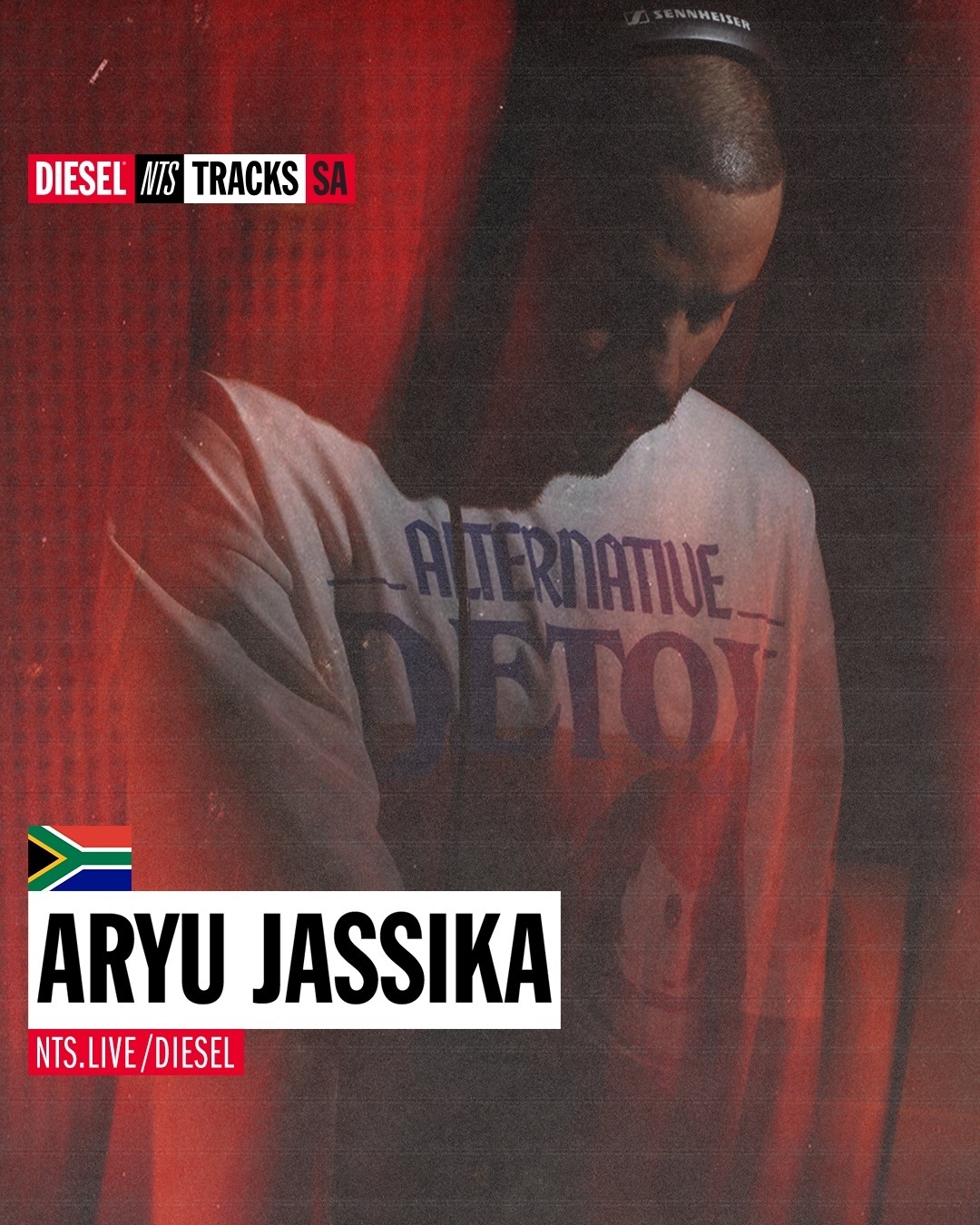
Recent Comments